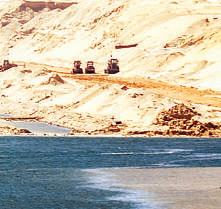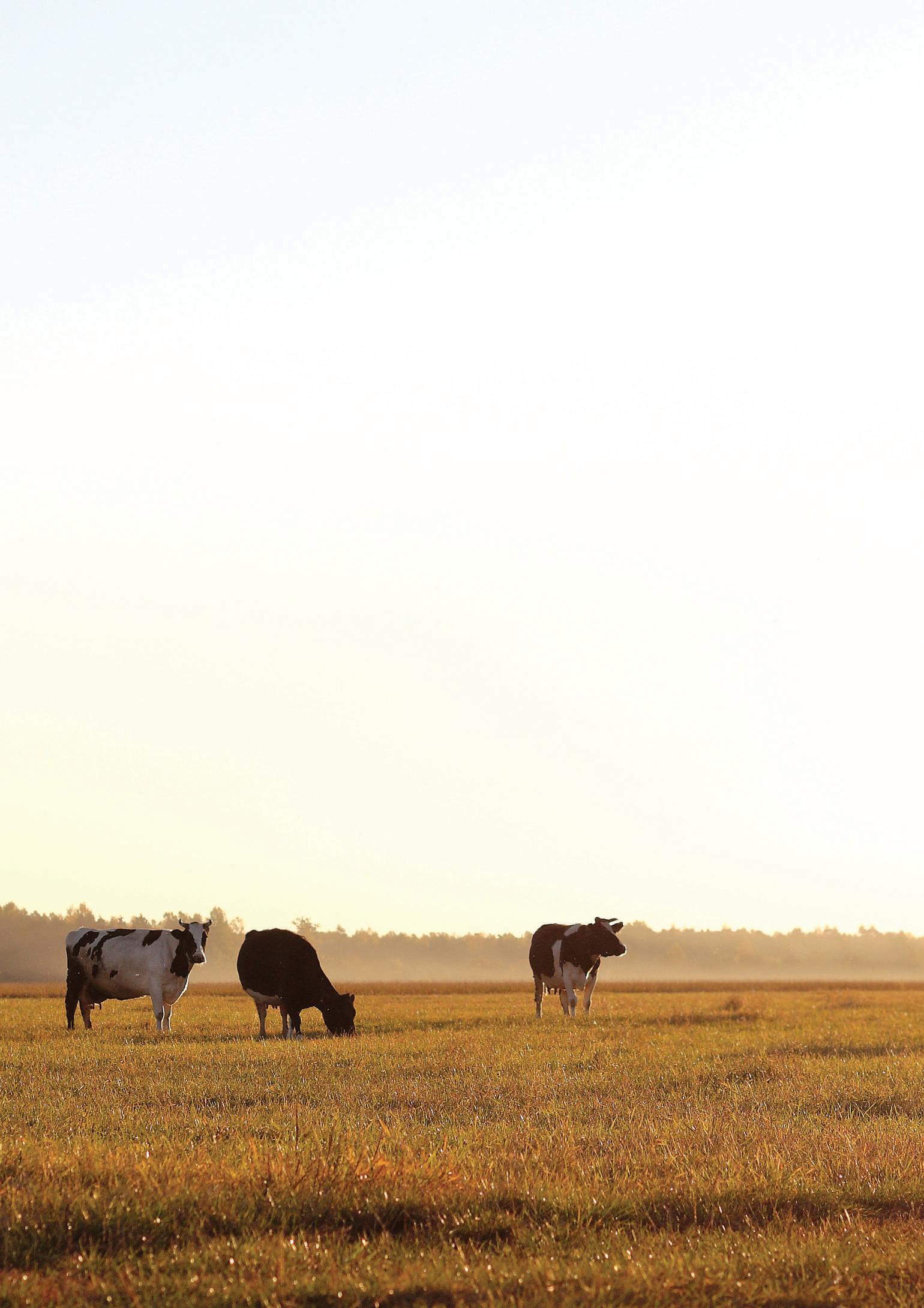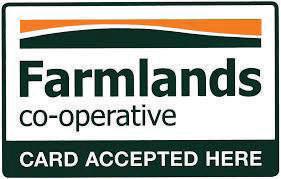










A report by Our Land and Water National Science Challenge, titled Why Pines?, has found conversions from farmland to forestry improve freshwater quality,but they could have a huge impact on rural communities.
Read the full story on page 6.
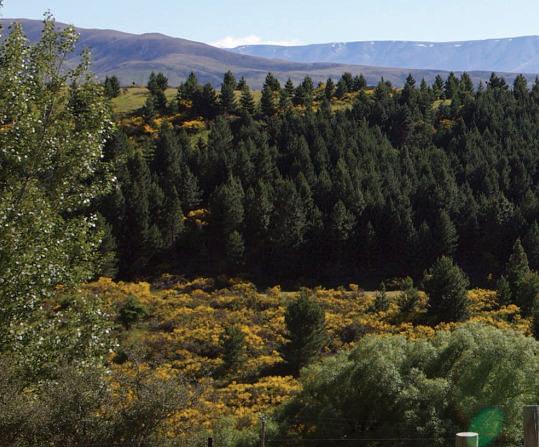


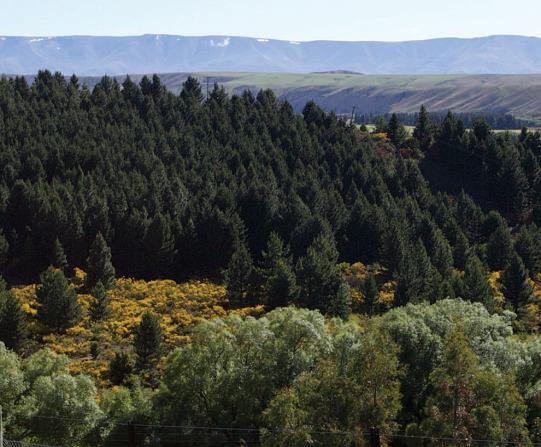

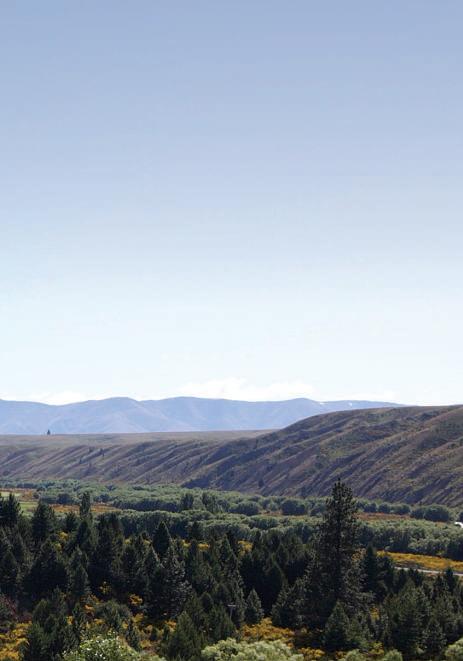
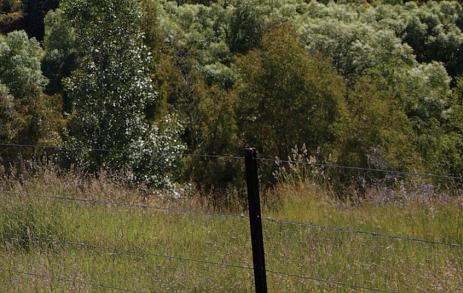
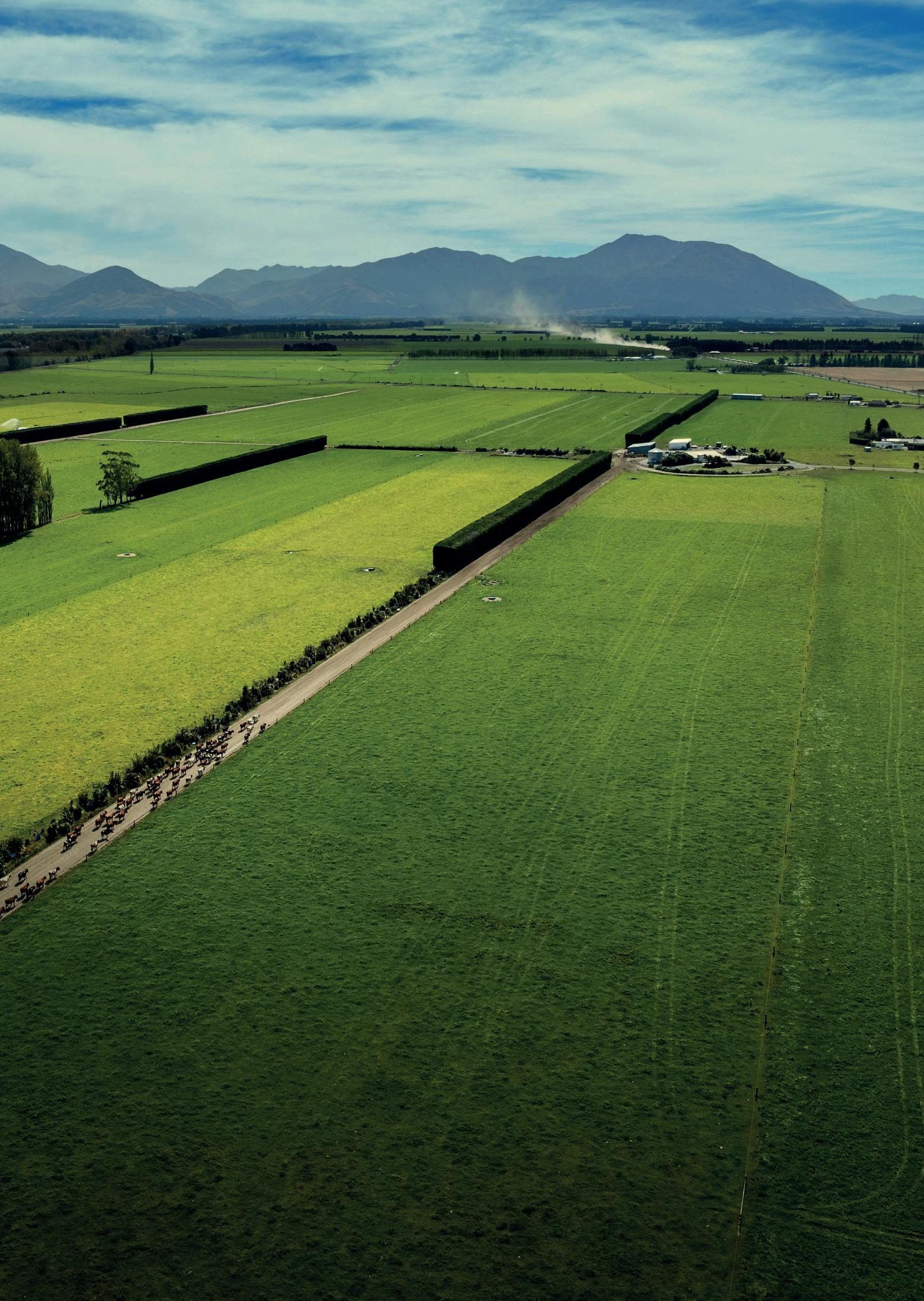
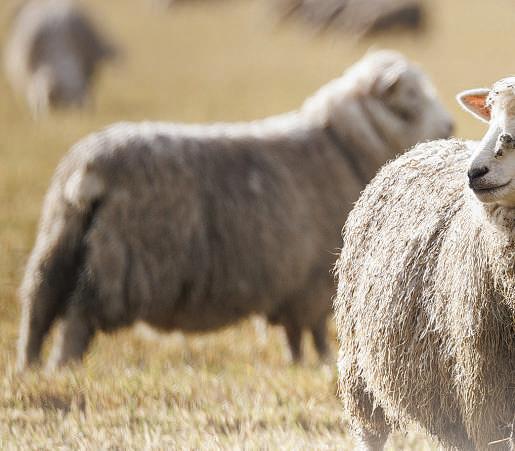
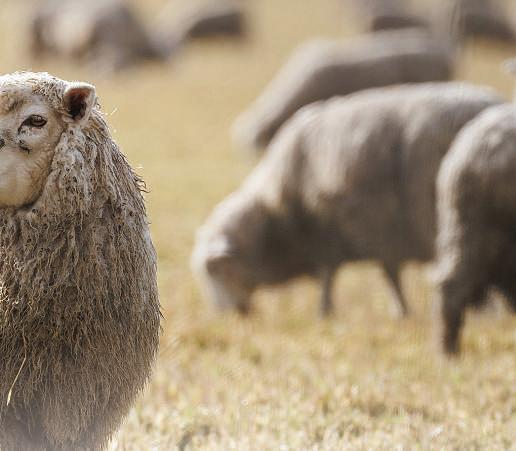
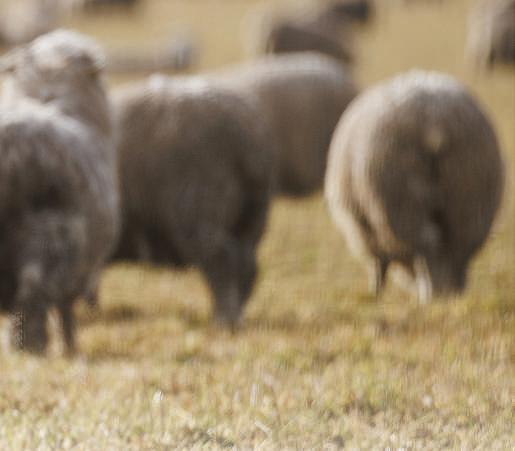
Sheep and cattle numbers are down as carbon forestry, drought and low prices continue to impact the sector
Beef + Lamb New Zealand (B+LNZ ) has released its annual Stock Number Survey, showing a notable decline in both sheep and cattle numbers as of June 30
The reduction follows significant decreases in the past couple of years. While the primary driver in recent times has been land use change as a result of the conversion of sheep and beef farms into forestry, this year’s primary driver was drought in key sheep and beef regions.
Drought has seen farmers needing to de-stock, and has affected the outlook for lamb production for the coming season.
Sheep numbers are estimated to have decreased by 4.3%, down to 23.31 million, with breeding ewe numbers falling by 2.9% and trading sheep stock numbers by 7.9%.
Farmers sought to maintain their breeding ewes and decreased their trading stock more
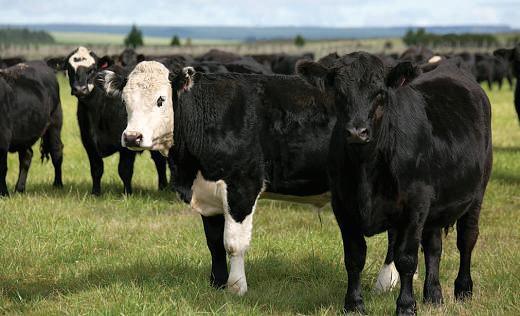
The decline in ewes and a lower expected lambing percentage, also caused by drought, means the lamb crop is anticipated to decrease by 4.8% (970,000 head) on last year.
Beef cattle numbers are down 2.8% overall, most significantly in the South Island, where drought led to a 7.1% decrease, while the North Island is relatively steady, down 0.8%.
"This year has been particularly tough for sheep and beef farmers,” says B+LNZ chairperson Kate Acland.
“The combination of drought across many parts of the country, high costs and low sheep prices has put immense pressure
Above:ThelatestStock NumberSurveyfrom Beef+LambNewZealand hasshownasignificant decreaseinstocknumbers, whichhasbeenattributed todrought
ALDEN WILLIAMS/THE PRESS
Left:Beefcattlearedown 7.1%intheSouthIsland, butoverallnumbershave fallen2.8%
on farmers with many having to sell off capital livestock not only due to drought, but for cashflow reasons. This will not only affect their income this year but will also have long-term implications for future profitability.”
The report indicates that while there may be a partial rebuild of stock numbers in some regions in the coming season, the full recovery of sheep numbers to pre-drought levels is unlikely, due to ongoing land use change into carbon forestry. The number of beef cattle may recover more quickly, as beef prices have remained strong, and farmers have been switching from sheep to cattle.
The early destocking, lower stock numbers overall and current desire to rebuild livestock (in regions affected by adverse weather events) is contributing to a shortage of animals available for processing.
This is exacerbated by lower bull numbers due to fewer calves being reared two years ago, when profit margins were low.
Acland says the challenges of the last few years are likely to have wide-ranging and lasting repercussions.
"The long-term decline in stock numbers is concerning. It directly impacts the ongoing sustainability of farming and rural communities.
“Our sector is an economic powerhouse, generating significant export revenue and supporting the livelihoods of thousands of Kiwis across the country, so these impacts will be felt by the whole economy.”
Acland says B+LNZ has recently strengthened its strategic focus to sit more strongly behind the farm gate, focusing on issues that farmers can control that directly affect productivity and profitability.
“While current conditions are tough, the medium-term outlook remains positive. We’ve weathered downturns before, and I remain optimistic about the future Worldwide demand for high-quality, sustainably produced protein is growing.”
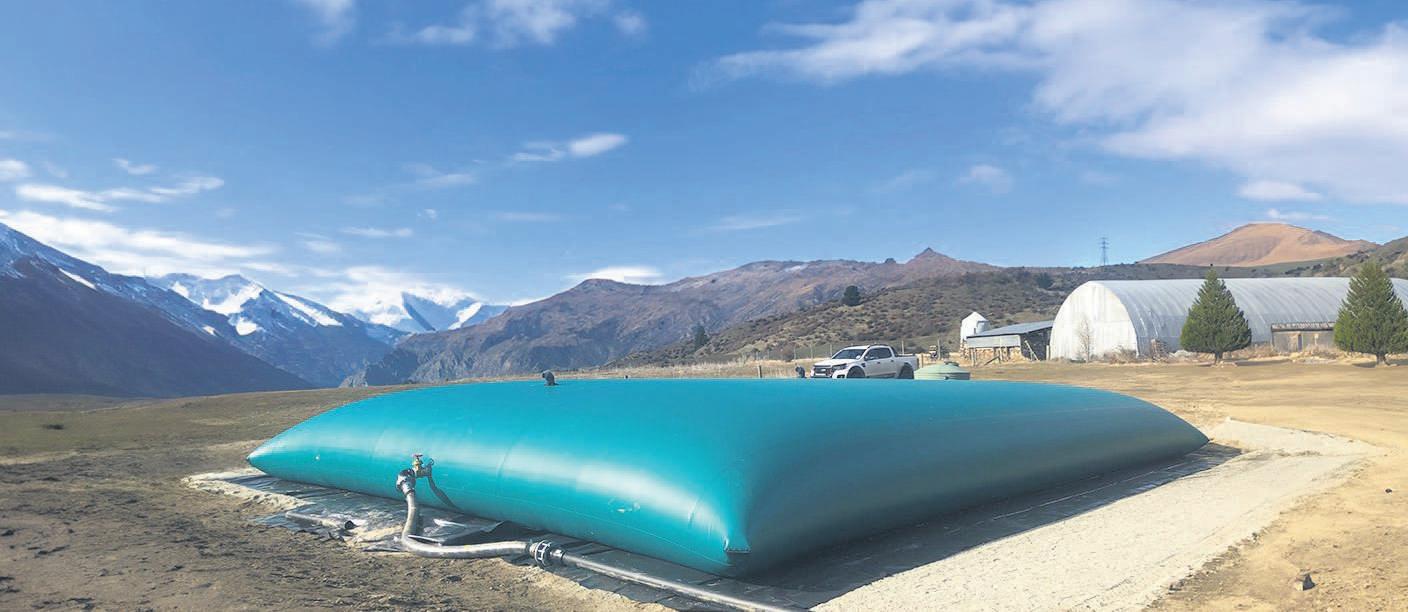

15
17
20
Huhu
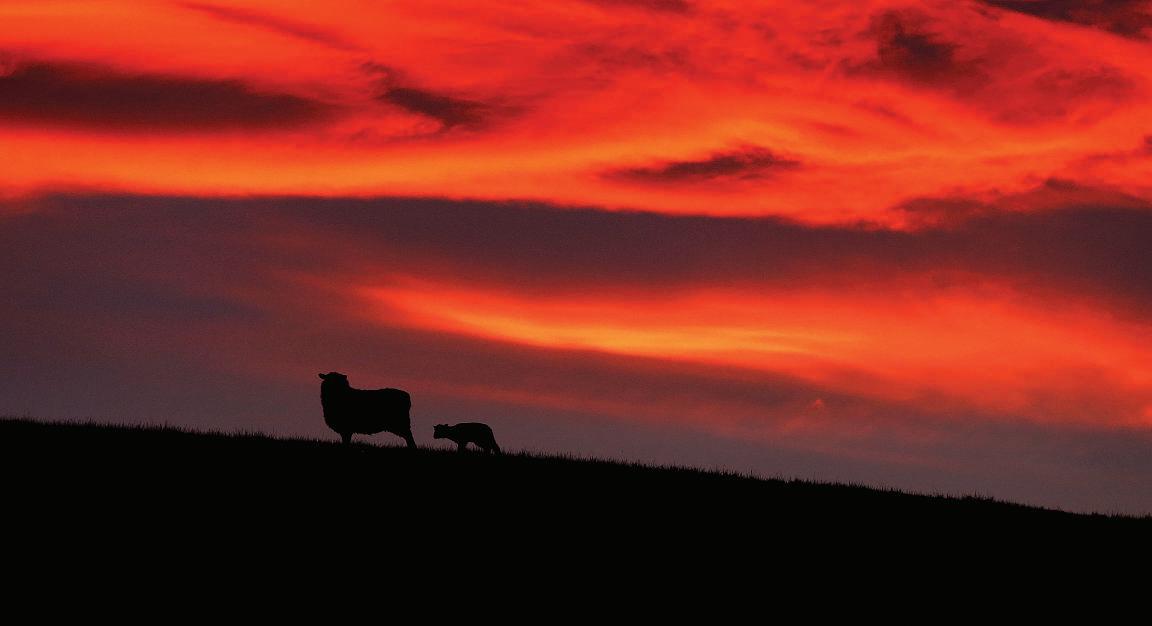

The sheep and beef sector is our second largest goods export earner, but in recent years, it has been squeezed by forestry taking advantage of the downturn in the red meat sector.
It’s no secret farmers are grappling with low returns, and many will make a loss this season. Both the recently released Stock Survey from Beef + Lamb New Zealand (B+LNZ) and the Why Pines? report from Our Land and Water paint another grim picture for the sector.
Drought is the driver for the reported lower stock numbers, particularly in the South Island, where the drop is greatest.
The Why Pines? report summarises four recently completed research programmes on future land use change, which found conversions from farmland to forestry could lead to healthier freshwater. Great idea so far.
would come at a huge cost, especially to rural communities
The impact on rural communities will be immense as the population in these areas would likely decrease as forestry blocks don’t need to employ staff in the same way a sheep farm does
This has the flow-on effect of decreasing services in areas that are already struggling. Rural GPs and health services are just one example that springs to mind. Another is schools As families with young children move away to find employment, school rolls could decrease substantially. What school will remain open for a handful of children? Would it even remain financially viable for them to do so? Probably not. We have already seen a large of number of rural schools close in recent years due to declining rolls and no new enrolments in the foreseeable future. These children now have to spend more time travelling to school. Alternatively, the burden is placed on parents.
attraction in converting to forestry.
A plant-and-walk-away type of business. But can you sustain having no income from that land for the time it takes for the trees to mature for harvest? And converting should also come with a warning: It’s easy to convert and plant trees, but it might not be quite so easy to go back to pastoral farming. So if it’s an option for some, it is not a decision to be taken lightly.
At the end of the day, the bottom line is what counts in farming, but converting huge parcels of productive land to forestry will come at a cost to everyone including consumers. Is this a cost that we as a country can bear and is this really what we want for our land?
Get in touch with us at nzfarmer@stuff.co.nz
Kate Boreham 021 279 5361
kate.boreham@stuff.co.nz
Our Land and Water anticipated the research would provide examples of how we can reach our water quality ambitions through diversifying a proportion of farmland used for pastoral farming to forestry. However, what it showed was that a far greater proportion of productive land would need to go into forestry to achieve our water quality targets
As I said, it is a great idea, but the fact is converting productive land into forestry
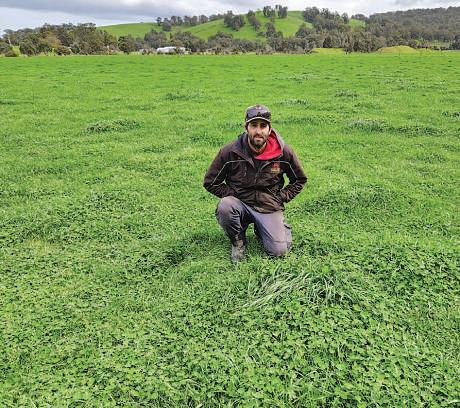

It’s a snowball effect. People leave, services close or are reduced and businesses shut up shop as they can no longer be financially sustainable, in turn leaving those rural communities feeling even more isolated.
And as we know, sheep and beef farmers are doing it tough whereas forestry is making a lot of money right now due to higher demand. So for those farmers fed up with low prices for the meat and wool, they probably do see the

“
At the end of the day, the bottom line is what counts in farming.




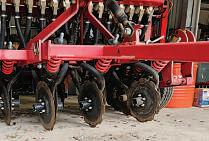
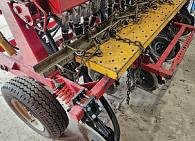
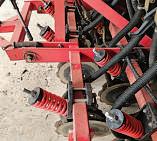
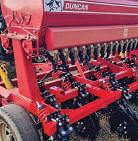






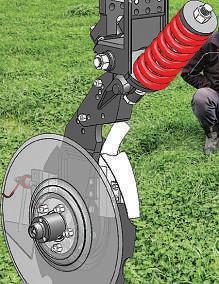



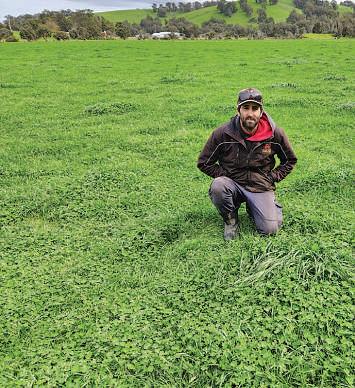
Kia ora. I read your article, Live exports at sea making a comeback I was struck by the way in which you only present one point of view, in contravention of journalistic ethics and Media Council rulings.
I would be grateful if you could publish the following points in rebuttal.
In your article, you mention ‘gold standard’ ships. These do not exist.
Veterinarians on the ships have reported cases of animals being cooked in the heat, thrown around and suffering broken legs and other damage [1, 2] It was a submission by a vet who submitted anonymously (which tells you something in itself) to the select committee, which triggered at least one of the committee members into voting for a ban.
Your article makes a point that the tragic loss of life of the Gulf Livestock coffin ship could equally have happened had it been transporting anything else This is not true A Guardian article from 2020 points out that livestock ships are 50% more likely to be lost than other types of shipping [2]. This is because of uncaring attitudes the industry has for both the animals and the human crew. Gulf Livestock 1 was a disaster waiting to happen. It was an unseaworthy hulk that should not have been allowed to sail on Lake Pupuke, let alone the high seas
Even if animals could be kept in individual air conditioned cabins like Icon of the High Seas for animals, this would not prevent the cruelty they experience at the other end.
China has no protections for animals under legislation at all. Once the cows have reached their use-by date, they will be slaughtered in hideous cruelty.
Stock handler Doug Ellis testified at the select committee hearing. This tough Kiwi bloke was literally in tears as he recounted the shocking way the Chinese handlers were treating the cows that were unloaded from the ship. Just the start of their living hell.
If you publish these refutations to your one-sided article, then I will not consider any necessity to make a formal complaint to the Media Council.
Dr Michael Morris, Auckland mayoral candidate 2022 for Animal Justice Auckland, Founder: Animal Justice Party Aotearoa NZ, Environmental policy planner.
References available on request
A note from the editor
We have carefully considered the points made in this letter by Dr Morris. We do not believe the points he has made to be pertinent to the story printed on page 3 of the July issue of NZ Farmer.
The references he has supplied are Australian references and do not relate to New Zealand Animal Welfare standards or New Zealand exports of live cattle.
The writer has asked for his letter to be published to redress the alleged imbalance.
We include the following information from Northland beef farmer Colin Hannah.
The sooner the New Zealand Government gives the green light to re-start live cattle exports the better.
There is high demand globally for quality 15- to 20-month dairy replacement heifers and dairy beef heifers and steers, particularly from New Zealand because of
our relatively disease-free status
In New Zealand, we have more than two million surplus calves a year from our dairy farms and we simply do not have enough land in grass to graze these cattle.
Furthermore, Fonterra’s edict specifying no on-farm disposal of non-replacement calves has created a major dilemma for dairy farmers due to a combination of animal welfare legislated requirements in time allowed for the transportation to the nearest processing plant This is further exacerbated in Northland, where freezing works no longer process non-replacement calves
New rules around feeding and age requirements before processing often stretch resources on farm in the busiest time of the year, leaving farmers with limited solutions to make the problem go away, made worse by challenges in finding reliable farm workers with skills.
The only option a farmer has is to sell these calves to a rearer – if they can find someone to take them on. However, that is not easy, given the huge market variability in demand at this age and the product cost and time factors for the rearer.
The fact is most only require between 10 and 25% of female calves for herd replacements. The remaining offspring need to find a new home.
Specialist vessels are available for transportation, rather than refitted ships – many of which were old rust buckets
Newvessels are temperature-controlled to manage build-up of ammonia which can cause respiratory problems and even death.
In fact, the stock transport ships are like the equivalent of flying business class today, with the cattle monitored 24 hours a day while moving from one country to another
Cattle are prepared for these journeys in specialised feed lots to adjust the rumen to different feed types required for the voyage, to avoid upset stomachs caused by conditions such as acidosis
They also go through an array of tests for biosecurity purposes prior to leaving and the quarantine process usually sorts out animals that don’t adjust to the new regime.
The animals are vaccinated to prevent diseases being spread and to avoid catching a disease which they have not been exposed to in New Zealand.
It is worth remembering that the staff who look after these animals are highly qualified and actually care about the wellbeing of the cattle. A veterinarian also accompanies the animals during the transport process.
The benefit to the communityfrom farm to cityfinanciallyis high.Everydollarrecovered through a sale of these cattle will circulate from five to seven times through the community. This creates employment, and allows the training of local people in apprenticeships in a raft of trades in the community.
Livecattleexportingisano-brainerforNew Zealand to get us out of our current dilemma. The quality of our animals gives peace-ofmind for the other countries buying them because our cattle will produce more milk or growmore beeffora given input offeed.They are more efficient,more productive and environmentally friendly.
This is absolutely necessary for a world that is short of food and water. Without these basics, the world becomes a very unstable place just around the basic instincts for survival. For world peace, the necessary components are food and water. This is part of that process.
Colin Hannah, Northland beef farmer




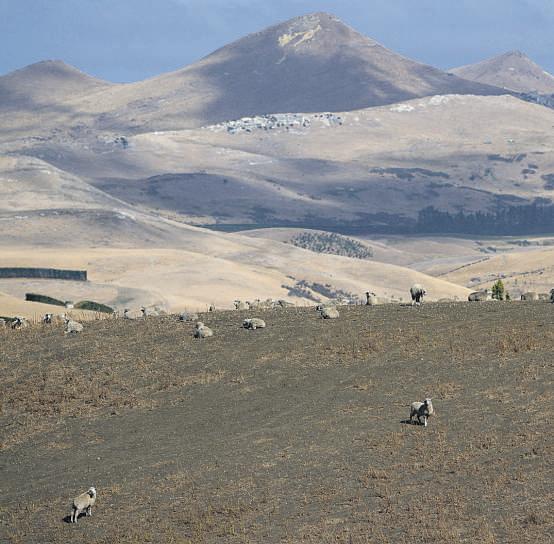







recent years, the

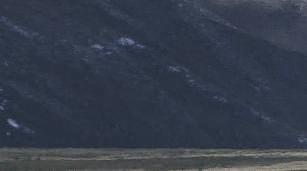


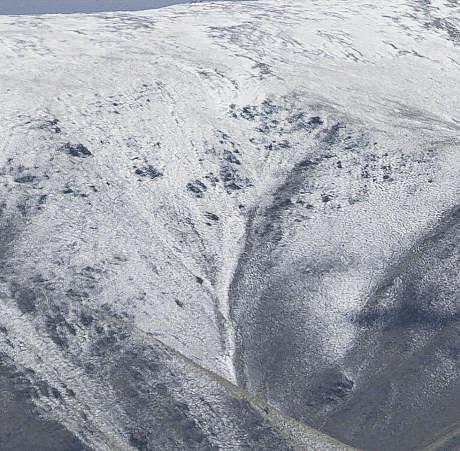
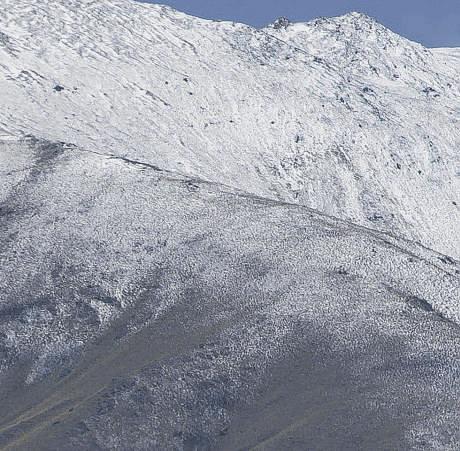

Unless our land-use policies improve, more rural land could be covered in pines, and sheep and cattle numbers will decline, scientists say.


By Eve Hyslop and Madeleine Powers.


‘at


Rural communities will be “hollowed out” and beef and sheep farmland planted with pines unless our policies take a turn for the better, scientists warn.
A report by Our Land and Water National Science Challenge, titled Why Pines?, summarised four recently completed research programmes on future land use change.
It found that conversions from farmland to forestry were being driven by the opportunity to improve freshwater quality, attractive carbon pricing credits and a troubled economy for sheep and beef farmers.
Co-authors Dr Jenny Webster-Brown and Dr Bill Kaye-Blake say while the results indicated pine trees could be a solution for healthier freshwater at first glance, the impact on rural communities should be considered, and that government policies need to change.
“We have confidence that that transition would improve our freshwater, it’s just, at what cost? That cost may be way too high for New Zealanders in general,” Webster-Brown says.
The social dynamic of rural communities would be changed “hugely”, Webster-Brown says, if the bait of carbon credits continued to lure sheep and beef farmers.
“Certainly, rural communities see this as a major threat that they will be hollowed out effectively, if not displaced completely, as populations have to depart the area because it will certainly impact on the
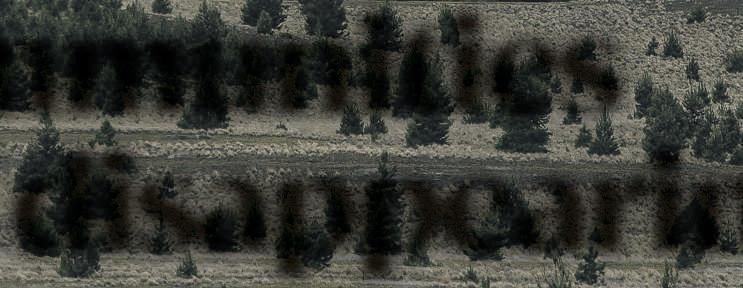

“
Cockies are afraid to be ‘the last farmer left on the road, surrounded by trees’.
Waikato farmer Jon Sherlock
viability of rural communities. Growing pine forests is not the employer that an active beef and sheep farm is.”
A struggling sheep and beef economy had been surpassed by the forestry market, as timber and log products and carbon credits offer high prices.
“Forestry is making a lot of money because there’s a good demand for products. On the other side, sheep and beef are struggling. In particular, we can look at wool where the cost of shearing sheep is almost greater than the value of the wool clip that you get from those sheep,” Kaye-Blake says.
Federated Farmers says it reads like a “horror story” and one Waikato farmer, Jon Sherlock, says cockies are afraid to be “the last farmer left on the road, surrounded by trees”.
However, he plans to boost income
by converting steep terrain and farming around it
“The study makes it very clear that under the current policy settings, we will continue to see millions of hectares of productive farmland plastered in plantation pine trees,“ Federated Farmers meat and wool chairperson Toby Williams says. “There simply has to be a better way.”
Immense pressure had been put on sheep and beef farmers who have dealt with drought, high costs and low sheep prices recently, Kate Acland chairperson for Beef + Lamb New Zealand (B+LNZ) says.
“Farmers are facing tough decisions on their farms, with many having to sell off capital livestock not only due to drought, but for cashflow reasons. This will not only affect their income this year, but will also have long-term implications for future profitability.”
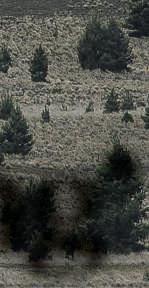


In recent years, the conversion of sheep and beef farmland to forestry had been the largest influence on a downturn in sheep and cattle numbers according to B+LNZ.

While drought had been the key driver year, forestry continued to make a lasting impact.
“Sheep numbers are estimated to have decreased by 4.3%, down to 23.31 million Beef cattle numbers are down 2.8% overall, most significantly in the South Island,” B+LNZ reported.
Freshwater management bottom lines were unrealistic and unworkable, Williams says.
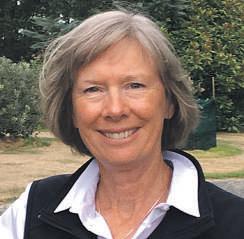
As New Zealand’s second largest goods export earner, the sheep and beef sector plays a crucial role in the economy.
“Our sector is an economic powerhouse, generating significant export revenue and supporting the livelihoods of thousands of Kiwis across the country, so these impacts will be felt by the whole economy,” Acland says.
They featured in a component of the report’s modelling –whether sheep and beef farms could be profitable and keep under limits for sediment, nitrogen and phosphorous.
Kaye-Blake says they can’t in some areas, even if farmers do things like riparian planting, reducing fertiliser use and retiring erosion-prone paddocks.
At least, not without converting some of their farm to pines, that is.
Pine plantations produce less nutrient run-off, less sediment run-off (except during harvest), and less E coli bacteria, while carbon forests that are not harvested avoid sediment run-off completely, and they absorb carbon.
Astrong timber and log market has out-competed the sheepand beef sector, whichisbattlingwithhigh costs and low incomes.
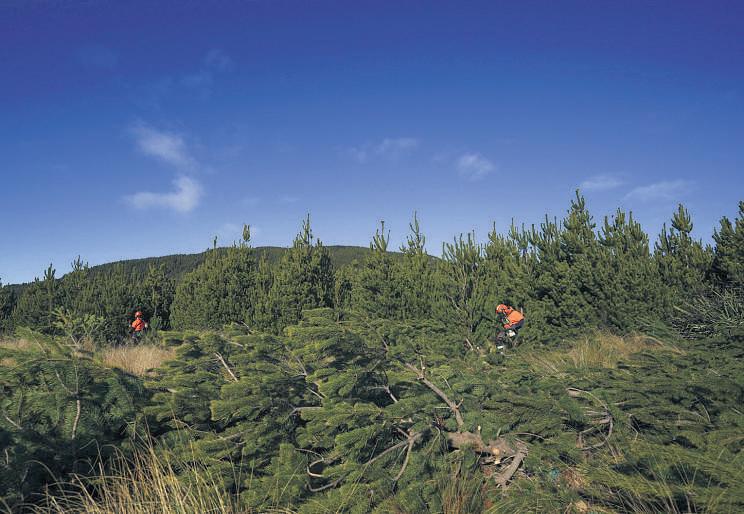
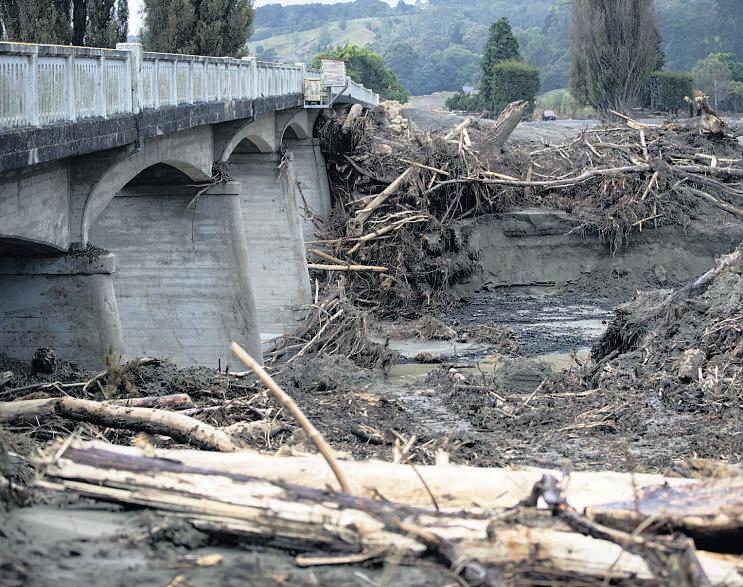
Because theresearch sought to find whet theconversionof farmland to forestry would improve fresh water,the modelling did not takebiodiversity into account.
This meant the negative impactsof forestry, such as slash debris, fire risks and sediment run-off from harvesting, were notconsidered, andneither were th benefitsofsheep an farming, Kaye-Blake says.
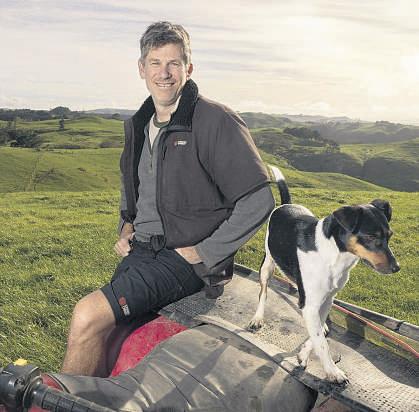
The land-use change is already underway, withmany farmers choosing to sell theirfarms for conversion to forestrybecause it’s the most profitable andpractical decision.
Jon Sherlock says the Governmentneeds to take more of a ‘carrot’ thana ‘stick’ approach to improving environmental outcomes on farms.
Sherlockisa sheep and beef farmer in the northwest Waikato, andowner of Waingaro, a1100-hectaresteep hillcountryfarm.
He says farmers face two scary scenarios, either being “the last farmer left on the road, surrounded by trees”, or having their farms continue to make a loss.
Converting some farmland to forestry couldhelponboth fronts, and improve environmental outcomes.
“I’dencourage farmers to look at that as an incentive.”
Sherlockisconverting the steepest partsofhis farm to forestry, and putting some small pocketsintoexotics for carbon credits
He will farm beef on some of the better areas, andexpects the mixed land-use approach to double his farm income.
Sherlocksays farmers need assurance that converting to pineswill remain profitable, to encourage them.
low, input sts are high and ates are high.” says farmers are treceptive to new vironmental regulations whenin “survival mode”.
“Ofcourseyou’re going to get mad and get angry You’re trying to get financially sustainable, let alone environmentally.”
He says most farmers knowwater quality needs to improve, emissionsneed to reduced, buthesaysthe government needs to incentivise peopletochange.
He wantsa focus on positive reinforcement,and says catchment groups funded by regional councils could help to create the change.
Sherlock is part of the West Waikato catchment group, which launched on Saturday He says change happens quickly whenthere’s afinancial incentive–for example, meat assurance programmes could pay farmers an incentive for meeting environmental standards outlined in onefarm plan. Such incentives were included as recommendations in the report,such as onefor nativeforestryand taonga species to be planted on erosion-prone land. Other suggestionsincluded improved policies and that the sheep and beef sector are given the right resources to meet freshwater targets,improvingviability
Webster-Brown says that although pine trees appear to be the best solution at firstglance, it is important to consider the inconsistencies in land useregulations


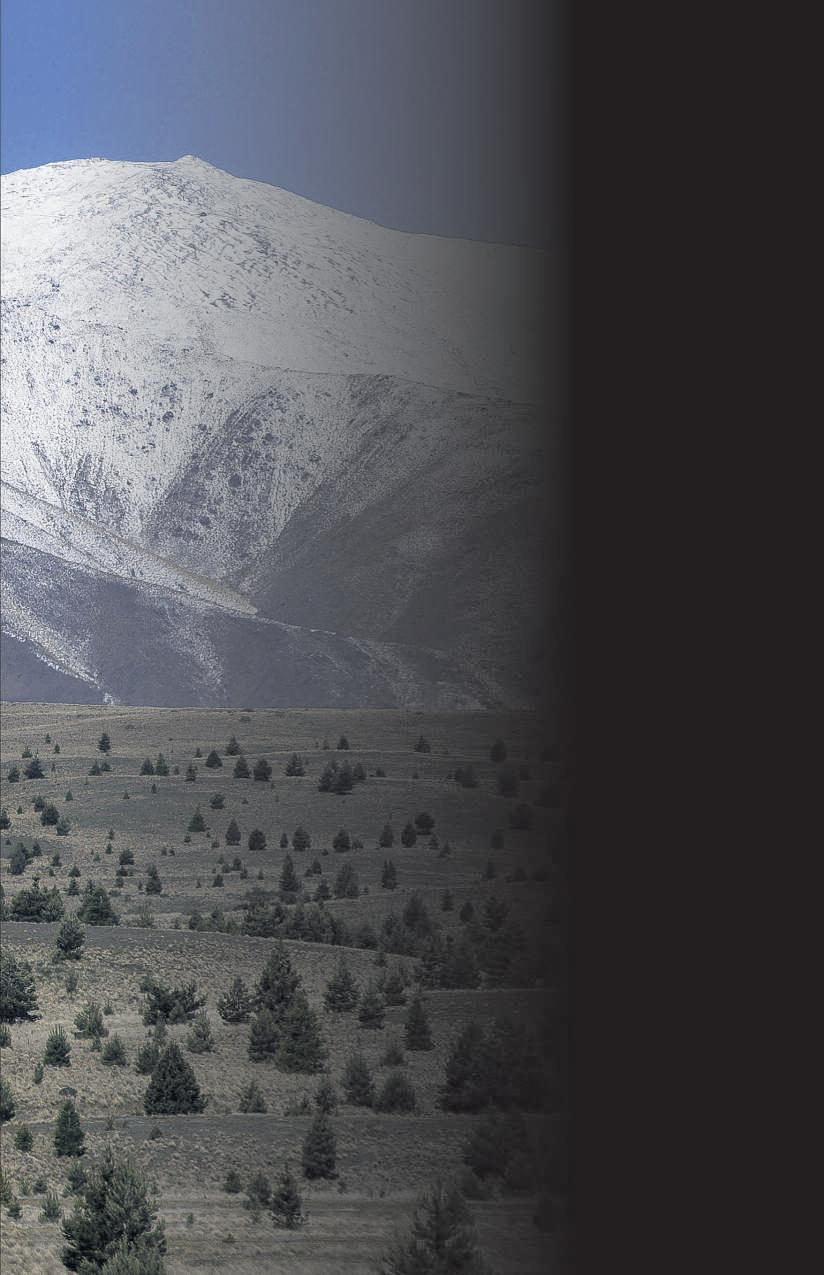

“The ETS [Emissions Trading Scheme] needs to be really strong,peopleneed confidence in it.”
Sherlocksays sheep farmers particularly have struggled to hopefor the futureduring recenteconomic challenges
“It’saperfect storm: Lamb prices are
“Thinkaboutthe reasonswhy modelling is alwaysdrivingusinthat direction. Modelling is notreality,it’s asimplificationofreality and it’s very much based on the assumptions and the input data and we’re saying that thereare problems with that and oneofthose major inputs are ourcurrent policy drivers.”
The OurLand and Water National Science Challenge is an initiative funded by the MinistryofBusiness, Innovation and Employment (MBIE).




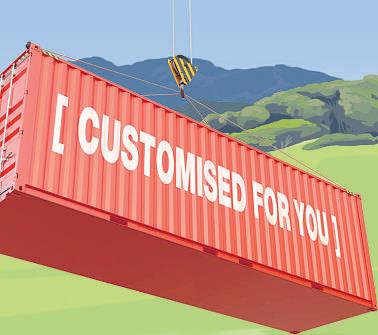
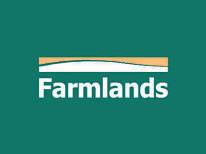
















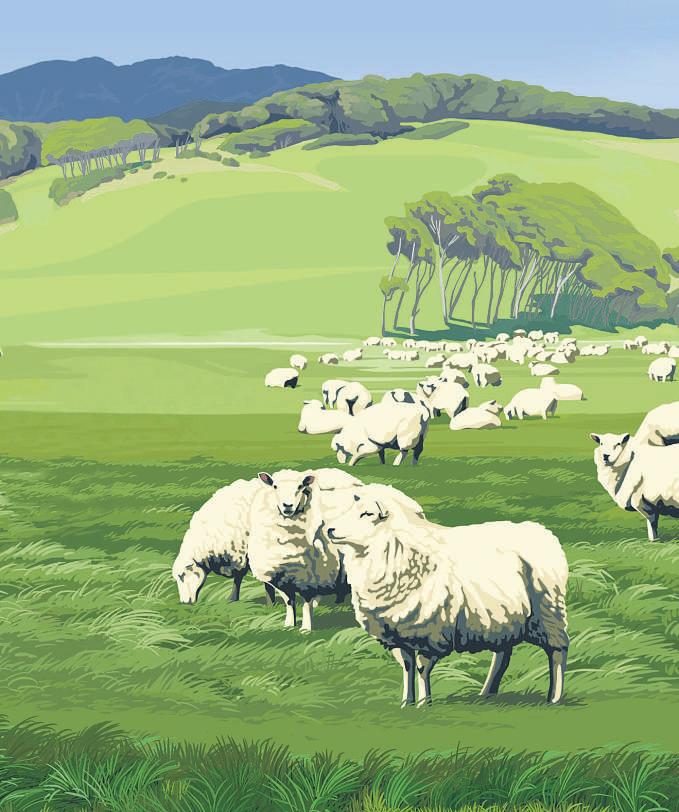
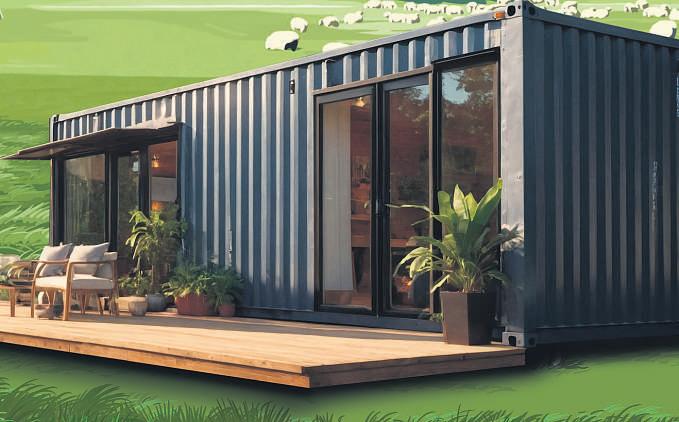






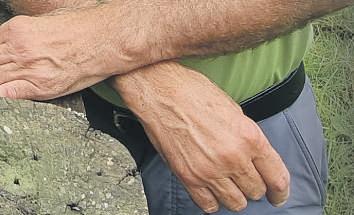
Many farmers may be applying phosphate unnecessarily writes owner and managing director of lime company Avoca, Bryce Manderson
Understanding the benefits of putting on lime is becoming increasingly critical to farming.
There needs to be a realisation around the importance of soil acidity and without getting pH levels to 6.2-6.3 by applying lime, full nutrient release is unachievable.
For example, farmers are wasting money by needlessly applying phosphate when there may already be ample in the soil but unavailable at low pH levels.
I reckon phosphate is being applied because it has become traditional practice stemming from the early days of farming in New Zealand when P was deficient, or because farmers are being given poor soil fertility advice.
In tough economic conditions, farmers should be questioning their advisers about the application of expensive fertilisers/phosphate.
The Olsen P test can indicate that plant available phosphate may be low due to the unavailability of P at low soil pHs But many people do not realise the test should be combined with a Total P and pH test to show whether there is
Business adviser Gordon Stuart, of Chaperon Financial Services, says to run a successful business, you need the right people with the right skills for the various roles.
In my last article I wrote: “The reason most business owners are unhappy is they have a lousy boss.”
Mention “governance” and many SME owners and farmers switch off Another hackneyed line is “you need to work on the business, not in it”.
So what does all this mean? Let’s start by looking at public companies, where there is clear separation of roles and responsibilities and most importantly accountability between that of shareholder, director, and chief executive.
This contrasts with small business owners and farmers, where they have to wear all the hats – that of shareholder, director and chief executive. Unfortunately, we often observe many spend most of the day with a firefighter’s hat on, and are often lonely as they can’t or don’t know how to share their burden. Put more simply the business owner is not held to account. Here are some steps to consider.
1. Governance is about developing a risk framework that is appropriate for your business so you can steer the ship – hopefully not like the Awatere. In determining your purpose and strategy – often the most important part is determining what you won’t do. It means putting your captain’s hat on to help guide the business or farm through uncharted waters, storms ahead, supply constraints or sharp changes in commodity prices. 2. Surround yourselves with good people
and the right culture – you need the right people on the bus in the right seats. There is no I in team. Great sports teams and coaches have plans A, B and C to overcome the different defensive and offensive tactics of the opposition. Likewise, most companies as a result of Covid-19 have contingency and disaster management plans so they can continue to operate.
3. Understand your blindspots – good salespeople often don’t make good sales managers. Likewise, I have yet to meet the man or women who could make something, sell it and collect the money. Many heads are better than one. This is why larger companies have a chief executive, chief financial officer, and chief operating officer – you need different skill sets for each role. For smaller businesses it is often more cost effective to outsource skill sets you don’t have.
4. Take time out. A holiday freshens the mind. Different people provide different perspective. In Wanaka as I write I have just seen how technology on a tractor enables a farmer to accurately measure dry matter being fed to cows, and Halter collars moving cows to different paddocks using GPS.
My favourite line on holiday came from a Hawkes Bay farmer: NEW ZEALAND IS NOW KNOWN AS THE LAND OF THE LONG ORANGE CONE.
Most importantly holidays give you time to reflect on what has worked and what hasn’t, and revise you plan or strategy.
enough P that can be released by liming to a higher pH at a much lower cost.
That is why liming is important to improve and maintain soils at pH 6.2-6.3, so lock-up mechanisms and elemental toxicities are minimal and plant availability of phosphorus is optimised.
Applying lime to increase pH and subsequent phosphorous availability is known as a phosphate sparing effect which can happen in different ways. When pH increases the presence of aluminium and iron compounds lowers, which reduces lock-up of new phosphorus additions.
Lime increases the availability of invaluable and important plant nutrients like phosphorus, nitrogen, potassium, calcium and magnesium, along with trace elements like boron and molybdenum.
What many people do not realise is that lime can also increase the mineralisation of organic nitrogen in soil which can boost plant growth. That can allow their roots to access more soil and therefore more phosphorous.
In one on-farm trial, a phosphate sparing effect has been observed in
Northland which was equivalent to 50-60kg of phosphorus per hectare (560-670kg of super phosphate per hectare), consistent over three years after five tonnes of lime per hectare was applied to a pH 5.8 soil.
Having spent 40 years in the lime industry, I have seen a decline in lime application across sheep, beef and dairy units, particularly over the past 20 years. And in dairy farming, there has seen massive overuse of ‘acidifying’ Nitrogen.
It makes sense for farmers to raise pH levels to 6.2-6.3 through applying lime – contrary to what farmers have been told – rather than spending lots of money on expensive fertilisers.
Lime, even at low rates annually, is critical to reducing soil acidity, benefitting soil health, nutrients, structure and biology. A lack of liming will be far more costly long-term.
Avocamanagingdirectorandowner,Bryce Mandersonhasworkedinthelimeand fertiliserindustryfor40years.Hesaysthe useoflimeonfarmshasdecreased,butitis importantforsoilpHlevels



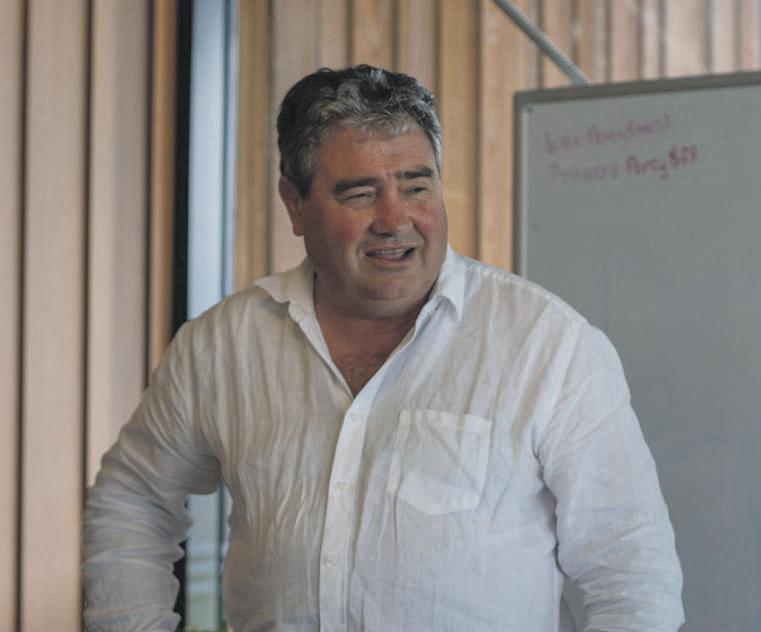
Confucius said: “By three methods we may learn wisdom: first, by reflection, which is noblest; second, by imitation, which is easiest; and third by experience, which is the bitterest.”
We all remember bitter losses that have provided our best learnings.
Yes holidays or getting away from work are important.
5. As a director you need to understand your statutory obligations – to act in the best interest of the company, comply with laws, attend meetings, disclose/avoid conflicts of interest, exercise care and diligence, protect the company’s assets and don’t trade whilst insolvent.
Finally, we all need to be held to account. This once again is where many heads are better than one. Do not underestimate the value of a coach or trusted adviser/s looking from the outside in. Often they
can see simple changes that might be used in the business or others that can make a productivity and profitability difference. They might be your farm adviser, accountant, lawyer, another business owner, or a farmer down the road. Voltaire said “judge a man by the quality of his questions”. Others’ questions make you reflect and think. Can you answer –how could I use AI to improve productivity? For small businesses, a good place to start is a peer board of other business owners using a facilitator, or forming an advisory board that meets monthly or quarterly. They help provide a pathway for you to learn governance skills from others and to bring good governance disciplines into your business Independence v industry experience, diversityv competency and common governance failings is for another day.







































1 Unloaded
When travellingbyroad, you must always travel with an unloadedfirearm. So check your firearmsare unloaded before youheadaway. Storeammunitionseparately andsecurelytoyourfirearms during thejourney.
firearmssafetyauthority.govt.nz




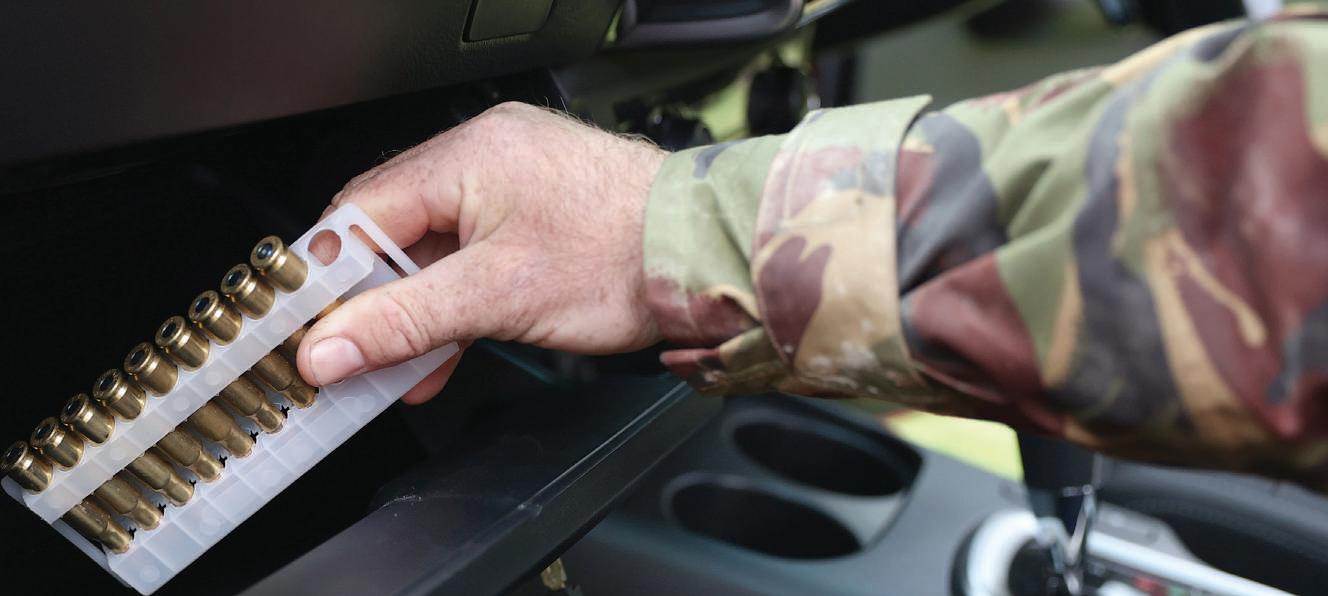
2 Locked
Always carry your firearm in alockedcase, or fit atrigger lock,ormakeitinoperable by removing avital part like thebolt.
Your ammunition –stored separately- also needsto be in alockedcontainer if possible.
An oldblanket mightbe agreat waytocover your guncase. 3 Outofsight
Keep your firearmsand ammunition out of view. Thinkabout packing them first andthencoveringthem withotherbagsorbelongings
Harold Inch, a Canterbury farmer, chose assisted dying after developing motor neurone disease. He died on August 18, aged 70. Rachael Inch has written this piece with her father-in-law’s permission.
I’ve reflected a lot on the meaning of life, encountering many quotes and beliefs that attempt to capture its essence and its meaning. To me, life is a tapestry of moments – a light and breath unlike anything else in this world.
It is woven from the memories of this world and from the memories we create and hold onto, both now and long after we’re gone. In my view, life and living are interconnected yet distinct. Life encompasses the full spectrum of emotions: joy, love, and laughter, as well as heartache, pain, and tears.
I’ve faced loss and grief first-hand I’ve gripped a steering wheel in silent panic, trying to keep someone calm until their final breath. I’ve experienced the frantic lastminute attempts to save a life, followed by the numbness and shock that comes with the absence of time for goodbyes.
I’ve watched someone dear and young wither like a flower, struggling to process the unfolding pain while waiting for suffering to end. The absence of goodbyes meant giving everything possible to help them find peace, comfort and acceptance for a life cut short.
I’ve awaited that final phone call, knowing this trip would be the last, while witnessing a body shut down before the mind can fully grasp what’s happening Goodbyes are overshadowed by confusion
I’ve received that sudden phone call informing me of a loss, and experienced the madness of sadness and anger that follows as you try to make sense of the situation. No time for goodbyes.
Yes, grief has visited me repeatedly. I’ve seen and been the person who lashes out, who breaks down, who fixates on the small

Harold Inch was widely known in the farming community of North Canterbury. SCOTT HAMMOND/MARLBOROUGH EXPRESS


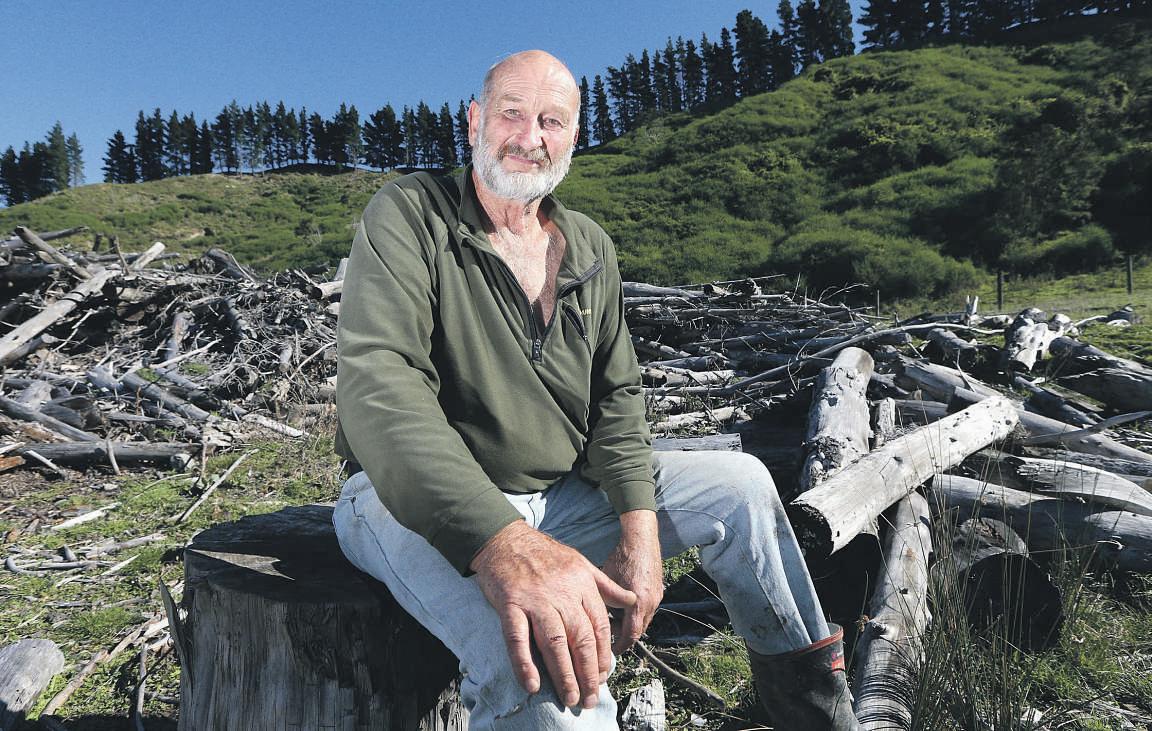
insignificant things. I’ve witnessed a mix of greed and generosity and dealt with the practicalities and mess left behind.
Now I’ve seen the impact of an irreversible disease that reduces a oncemighty lion to a mere shadow of itself. I’ve observed the love that shines through in life and the strength of a family uniting in support. I’ve witnessed the power given to a person who has the choice to end their suffering.
Assisted dying doesn’t remove the layers of emotion – disbelief, anger, rawness, bargaining or acceptance. It doesn’t take away the silence that settles in our hearts.
Instead, it provides our loved ones with a sense of purpose and control. It offers them the chance to process their experiences fully and to feel the outpouring of love that might otherwise come too late It allows for a time
to come together, celebrate life, and share in the collective pain.
I’ve lost count of how many people have struggled to process this choice and asked me how to explain it, especially to a child. My response, whether one agrees with it or not, is: “It is not my choice; it is their’s and their’s alone. They are ending their suffering.”
My son put it simply: “It’s helping my granddad because he has to get so many other people to help him do things now when he was the one who has spent so long doing everything for everyone else. He’s hurting all the time, and he is never going to get better, but he doesn’t have to hurt any more, he can be happy till the end.”
In the end, the choice of assisted dying is not about erasing the pain of loss, but about honouring the dignity of the individual. It
acknowledges that while we cannot shield ourselves from the pain that accompanies death and loss, we can offer our loved one compassion in their final moments.
This choice does not diminish the value of life or the depth of our emotions; rather, it respects the complexity of our human experience. It allows for a final chapter that is defined not by suffering, but by the grace of letting go.
So, as we all grapple with this deeply personal and challenging decision, we do so with the understanding that it is not about removing the inevitable pain, but about allowing our loved one to navigate their final moments with the respect and autonomy they deserve.
In doing so, we are honouring not just their lives, but the essence of our shared humanity.

Soil scientist Doug Edmeades delves into claims that Fonterra is greenwashing when it come to regenerative agricultural practices.
Fonterra has put together a promotional presentation, aimed, I understand, at its key clients such as Nestle, saying that many of the practices currently employed by New Zealand pastoral dairy farmers are consistent with the principles of regenerative agriculture (RA).
Put simply, our dairy farmers are already ‘doing Re-Gen.’
This has been met with the normal hail of criticism: Greenpeace has labelled it as “dishonest marketing”.Victoria University ecologist Dr Mike Joy is more vitriolic saying it is “utterly, utterly greenwashing”.
Let’s tease this out a bit According to techtarget.com, “Greenwashing refers to the act of making false or misleading claims about the positive environmental impact that a company, product or service has on the environment”. So what is it that makes Fonterra’s presentation of regenerative agriculture false, misleading or dishonest?
The problem we have is that there is no definition of regenerative agriculture. So, how can something be assessed as true, false, dishonest or misleading, in the absence of a definition of what it is?
From my understanding, the key practices that RA embraces include: rotational grazing, zero tillage, keeping soils covered, adopting practices that build up soil organic matter, optimise soil health, protecting biodiversity and enhancing water quality.
Is that not exactly what New Zealand pastoral farmers are doing, have been doing, and now are aspiring to do?
Indeed we pioneered rotational grazing in the 1950s: year-round grazing of clover-based pastures. It was and still is our international competitive advantage.
And our science has shown over many years that this practice builds up soil organic matter and optimises soil health, both physical and biological It is primarily for these reasons that we have become essentially a nation of graziers and not croppers.
Sure, it is only recently –in the last two generations – we have come to realise that, to maintain our competitive advantage, we must turn our energies to practices that enhance water quality and biodiversity.
These aspirations are now well embedded into our farming psyche. We do not need to be told to do it – as I said before, we are already ‘doing Re-Gen.’
And perspective is important The concept of regenerative agriculture comes to us from the great plains of America where these practices are generally not observed; year-on-year cropping or extensive grazing systems are the norm. For them the principles espoused by regenerative agriculture are probably important, but to impose them on a farming system, so, so different from their own is a nonsense. Incidentally, that is why I have described New Zealand’s recent research and development expenditure on regenerative agriculture as a waste of money.
Given this analysis I cannot agree with Greenpeace that Fonterra’s presentation amounts to “misleading marketing” or with Joy’s assessment that it is “utterly, utterly greenwashing.”




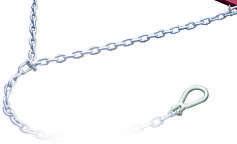

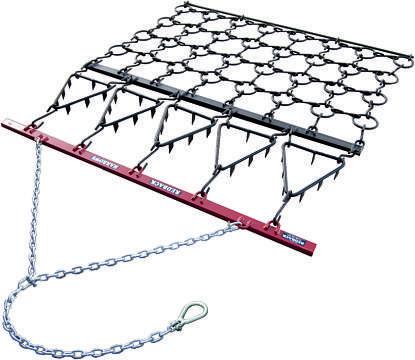
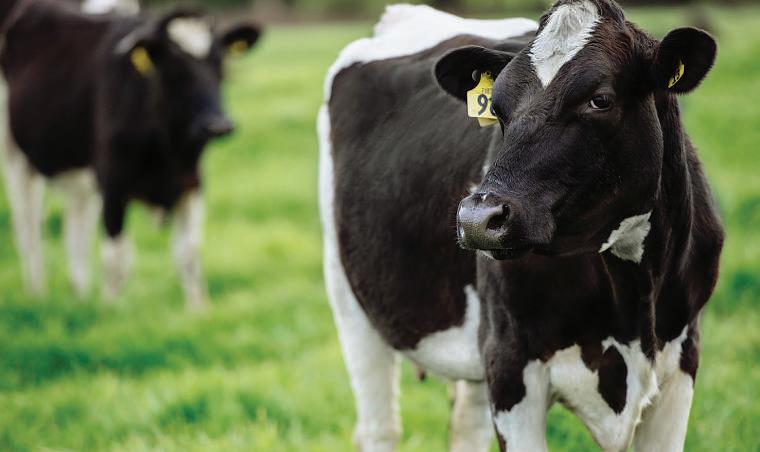






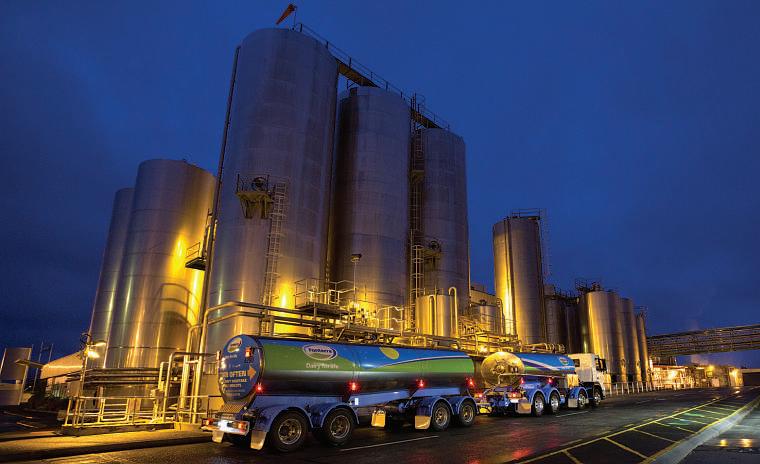
Joy introduces his own definition of regenerative agriculture. He defines it as farming where the land regenerates itself. “You don’t have to bring stuff in from outside, it regenerates within, so you have a closed loop.” The ‘stuff’ he is talking about is fossil fuels, fertilisers and palm kernel, which reduce to energy, nutrients and supplementary feed.
He does not describe what such a farming system would look like The nearest I can come up with is a return to peasant farming, where muscle (is the source of energy), compost (the source of nutrients) and hay (the source supplements), all made
on the farm of course. This sounds like yet another example of adopting “de-growth”, to use Parliamentary Commissioner for the Environment Simon Upton’s word, as a strategy for achieving favourable environmental goals.
Joy also does not explain how such a farming system would regenerate soils Finally, he says he is not surprised with Fonterra’s move, and, says “There’s certain voices within agriculture in New Zealand who have been saying all along that we are already regenerative and we do not need to change anything.”
I agree, when it comes to this topic.

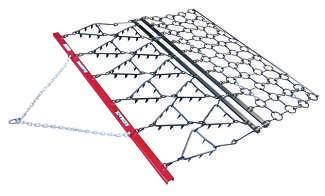
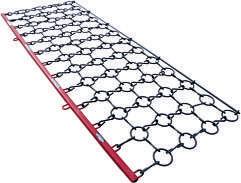

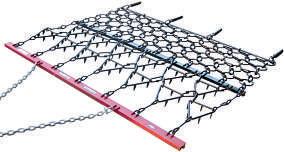
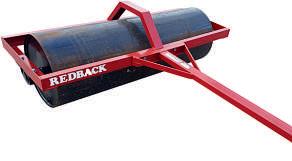
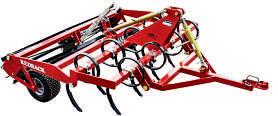
The Rabo Community Fund supports initiatives that help grow thriving rural communities.
Rural communities are the heart and soul of New Zealand.They are the places hardworking farmers and growers call home, producing the food and fibre that helps keep our country and economy going strong.
It’s why Rabobank is so passionate about supporting these communities.
Established by farmersinthe Netherlands more than 125 years ago, Rabobank has always supported rural communities from the outset. And as a global food and agribusiness banking specialist with cooperative roots, they knowhow to work together with their clients to create positive change.
Now, thanks to the Rabo Community Fund (RCF), Rabobank canmake an even bigger impact in the communities where their clients live.
The Rabo Community Fund’s purpose is to financially support community-led initiatives that help grow and strengthen rural communities.
Rabobank New Zealand CEO Todd Charteris says the fund demonstrates the bank’s commitment to athriving and sustainable rural sector.
“As one of the largest lenders to New Zealand’s food and agricultural sector, it's in our DNA to grow and strengthen the rural communities whereour clients live,” he says.
“We are on amission to grow abetter New Zealand, together.”
The RaboCommunity Fund is fully funded by the bank, with apercentage of Rabobank New Zealand’snet profit being used to help grow and strengthen rural and regional communities
Launched in late 2021, the fund has now contributed more than $2minto initiatives across New Zealand identified bythe bank’s local Client Councils. The Client Councils are groupsofRabobank’s
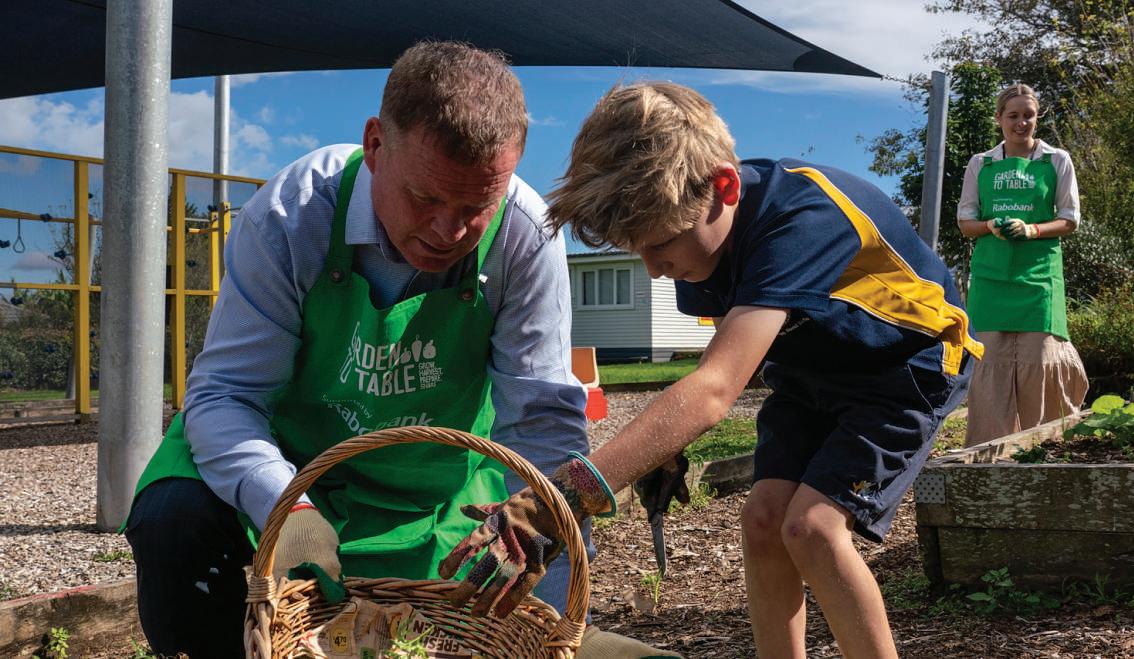
farming client representatives who work with the bank to addresskey industry and community challenges in farming and agribusiness. Thosechallenges are linked to six key themes:long-term industry capacity and agricultural education; environmental sustainability; the rural/urban connection; natural disaster resilience; ruralwellbeing; and adaptation/disruption.
“What’s really unique about the Rabo Community Fund is that we are giving our Client Council members avoice as representatives of thosecommunities by putting the power in their hands to advise us on what initiatives should be funded to addressthe challenges and opportunities in their local area,” says Charteris.
He says the fund operates under a cooperativemodel where the Client Councilshelp identifyinitiatives for funding, whileafive-person committee formed of Rabobank staffoversees the performanceand activities of the fund.
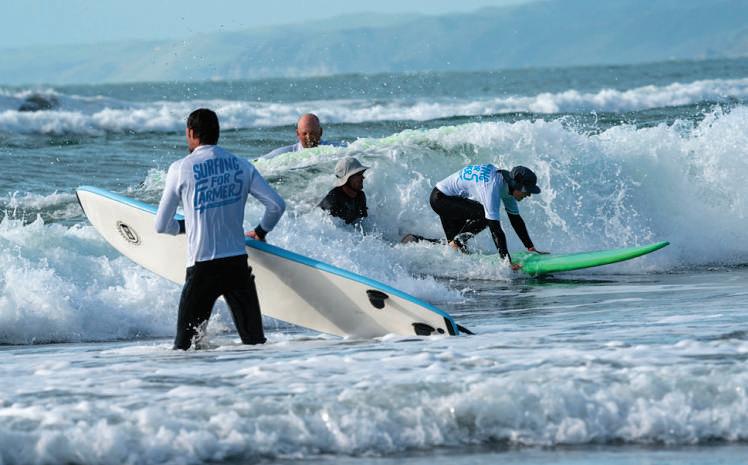
Giving back to rural communities Groups and organisations supported by the RCFthroughout 2024 include:
Garden to Table – The Garden to Table programme is helping changethe way children think about their food and whereitcomes from by helping them to discover alovefor fresh food.Onthe programme, children get their hands dirty in the soil and learn practical, lifelong skills like gardening and cooking meals from scratch.
Everyone sits down together to eat whatthe kids have made, taking part in the age-old ritual of sharing food. And becausethey have grownitand cooked it themselves, even the fussiest eaters tend to be more adventurous when it come to eating the meals.
Last year, kids at 309 schools participated in Garden to Tablesessions eating more than one millionvegetablebased meals
Growing Future Farmers – Aunique two-year programme wherebudding farmers learn practical workplace skills on-farm, coveringeverythingfrom shearing and 4WD training to animal health and dog handling.
Students live on farm, receive a living allowance, and have access to a range of subsidised support including accommodation,equipment and clothing.
With afocus on providing NZQAapproved, future-focused programmes, Growing Future Farmers aims to build confidence and skills in young people entering the sheep, beef, and deer industries
Meat the Need – Acharity that is farmerfounded and farmer-led, Meat the Need connectsthe dots between farmers who want to donate some of what they produce and families in need.
Produce, in the form of premium mince and milk, is donated by farmers and, with the help of generous processors like Silver Fern Farms, Miraka and Fonterra, put into the hands of those already on the frontlines of food insecurity in New Zealand: food banks and community organisations. Ultimately, Meat the Need’s aim is for no one to go hungryinNew Zealand. They also believe everyone should have access to the nutritious protein that is grown right here in New Zealand.
Surfing for Farmers – With over 25 locations nationwide, Surfing for Farmersprovides aunique opportunity for New Zealand farmers to take abreak from their all-consuming businesses and engage in outdoor activities,enjoy fresh air, and connect with fellow farmers, rural families, and industry professionals.
Local coordinators generously volunteer their time to provide this invaluable opportunity, offering arespite from the demands of rural life and fostering social connections within the community.
All equipment, lessons, and refreshments are free of charge, ensuring that the programme remains inclusive and accessible to all individuals who can benefit from it, regardless of their financial circumstances. ■

Rabo CommunityFund is an initiative led by Rabobank NewZealand Limited. To learnmoreabout how Rabobank is supporting rural communities through its Rabo CommunityFund visit rabobank.co.nz
Asurvey of morethan 600 NewZealand veterinarians, nurses and technicians hasrevealed staffing shortagesare one of the industry’s biggestchallenges.
By Lucy Cooper.
Ashortage of qualified and experienced vets is “a verylarge problem” putting astrainon veterinarypractices throughout NewZealand, an experienced veterinary surgeon says.
Dr Heidi Ward-McGrath, a25-yearveteran ofthe industrybased in Wairarapa, said the scarcity was leading to increased workloads and less timefor senior clinicians to support young vets.
“Seniorvets are doing their job, and other staffmembers’ jobs, as well as trying to mentor and lookafter youngervets,” WardMcGrath said.
Her comments follow the release of a whitepaper which found staffingshortages were one of thechallenges most frequently raised in asurvey of more than 600 NewZealand veterinarians, nurses and technicians.
An ageingworkforce andvets choosing to leave the profession before retirement age contributed to the staffing squeeze,
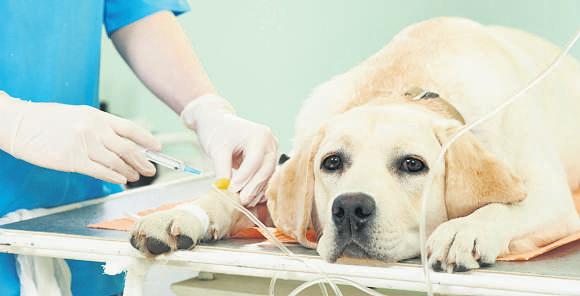
according to the report by health group Boehringer Ingelheimand the New Zealand Veterinary Association.
“Burnout and mental health pressures are driving many out of the field,” a spokesperson for Boehringer Ingelheim says. “And 43% of clinic decision-makers report difficulties in hiring skilled staff.”
Butthe solution was not to “just get morevets”, Ward-McGrathsaid. “It’s about working on the fundamentals.”
Ensuring youngveterinarians were leaving universitywith arange of interpersonal skills to complement “academic brilliance” was critical to workplace resilience. “They need people, communication and life skills.
“The best vetshaveall theskills that make arounded person –they are warm, goodat listening, empathetic, emotionally balanced, and mentally and physically fit.”
Ward-McGrathsaidpet owners taking to social mediatocomplainabout veterinarians could take itstoll on the
Burnoutand mentalhealth pressuresarealso drivingmanyout oftheveterinary field,saysa spokesperson forthereport’s authors.
mental health of the workforce
“Grievingpet owners are taking to social media and blamingyoung vets publicly.”
In line with the industry’s code of practice, shesaidthey couldn’trespond. “And often it’snot the vet’s fault.”
Ward-McGrathdescribed sometreatment meted out to vetsas“socialbullying”, which could “crush the soul” of those subjected to it.
“Veterinarians are deeply caring, they love animals and they want to make adifference,” shesaid. “They take the [online]vilifications to heart.”
Andrew Reid, chief executive of mixed animal practiceVetora in theBay of Plenty agreed. The pressures werenot limited to those workingwith companionanimals, he added.
“Farm animal veterinary work is very physically demanding. Oftenwith the afterhours component, they have to be available when they’reoncall 24/7 it’s notan environment that everybody enjoys.”

With the supplyofnewvets from the country’s onlyveterinary school at Massey University notkeeping up with demand, Reid said there was “no silver bullet” to the staffing crisis.The 70 or so veterinary jobs advertised online“would only be asegment of the true vacancy rate”.
“A lot of the jobsare notgetting filled. It is abig issue. And there’s no immediate solution without really transforminghow our industry operates.”
Mark Bryan, managing director of VetSouth in Southland, said the veterinary industry was still playing “catch-up” after the Covid-19 pandemic halted the supplyofvets from overseas, and fewer staffmeant fewer optionstomanage workloads.
In the 25 years he had been in the sector, Bryansaid maintaining staffing levelshad “never been easy”, buthis business had tried to putinplace measures to attract and retain staff. This included merging with aneighbouring practice to create alarger business “less impacted by ups and downs in business patterns”and “better abletoretain vets”.
Alarger workforce meant the practice was better able to provide part-time or flexible working hours,and also gave veterinarians the opportunity to specialise, while business incentives like encouraging youngervets to becomeshareholders in the business had also proven popular, particularlyVetSouth’s low-risk model.
“Having astake in the business is important, butit’s notfor everyone,” Bryan said. “If youdidn’t enjoy being ashareholder we would buythe shares backoffyou within acertain timeperiod.”




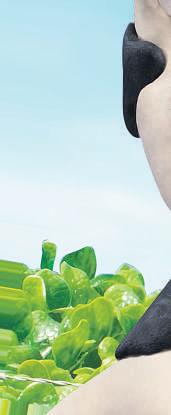
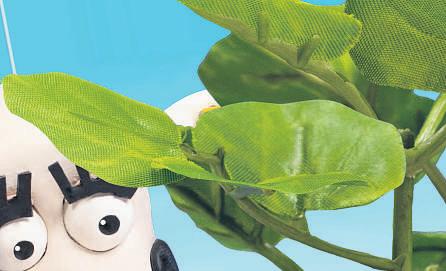

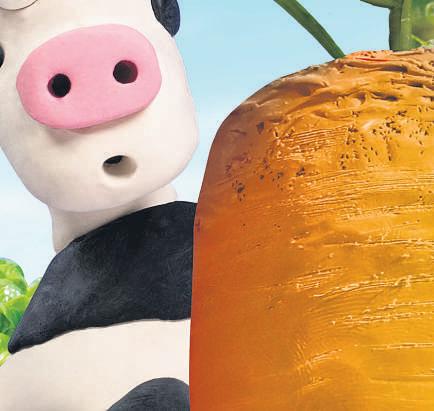

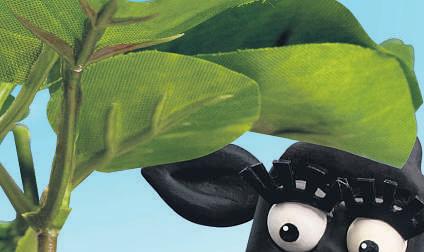


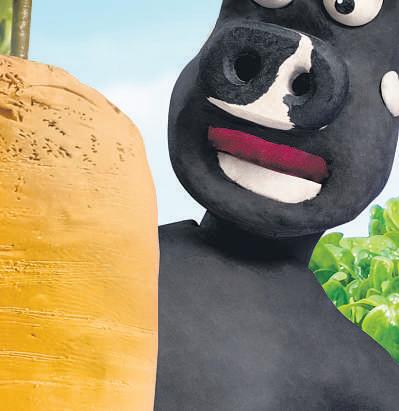







A young couple are thinking “outside the box” to reduce food waste with their produce-box business.
By Madeleine Powers.
Afood-box business delivering fresh, but ‘wonky’ seasonal produce to customers around the country says eating seasonal is better for producers, people and the planet.
Wonky Box customers receive boxes filled with excess or ‘wonky’ fruit and vegetables which don’t fit market criteria, saving it from going to waste, and putting some extra coins in growers’ pockets.
Along with the food box, customers receive a leaflet with recipe ideas for seasonal produce to help them get creative in the kitchen.
The growers receive a good price for their produce, and Wonky Box subscribers get fresh, locally grown produce for a competitive price.
Wonky Box co-founders Angus Simms and Katie Jackson were working on an orchard in Nelson when they got the idea for the business.
They saw tonnes of fruit discarded as a result of damage caused by a freak hailstorm in the 2021 summer
“We were gobsmacked,” Simms says.
The fruit was edible, but because of the strict standards for export produce, it couldn’t be sold, leaving the grower out of pocket and seeing tonnes of perfectly edible fruit go to waste.
Food waste is a growing issue, and is something Simms and Jackson are trying to raise awareness about.
Globally, an estimated one-third of produce is wasted each year and ends up contributing to greenhouse gas emissions
In New Zealand, 9% of biogenic methane emissions and 4% of our total greenhouse
gas emissions are from food and organic waste alone.
The couple were inspired by the foodwaste initiatives they had seen while living in the UK, and decided to start a produce-box business tackling food waste in Wellington.
“We stripped the van right back to its bare bones, and started door-knocking growers in the Wellington region,” Simms says.
He says it wasn’t hard to convince people to sign up for the initiative, with many already concerned about food waste and looking for alternatives to supermarkets to buy their produce.
Before long the business had expanded out of Wellington into other regions where demand for cheap produce, blemishes and all, was growing.
Convincing growers was challenging to start with, Simms says.
Many were sceptical of the idea and didn’t think there was a market for ‘wonky’ produce.
But those who joined were surprised by the level of interest. “It was a shock for them to see the buy-in.”
Mario Selak is the product manager for apples and cherries at Freshco, which is in its second season of supplying apples to Wonky Box.
Before supplying Wonky Box, apples that weren’t up to standard would be processed for juices, puree and baby food, which did not provide much of a return.
“It’s gut-wrenching for growers to have a large portion of their produce not meeting market standards,” Selak says.
The produce was perfectly edible but could be rejected for cosmetic reasons like apples not being red enough.
Wonky Box “adds value to the bin”, he says, providing growers with income for produce that would otherwise be wasted.
It was tough for growers, and if the returns on produce weren’t enough to cover the increasing costs of running the business, the produce would not be harvested. “It’s quite sad, the returns aren’t there.”
Financial woes are leading farmers to consider diversifying into new ventures, but a farming figure urges caution.
By Madeleine Powers.
Cockies are looking at other ways to earn money from their farms amid challenging financial times
But Federated Farmers Waikato provincial president Keith Holmes warns the grass is not always greener when considering diversification. He says it’s very risky to go sideways into another business when farming is all you’ve known.
“Be very, very cautious about going outside your comfort zone and availability of spare capital.
“You’ve got to look in the mirror, and be really honest about the skills you have.”
He says success stories are rare, and one in 10 new ventures will fail.


You require the start-up capital, expertise, marketing and, if hospitality is what you’re getting into, you need to have the personality for it, says Holmes.
Some ventures succeeded because friends or family were willing to provide the start-up capital.
Most farmers did not have spare capital, but they did have land.
Leasing spare land for kiwifruit, winegrowing and hops are ways that some farmers are making extra income without having to put in capital, says Holmes.
But most farmers would be better off cutting back on living costs than risking investing in another business.
Having a vegetable garden, some chickens, home-kill meat – these were all ways of lowering your living costs and capitalising on the opportunity to live cheaply.
But, these things took time, and what most farmers weren’t was time rich.
While they might not be keen to go into a side venture, their partners might be
Sandy Jenkins, owner of WILDbella florist and gift shop in Morrinsville, took the punt and it’s paid off
Jenkins says her husband was not at all
Selak says rising labour and input costs, as well as increasing competition in the market, are making it harder for growers to stay in business.
“The food boxes are better for consumers and growers, because they avoid the supermarkets, which have high cost margins.”
Selak joined Simms at the Go Green Expo last weekend to talk about the produce boxes,.
The couple are awesome young Kiwis, thinking outside the box, he says. ‘‘We try to support and encourage them as much as we can.”
These days Simms says there’s a lot more pressure on but the mission remains the same.
In mid-August, Wonky Box started a new product called Wonky for Work, supplying fruit boxes to environmentally conscious businesses. “It’s been picked up really well. We’ve had some really cool brands jump on,” Simms says.
As for what’s next for the business, he says they’re pretty excited about expanding beyond fruit and vegetables to include dry goods that are going to waste.
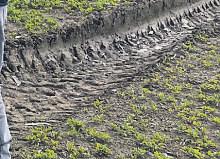
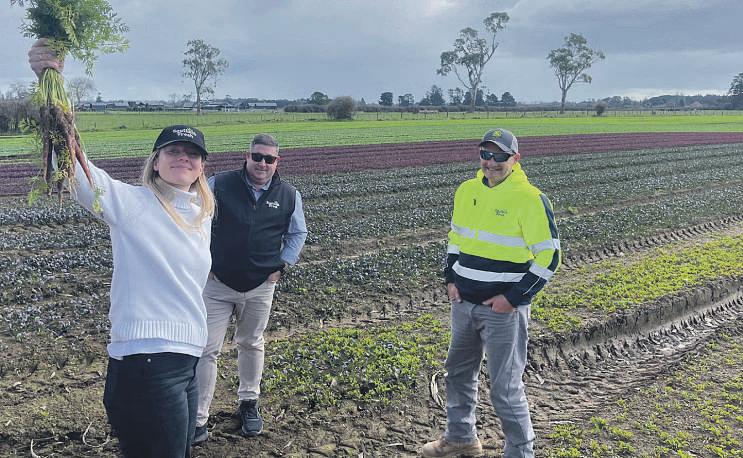
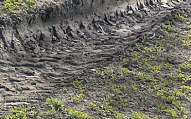




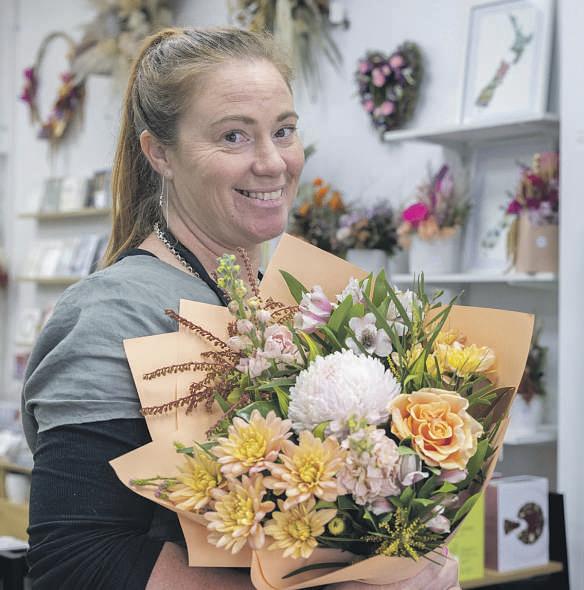
keen on the idea of diversifying. Nor were most farmers, she says.
Often it’s an entrepreneurial partner who’s taking the reins in the venture, she says. “You’ve got to be that way thinking.”
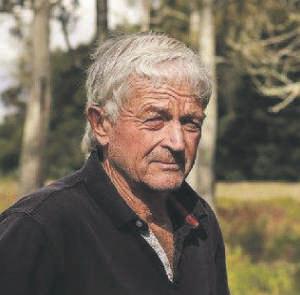
When Jenkins started, she used the income from the floristry shop to reinvest in the business and start a small flowergrowing operation on the farm
to what they
She says while capital is needed to get started, a good season on a
or having a small market
a
is labour intensive,” she says.




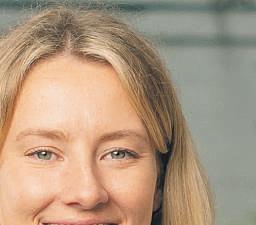

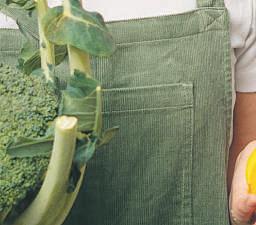
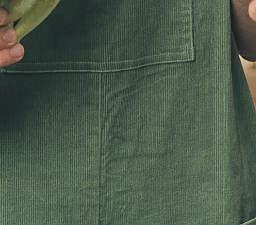
Katie

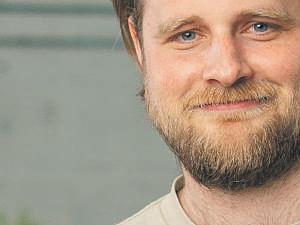

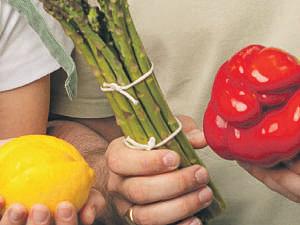
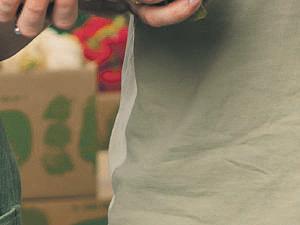





Scientists see afuture where huhu grubs are a valuable and sustainable


By Bethwyn Littler.
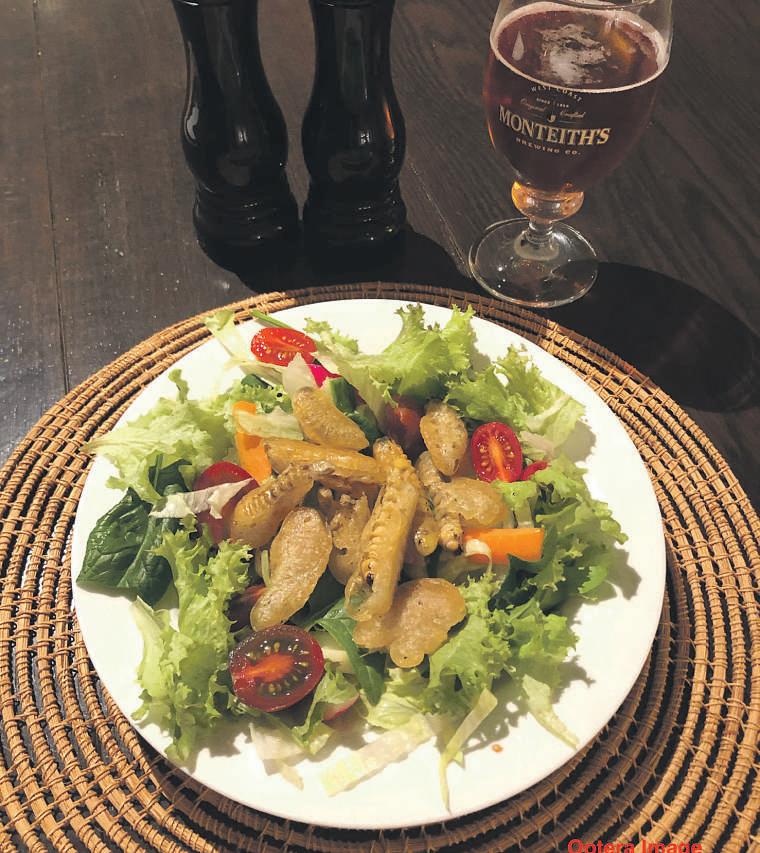
When a huhu larva reaches maturity it bores into wood and casts off its skin. This is when it becomes a nutritious snack.


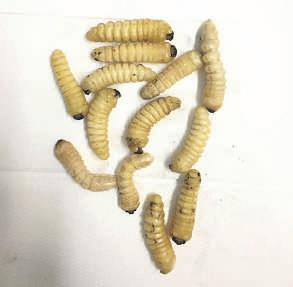
farmers and researchers.
“Obviously, someone has to pay the bills, so I advocate for research investment on this topic. The most important area that needs urgent attention is how to farm the insects sustainably. With such an abundance of slash, studying the growth behaviour of these insects should not be too pensive or difficult.”





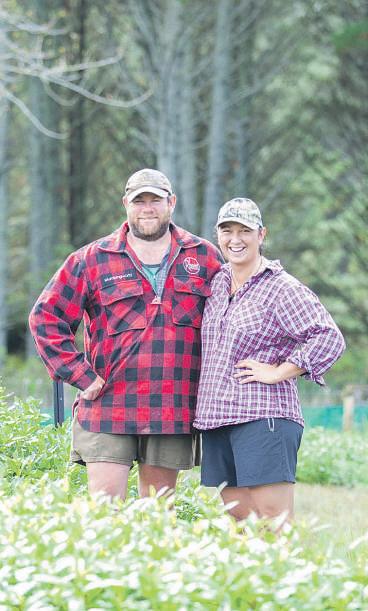
Jenkins’ business is doing well, and she is able to employ one fulltime and two part-time staff to help.
Te Awamutu woman Keri Taylor says she wasn’t overly keen to get into the plant nursery business. She had done it out of necessity, but now it was a passion.
More people were catching on to this income earner, to the point that the Waipa and Ōtorohanga areas, where Taylor’s nursery is, were becoming “flooded” with nurseries
Taylor says the first two seasons running the business were the best, before the competition came in.
She and her husband aren’t fulltime farmers, but she says diversifying income streams is something lots of farmers are thinking about, out of necessity.
“The cost of farming has gone up, but the income hasn’t.”
This was particularly true for smaller farms.
Taylor’s husband is a fencing contractor and helps out on his parents’ family farm.
They saw the plant-nursery business as a way to generate extra income while making use of having land available.
The family live rurally, and have young preschool-age children, so Taylor needed something that was low cost to set up and allowed for flexibility.
Taylor says she didn’t have any nursery skills when she first started. “Heck no!”
She had help from another local nursery in the beginning, and the rest she has learnt along the way.
While business has slowed since more nurseries opened in the area, the family have adapted their business model to include pop-up plant sales in areas like Taupō
To others considering starting a plant nursery, she says “go for it”.
University of Otago food science senior lecturer Dr Dominic Agyei sees a future where huhu grubs are a valuable and sustainable food source. He says there is already a long history of huhu consumption in New Zealand.
“Any efforts to develop this food source further is an opportunity to add to the variety of foods available in New Zealand, while giving credence to a widely held mātauranga Māori that huhu grubs are nutritious and safe for human consumption.”

University of Otago food science senior lecturer Dr Dominic Agyei
He says one environmental benefit of developing the huhu grub industry is the use of forestry-waste material, such as slash.
“The possibility of farming huhu grubs using forest slash was brought to our attention by Patrick Clement, who, as early as 1980, wrote an article in the New Zealand Farmer reminiscing about his experience growing up hunting and eating them. He makes an important case for converting wood to edible proteins.”
Alongside his colleagues, and in consultation with mana whenua, Agyei’s work has demonstrated that the grubs are rich in proteins, minerals and fat.
“Huhu grubs can have proteins as high as 30%. This value is higher than what we find in beef, 26%, lamb, 25%, chicken, 27%, and chickpeas, 9%. Huhu grubs are also rich in essential amino acids,” Agyei says.
In the future, he says development of a huhu grubs industry will require buyin from several stakeholders, especially
In many parts of the world, insects just like huhu had been domesticated and were being farmed sustainably.
“In my home country of Ghana,” Agyei says, ‘‘the African palm weevil larvae are now farmed and production is reliable and consistent. It is the same case for sago grubs, which, like huhu, is a woodboring grub Sago grubs are reliably farmed in several countries in Asia, such as Thailand and Indonesia.”
Agyei says he encourages farmers, next time they split a log and see some grubs, to take them home, cook them and eat them. “In the South Island, there are tons of dead logs full of huhu grubs lying around. We can put their research to good use.”
Clement says as an agriculturist, he has always followed food supply and demand projections for a growing global population.
“The concept of an insect protein industry has never left me and I intermittently work on and develop ideas.
“Recent research, particularly the nutritional profiling work by Dominic Agyei and his team at Otago University, is both exciting and validating of mātauranga Māori use of this insect as a traditional and safe food source. For a number of reasons, the industry should be Māori-led.”
Shaking off our genetic engineering “ban” will help ease the brakes on development, leading scientists in the sector say.
Science, Innovation and Technology Minister Judith Collins recently announced plans for new legislation to ease restrictions on gene technology outside the lab
She said “restrictive rules and timeconsuming processes” meant New Zealand was lagging behind when it came to best practice.
A dedicated regulator to oversee applications to use gene technology will be appointed by the end of the year
The strict application process to grow genetically modified (GM) products outdoors is “putting the brakes” on, AgResearch science team leader Richard Scott said He hoped the new legislation would make it faster to get new GE plants from the lab onto farms, showing farmers how it would work in the outdoors.
Scientists using genetic technology were already careful, he said.
“Nobody is going to want to sell a product that will have negative environmental effects.”
Measures such as cages and distance would be used to stop insects from accessing flowering plants so that no cross-breeding could occur, he said.
Under the Government’s proposal, some gene technology would be exempt from the
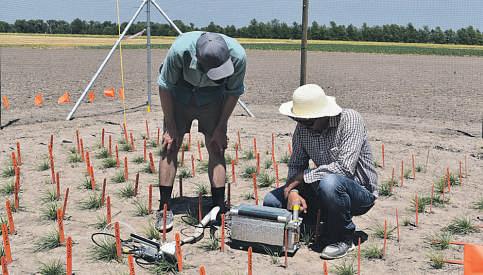
rules – if perceived risks were low or there was no difference from outcomes created using conventional breeding
Scientists said the current approval process for outdoors trials and commercial use took so long that there had only been one application in 10 years.
The time involved was the thing, Scott said.
The current process included consultation with local iwi, industry bodies and the community.
But AgResearch’s most recent application for an outdoor trial of a gene edited endophyte went better than expected, Scott added.
They were consulting with iwi now.
Currently, there are no GM plants on farms in New Zealand, and it’s illegal to import fertile GE seed into New Zealand. AgResearch, a Crown research institute,
Left:AgResearchscientistsare runningoutdoorGMryegrass trialsintheUnitedStates.
Below:Scientistsarealready carefulbecauseno-onewants tosell“aproductthatwillhave negativeenvironmentaleffects”, AgResearchscienceteamleader RichardScottsays
develops GE plants for commercial seed producers PGG Wrightsons and Grasslanz Technology, and has indoor trials running.
Current approval process for outdoors GE trials and commercial use takes so long there’s only been one application in 10 years.
By Madeleine Powers
Plant and Food Research chief scientist Richard Newcomb said he was “quite excited” about regulatory changes.
Plant and Food scientists were already using gene technology to research how to improve plant traits, but less regulation would mean their work could have a “more direct impact” on industry.
A trait beneficial to growers would be fruit tree root stock that’s resilient to waterlogging, said Newcomb.

One is HME (high metabolisable energy) ryegrass, which has a higher lipid or oil content and is designed to make animals gain weight faster.
It’s had “significant support” from DairyNZ, but Scott said farmers liked to see how the product performed in outdoor trials before getting it on their farm.
There’s also a trial of high CT (condensed tannins) white clover, designed to reduce methane emissions, reduce animal bloat, and increase the clover’s resilience to pasture pests.
A similar trial run by global seed company DLF in Australia was “easier” because of that country’s regulations, Scott said.
Warmer weather would bring more pests and diseases so growers wanted plants that can stand up to that.
Newcomb said the new regulations would distinguish between high and low risk use of gene technology. He said most of what they did used newer gene technology like gene editing, as opposed to older technology where genes from one organism were spliced into another organism’s genome. With splicing, the gene “could go to a part of the genome that does something else”, he said, whereas gene editing was more precise. While they used splicing in the lab for research, there’s no plan to use it for product development, because of the “perceived risk”, Newcomb said.
Genetically modified corn and soy created using splicing is allowed in New Zealand, but has to be milled so it can’t reproduce here.
The GMO corn and soy was resistant to herbicide, so growers could spray whole fields to kill weeds, Newcomb said.
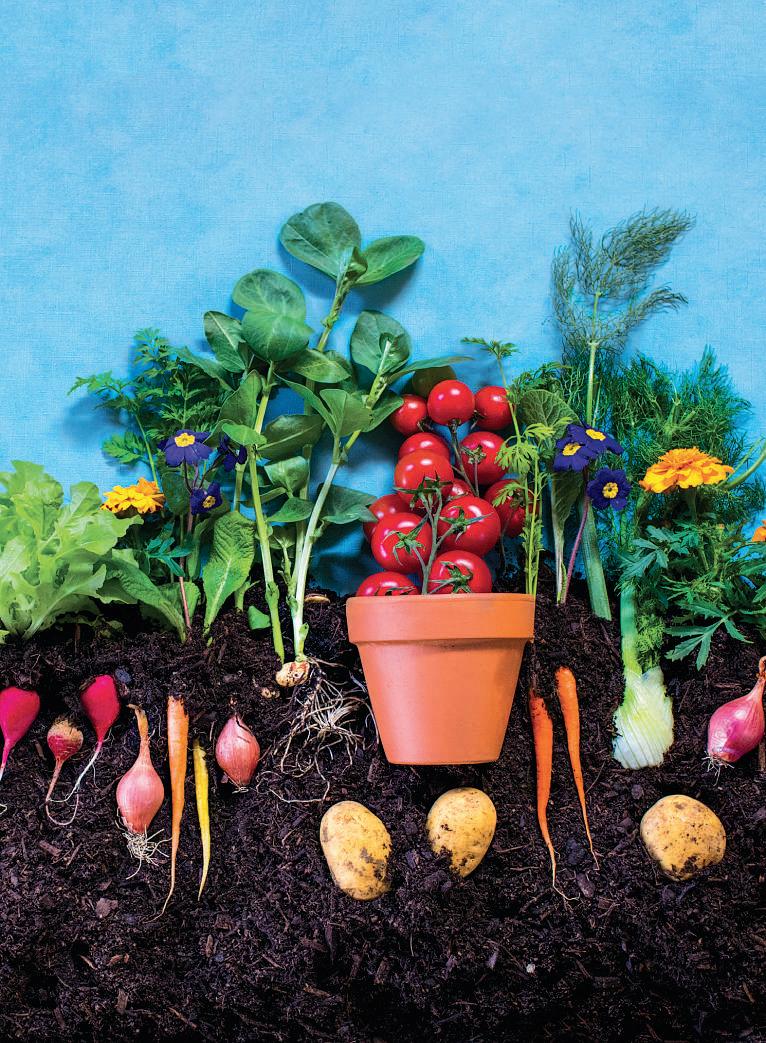

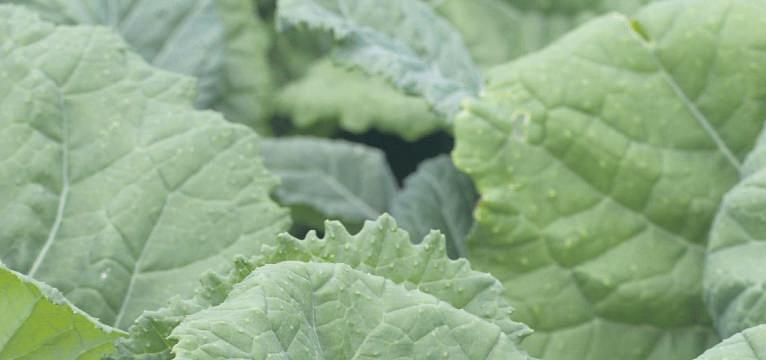
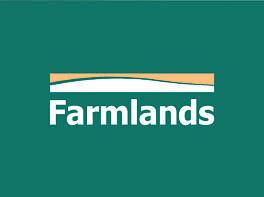

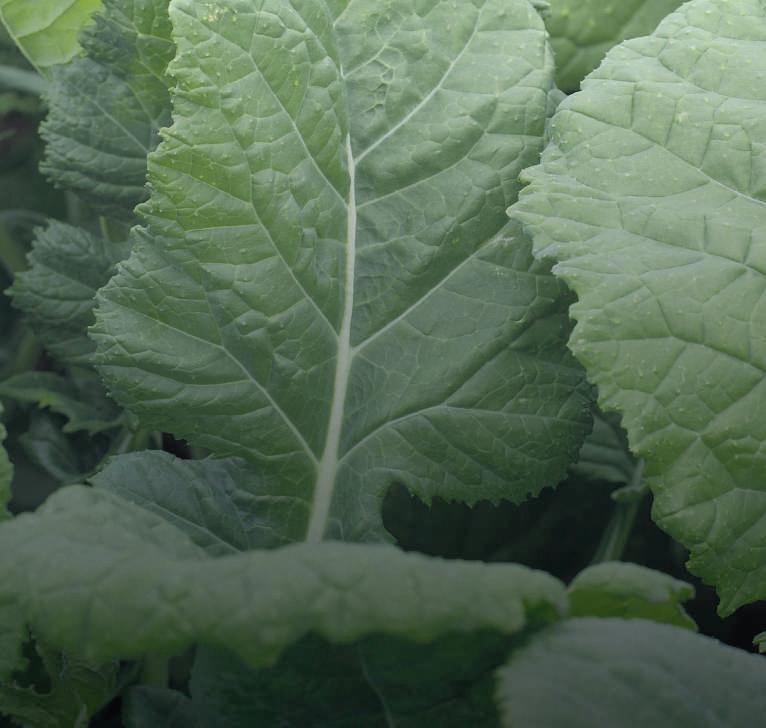





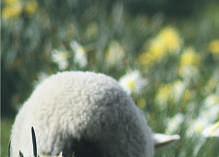
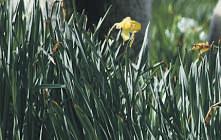

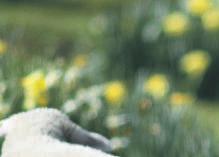
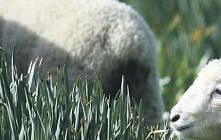
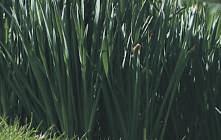

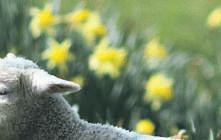
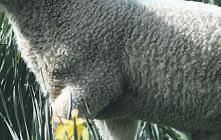









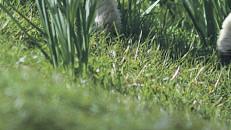




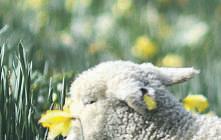
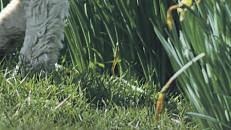

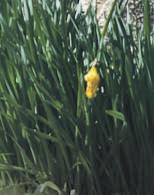

The humble daffodil could be the solution to reducing methane emissions, while also providing extra revenue for hill-country farmers.
By Eve Hyslop
Daffodils could yet ease the load on New Zealand farmers over environmental and economic concerns, with the spring flower providing a methanereducing compound and an extra revenue stream
The compound is haemanthamine, found during research by Welsh company Agroceutical Products, which extracted another compound from daffodils, galantamine, to treat Alzheimer’s disease
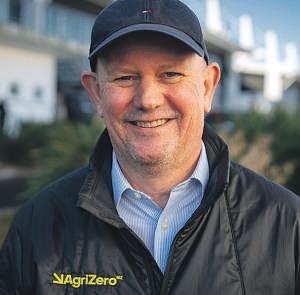
Wayne McNee, chief executive of AgriZeroNZ.
Laboratory trials on artificial cow stomachs have shown that the compound could reduce livestock emissions by 30% when consumed as a feed additive, says Travis Glare, director of Agroceutical Products NZ.
“These particular compounds from the daffodils were the best they’d seen in terms of reducing methane emissions.”
The compound was found by chance and trial and error during Agroceutical Products’ Alzheimer’s research, Glare says.
“There was no link previously to reduction in methane emissions, and this compound had been used in human health for other issues, but no-one ever thought of using it for this.”
AgriZeroNZ – a public-private joint venture which helps farmers cut their emissions while maintaining profitability and productivity – has partnered with Agroceutical Products to bring the United Kingdom research to
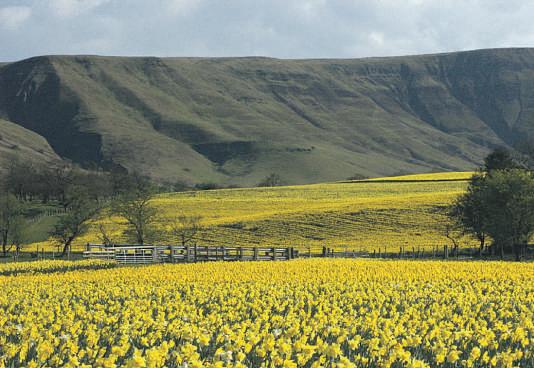

New Zealand labs, investing $4 million in the trial.
“It’s been widely acknowledged that a technology-led approach is the best way to support farmers to reduce emissions without compromising on profitability,”
AgriZero chief executive Wayne McNee says.
Exactly how the compound reduces emissions is yet to be found through the lab trials in February 2025, alongside what kind of dose rate is needed to make a significant reduction in emissions.
“We’re not talking thousands of daffodils for each cow or anything like that, but it comes down to microgram, milligram-type amounts.
“It’s relatively easy for us to grow daffodils on a whole paddock, so the production side is quite good. It’s just the extraction side we’ve got to make sure is economic,” Glare says.
No risks to animals have been found

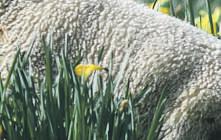



Agroceutical Productsis knownforits groundbreaking workextracting naturallyoccurring compoundsfrom daffodilsgrown intheWelsh mountains AGRIZERONZ
Followinglabtrials onartificialrumens, it’sestimatedthe daffodilcompound couldreduce livestockmethane emissionsby30% whenconsumedas afeedadditive FONTERRA
or are expected to be found in the compound, Glare says. Its safe track record in human medicine also provides some reassurance.
“What we’re more interested in is where the compound is going in the animal. Is it building up in tissues? Does it go through milk? Those sort of things would be an issue.
“Is it dangerous to the animal, do we expect it to be dangerous to the animal? No.”
The timeframe for the research is expected to take a few years, but with increasing expectations on farmers to reduce emissions and climate targets looming, Glare says it could yet be shortened.
“There is a real push that we need these compounds, we need methane reduction in animals if we’re going to meet our greenhouse gas targets.
“People are expecting projects like this to come with pace because of those


New Zealand’s hill country provides ideal growing conditions for daffodils, which can be easily integrated into sheep farming systems AGRIZERONZ



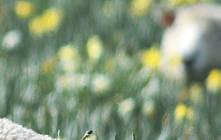
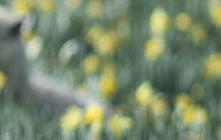
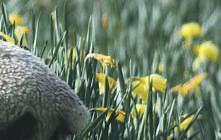


targets wanting to be met.”
Not only could it cut emissions, he said – it could also provide an extra revenue stream for sheep farmers.

Daffodils containing the crucial compounds are best grown in rugged, high-altitude terrain, as Agroceutical Products found in the Black Mountains in Wales.
“New Zealand’s rugged hill country provides the prime growing conditions needed for daffodils to produce the compounds we’re looking for,” says Kevin Stephens, managing director and founder of Agroceutical Products.
“Daffodils are easily integrated into sheep farming systems, as sheep don’t eat the plants, and simply graze around them.”
The only thing standing in the way of the venture being commercialised in New Zealand was the small yield of daffodils grown on Kiwi soils With the help of seven South Island farms, this yield will be maximised, says Glare.
In one daffodil are just micrograms of the methane-reducing compound, which is why the maximisation of the yield is so crucial.
Stephens is a sheep and beef farmer himself, and has grown daffodils on his hill country in Wales to diversify his income. Glare is pleased to see the same benefit offered to New Zealand farmers.
“One of the things I really like about it is we’re creating value for sheep farmers who could be doing it quite tough. I do envisage lovely yellow paddocks of daffodils in the South Island.”
The lab trials will include tests on artificial rumen at Lincoln University in February and March 2025, after research has been finalised in the UK.
The trials will be specific for cattle, but with further development, McNee says, tools could be delivered through a different method better suited to the rumen of other animals, including sheep, deer and goats.
The daffodil research is one of many different technologies AgriZero is investing in to give farmers a range of tools to reduce their emissions productively and profitably.
“We’re hoping to invest in 12 to 15 different technologies and give farmers a choice of different options for different farming systems,” McNee says.
The future for the control of weeds is looking bright. Just about as bright as lasers guided by artificial intelligence to hunt down and zap weeds.
By Eve Hyslop.
An artificial intelligence-powered technology that hunts weeds and zaps them with a laser has been created by AgResearch
It’s delivered through a robot and powered by AI under a system called ‘Map and Zap’, which could be used in orchards,vineyards or a field growing vegetables or pasture.
The system was designed by a group of AgResearch scientists and engineers led by Dr Kioumars Ghamkhar.
On a visit to a friend’s farm, Ghamkhar had a conversation that would ring a bell with many farmers. “She was telling me that if we want to serve the farmers of the world, we should find a permanent solution for weeds.
“It’s a problem for everyone, it doesn’t matter what kind of farming you do. When I thought about precision agriculture I did a review and found there were people working on automated weeding.
“Then I thought, the best form of precision agriculture is probably lasers, nothing is more precise than lasers.”
Ghamkhar caught up with a laser scientist from Auckland University who was initially hesitant ablout zapping weeds with lasers
But when the man got into the field to test the system, Ghamkhar says you couldn’t stop him.
“I’m also a big fan of lasers from my childhood,” he jokes.
Almost $1.7 billion was spent on control measures for pests and weeds in New Zealand for the 2019 to 2020 financial year
While the system won’t eliminate the use for herbicides, Ghamkhar says it can reduce it.
Precision spraying should not be undervalued, he says, but you can’t get more precise than a laser. “I don’t think anyone could argue that. People use lasers to shoot missiles, right?
But we’re using it for a good reason.”
AgResearch has been developing the AI system since 2020. KiwiNet, an innovation organisation that commercialises research, provided the robot-prototype to deliver the system for the weeds to be hunted down
The robot’s lasers were put to the test in a recent demonstration at Canterbury vineyard Straight 8 Estate.
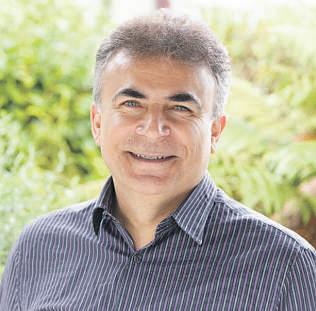
Co-owner James Shand has been in the business for 20 years now and is impressed with how much technology has changed over the years.
“It’s amazing because the technology in the early seventies was an old 44-gallon drum on the back of a tractor tray to spray
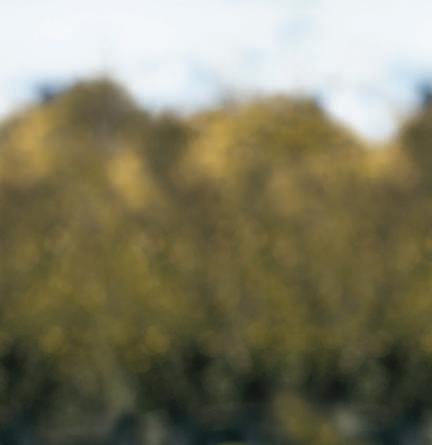
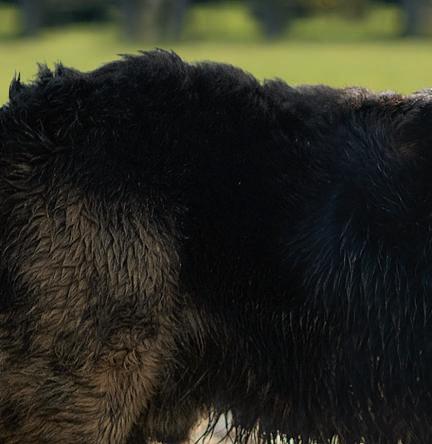
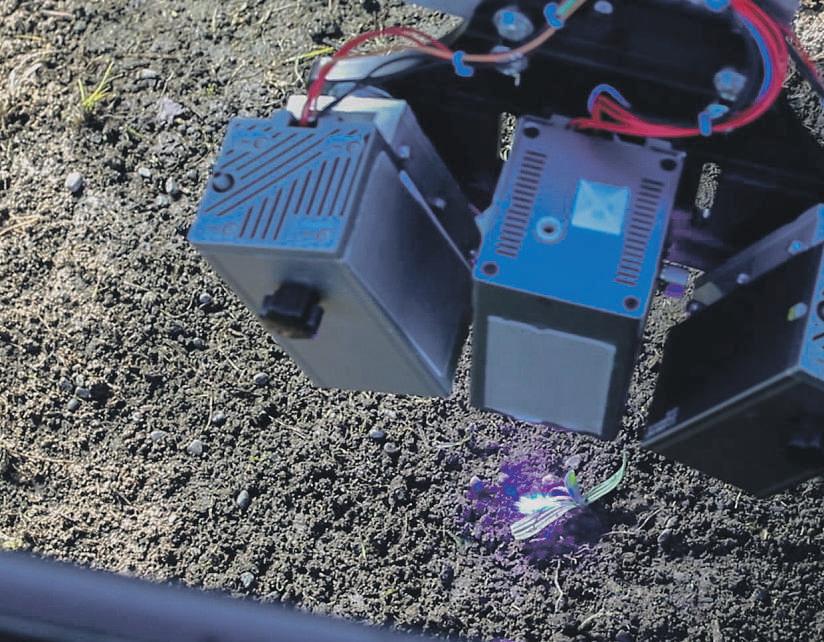
weeds, and a man with a gorse gun.” Shand says there are two or three weeds that intrude on his vines, rticularly the Californian thistle “Californian thistles are the worst they grow into the wire where the grapes are When they go to seed, they make pollen that glues to the grapes.”
He doesn’t mind the weeds that flower, as they provide nutrients to the soil, but the best thing about the technology for him
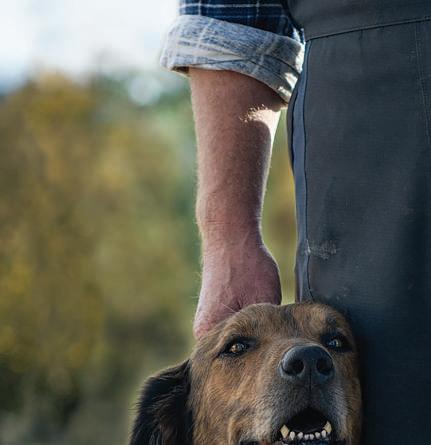












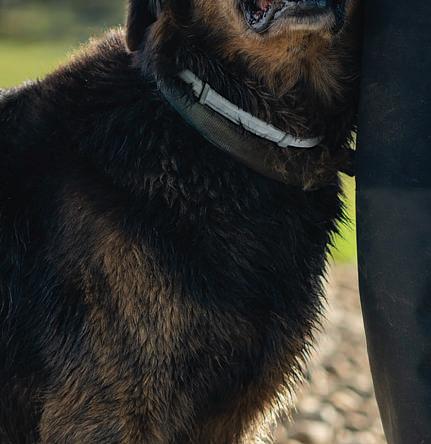



























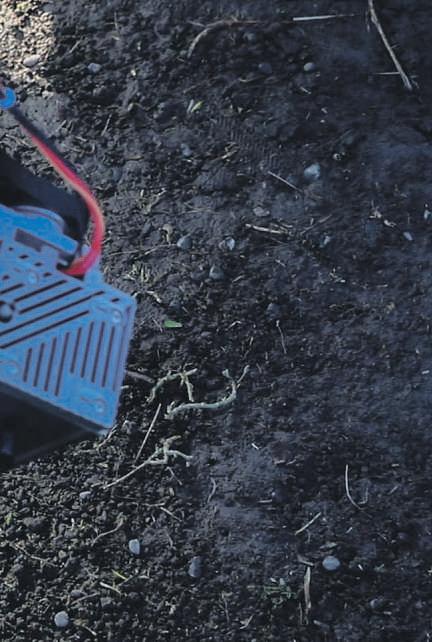


is its ability to target the weeds that seed, spread and suck up nutrients.
At first, Shand was doubtful of the technology as he was so used to his regular control methods, like his four-legged weed mowers – his sheep.
But in knowing how many chemicals go into fruit and vegetables, he was open to seeing what the technology could do.
“Then I saw how they could actually pinpoint a weed and how quickly the weed disappeared. The thing with weed spray, it does last longer, but there’s no instant really liked about piece of machinery that it wasn’t er-complicated. I could understand the gist of why and how it works.’’








With the extra funding and development, Shand expects the system to save a lot of
Dr Kioumars Ghamkhar
time, effort and machinery.
Australasia’s managing director for agritech firm CropX, Eitan Dan, was impressed by the system’s ability to target only unwanted plants and weeds in their early stages of growth, trained by AI to distinguish between different weeds.
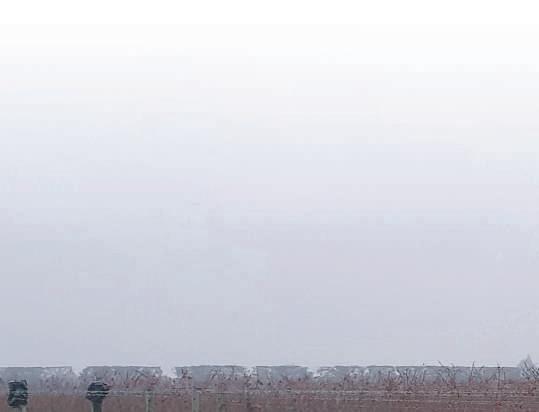
“I think this is the exact thing when you are saying ‘precision agriculture’. You are dealing precisely with a problem without harming everything around it,” Dan says.
Ghamkhar says: “It’s so smart, the system
detects weeds at the two or three-leaf stage. Even if the crop has two or three leaves as well, it will just target the weed because it knows what it is at species level.’’
The AI has been trained by human intervention to recognise different plant species and can detect up to six species at one time.
The system has been tested in vineyards that have many weeds, including clover. But Ghamkhar says some vineyards do not want to kill their clover, so the unit can identify that within the crop, avoid it and kill other unwanted weeds.
He is yet to discover the full potential for lasers, but says the ‘Map and Zap’ system is a decent starting point.
“There’s a lot of uses to come for us to understand the amazing things lasers can do. One of the most interesting for my field, which is plant science and agriculture, was this.”
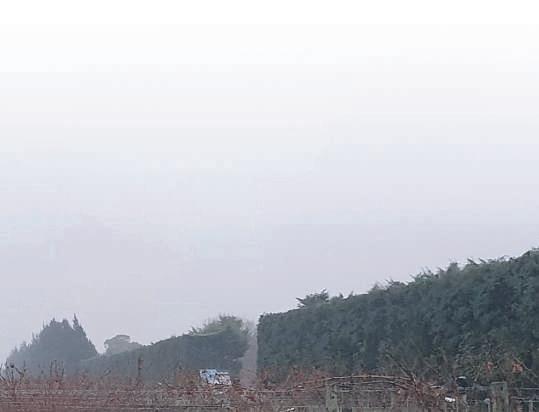
Below:Thefour-leggedweedmowersat Straight8Estateareco-ownerJamesShand’s preferenceoverchemicalswhenitcomesto controllingweeds



Norman Johnson, who has died aged 102, pioneered the idea of once-a-day milking. He put his longevity down to avoiding “booze, cigarettes and wild women”. By our Taranaki reporters.
In 2022, Norman Johnson reckoned he got to his hundredth birthday by avoiding “booze, cigarettes and wild women”. That diet got him by for a further two years, with the Ōpunake farmer dying on August 7 at the Skeet Rd farm he moved to as a child.
Interviewed by the Taranaki Daily News in 2022, Johnson, known as Norm, said he expected anothervisit from the newspaper when he hit 110. “I might have to go and get my driver’s licence again.”
Norm milked the cows on his farm into his 98th year and maintained good mobility, with the help of a metal bar he used as a walking stick.
He moved with his mother and father William and Esme to his Skeet Rd farm nearŌpunake at the age of7,and neversaw much point in leaving.
An only child, he never left the North Island, travelling no further than Hawke’s Bay – “it was hot and there was a lot of fruit”, and to Auckland “to visit my aunt”.
“I have a very contented attitude.”
He put his longevity down to eating a variety of food, keeping an interest “in everything” and having a good immune system.
His farming career was always central to his life. Norm finished school at 15 and helped his parents pay off their mortgage on the farm by working for nothing.
Much of his early days farming was spent milking in a six-bay, walk-through shed, and it would take three hours to milk about 40 cows.
He was a pioneer of once-a-day milking, and made the switch in the 1970s after his father died, so he would have the time to disprove allegations bythe Inland Revenue Department that his father had committed tax fraud. “People said I was crazy, that once a day would never work,” he said.
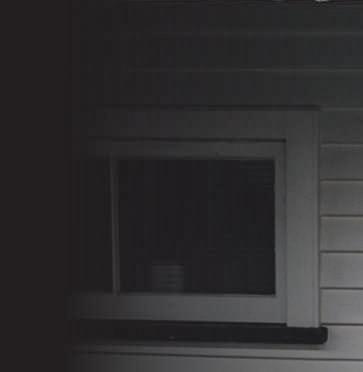
As well as farming, he loved cars. One of his most prized possessions was a near-immaculate 1953 Chevrolet Styleline Deluxe, bought new by his dad and still running smooth more than 70 years later.

“If that Chevy could talk, she’d tell some stories,” he told a reporter in 2022.
Despite being a lifelong bachelor, he said he was popular with the ladies. But the most important lady in his life, his mum, was hard to please. “She said to me ‘if they’re too fat, too thin, too young, too old ornot yourtype,give herup orget out’.”
Even though he said he had the money, he neverthought about extending his farm. Instead,he decided to help others get some land. “For some people, the bank wouldn’t lend them money, so I’d help them out I only had one couple let me down.”
A service was held to celebrate Norm at Manaia Community Church on August 13


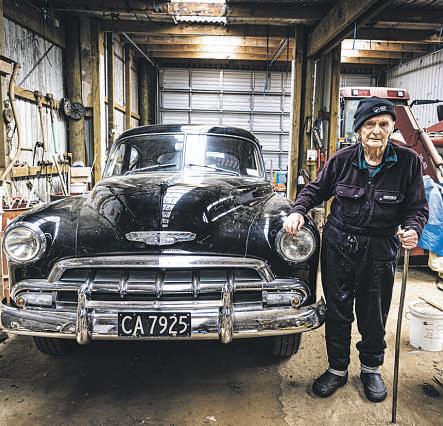

Main:Long-time SouthTaranaki farmerNorman ‘Norm’Johnsondied onAugust7,aged102.

Above:Heusedto lovetakingaridein his1953Chevroletto ŌpunakeonSundays.
VANESSA LAURIE/ TARANAKI DAILY NEWS
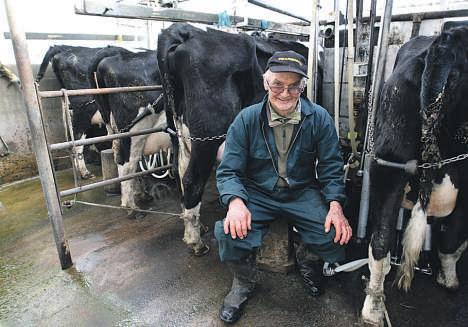
‘We’re all going’:
The dairy co-op will be disestablishing the roles – ‘many’ of which are vacant – as part of a restructure at its London Street office in Hamilton.
By Madeleine Powers
Fonterra has confirmed 80 finance jobs will be cut at its London St office in Hamilton’s CBD. The roles, “many” of which are vacant, would be disestablished as part of a restructure, chief financial officer Andrew Murray told Waikato Times in a statement It’s understood staff were informed on August 23 about the outcome of consultation which began in late July.
The farmer-owned dairy co-op will be outsourcing work to its existing partner Accenture accounting firm,which has offices in the Philippines and India
Murray said they acknowledged there would be some “role impacts”, and they would be supporting those affected into new





Dairy co-op Fonterra is disestablishing 80 finance jobs and outsourcing work to the Philippines and India as part of an “efficient shared-services model”.




KELLY HODEL/ WAIKATO TIMES









Inset:Normin 2012,whenhewas 89 Hemilkedhis cowsdailyuntilhe was98.

TARANAKI DAILY NEWS


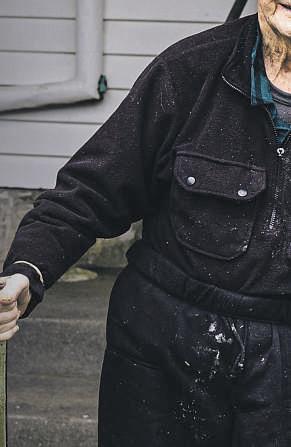
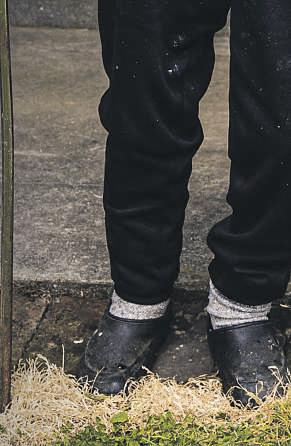




roles that were being created
“There are new positions being created within the Fonterra service hub, now and further down the track, as we continue to develop an efficient shared-services model for Fonterra.”
A staff member affected by the changes said a “handful” of jobs had been created within the finance team for employees to apply for, but in the current circumstances, they were not sure if they would do so, as it would be a “difficult environment”.
They said staff were told in a meeting late
last month that the proposed changes were going ahead and would be completed bythe end of the year.
They said it was the first time they had heard of outsourcing happening at this scale.
“Banks do things like that.”
The staffer said the Hamilton-based employees – some coming from farming backgrounds – couldn’t believe that farmers would allow it.
“Is that the spirit of the co-op, to send jobs offshore? Shouldn’t it be to build up New Zealand?”

“We’re all going. It’s all done and dusted.”
They said the impacted staff would be responsible fortraining theirManilla and Bangalore-based replacements, starting last week.
Mathew Zonderop, Waikato sharemilker and provincial dairy chairperson for Federated Farmers.
“You have to train people to do your job. No-one can believe it’s happening.”
But farmers said it was out of their hands
Mathew Zonderop, Waikato sharemilker and provincial dairy chairperson for Federated Farmers, said while the decision was “brutal”, farmer shareholders understood it was an operational matter and not something they had say in “It’s a Fonterra operational issue. Unfortunately that’s the way the co-op works.”
He said Fonterra was doing what farmer shareholders expected of the business. “If it means more money in theirback pocket,they’re not going to question it.”
While he didn’t agree with the decision to outsource jobs overseas, it’s the way that many businesses were going.
An international health product company, which has acquired a Hamilton-based dairy processing facility, is turning its focus to producing nutritional products.
New Image purchased Food Waikato – including an open-access spray-drying facility – in December last year, just as the business was going into liquidation.
New Image was founded by Graeme Clegg, a New Zealand sheep farmer from Masterton who started the nutritional supplement business in 1984 after researching the healing properties of colostrum.
Since acquiring Food Waikato, “a few million” has been spent on the plant, which chief executive Trevor Lock says will have all new machinery by October.
Lock says the company has big plans to expand colostrum production and make new nutritional products that are backed by science. “We’ve turned this business around completely.”
He says planned upgrades and investment in new technology at the plant will enable them to develop nutritional products using colostrum, as well as goat, sheep and deer milk.
Lock’s appointment as chief executive at Food Waikato marks a turning point in his career. He was imprisoned for six years in 2017 after an investigation by the serious fraud office led to a conviction.
Formerly known as the “father of colostrum”, Lock worked as a dairy scientist and owned two nutritional companies producing colostrum products before his conviction.
Lock says it’s his mission to find the science to support the benefits of colostrum, which he says is crucial to their business.
“There is some science, but not a lot,” said Lock.
One way they are looking to expand this is by partnering with the University of Waikato
The company plans to invest $150,000










By Madeleine Powers




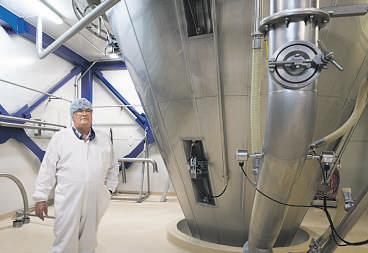
in a research venture with the university to achieve its goal of having more research to back the benefits of colostrum.
One of the main touted benefits of colostrum is healing and repair of the gut.
Lock says he takes four colostrum capsules a day, which improves his gut health. Eating unhealthy food creates holes




























in the gut, he says, and colostrum helps to close the holes. Colostrum is rich in immuneboosting immunoglobulin, otherwise known as antibodies, which are the body’s main defence against disease-causing viruses, bacteria and fungi
A colostrum supplement company started by a medical doctor in the United States is facing a lawsuit over its ambitious claims about the health benefits of its colostrum products.
New Image colostrum products are sold in 26 countries, and are particularly popular in Southeast Asian countries Taiwan, Malaysia and Singapore where they are sold using a multi-level marketing strategy.
While the colostrum products sell well overseas, Lock says they didn’t take off in the New Zealand retail market.
His company plans to increase its production of colostrum going forward, as











well as develop new products using deer, sheep and goat milk.
The company has started a campaign to recruit dairy farmer suppliers, and said farmers could make $25,920 from a 600-cow herd based on a $2.25 per litre average rate.
Farmers who sign up for the five-year supply contract will receive a stainless steel collection vat and stand worth $10,000.
The payout is higher for immunoglobulinrich colostrum produced by cows in the first hours after birth.
Lock says there are strict rules and regulations in place to make sure the calf gets the colostrum it needs as well, and only a portion of the total colostrum can be harvested.
While it takes extra time and effort to harvest colostrum at an already busy time of the year for farmers, he says it’s a way to add to the income stream of the farm.
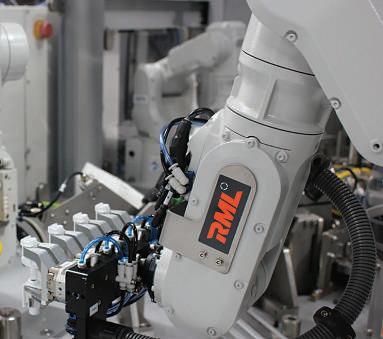

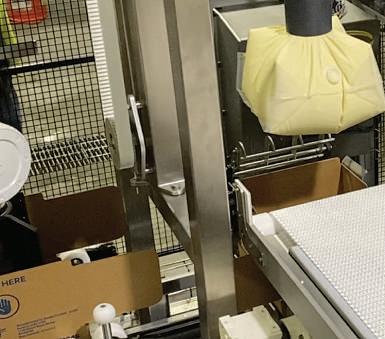
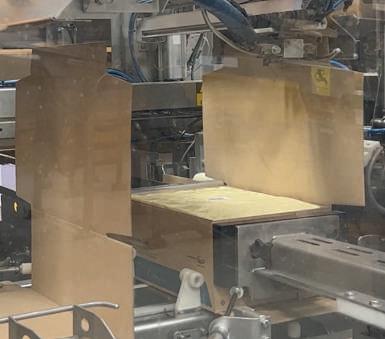
Members of the horticulture and viticulture industry have praised recent changes to the country’s RSE scheme, but the unions do not feel the same way.
By Kiah Radcliffe.
Changes to the Recognised Seasonal Employer (RSE) scheme announced by the coalition Government last month have earned praise from the horticulture and viticulture industry, while unions and the Equal Employment Opportunities Commissioner have raised concerns.

A statement released by Immigration Minister Erica Stanford and Foreign Affairs Minister Winston Peters said they were supporting growth in the industry by revitalising the scheme and increasing the cap on the number of workers.
Stanford said that they were committed to increasing the number of RSE workers over time in line with industry demand and balanced against the availability of New Zealand workers and accommodation for RSE workers.
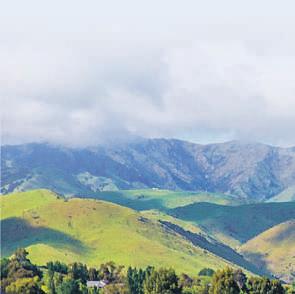
of 1250 RSE workers, she said.
Other changes to the scheme included employers being required to pay workers an average of 30 hours a week over four weeks.
The pause on accommodation cost increases would be lifted and the requirement to pay RSE workers 10% above the minimum wage would only apply to experienced workers.
There would be improved flexibility for RSE workers to move between employers and regions and workers visas would be multi-entry during a season.
Workers would be able to participate in training and skills development not directly related to their role and they would no longer have to be screened for HIV, aligning them with other temporaryvisa applicant requirements. Workers from Timor-Leste would also be included in the scheme.

That was why the cap on the number of workers would be increasing from 19,500 to 20,750 for the 2024-25 season, an increase
Peters said the RSE scheme was central to New Zealand’s relationships in the Pacific and had delivered “tremendous benefits” to everyone involved.
“New Zealand is committed to supporting Pacific priorities. That is why these changes include broader opportunities for skills development, greater flexibility in visa settings, and pay based on experience.”
Most of the changes would be implemented by early September and further time would be needed to set up the infrastructure and processes on the ground for Timor-Leste to participate
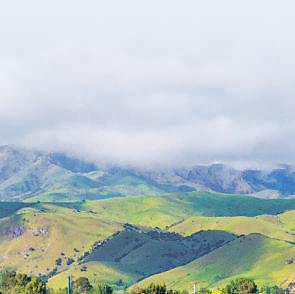
the wider RSE system and worker welfare settings”
New Zealand Winegrowers and Horticulture New Zealand have praised the Government’s changes to the RSE scheme.
NZ Winegrowers chief executive Phillip Gregan said they applauded the increase of RSE worker numbers to 20,750 and the “sensible improvements” made to the scheme.
“The changes announced to boost RSE worker numbers will enable the industry to plan with certainty for future growth.”

Stanford said these changes were “just the start” and the next phase of the programme would consider substantive, longer-term options to “further improve

workers would be paid above the minimum wage, she said.

Sumeo said in October 2023 the Ministry of Business Innovation and Employment undertook its own policy review which made strong recommendations to protect the human rights of RSE workers.
So it was “concerning to see an increase in the number of workers who can come to Aotearoa New Zealand when these basic human rights protections have not been implemented”.
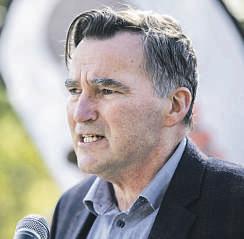
Horticulture NZ agreed. Chief executive Nadine Tunley said the changes supported the horticulture industry’s goal of doubling the farmgate value of horticultural production by 2035. “New Zealand growers will welcome the improved flexibility for RSE workers to return home in the event of family emergencies, as well as the ability to move amongst regions and employers a little more easily.”
Equal Employment Opportunities (EEO) commissioner Saunoamaali’i Dr Karanina Sumeo said while it was “pleasing” to see some of the changes made to the scheme, other changes raised concerns about reduced protections for workers One concern was that only experienced
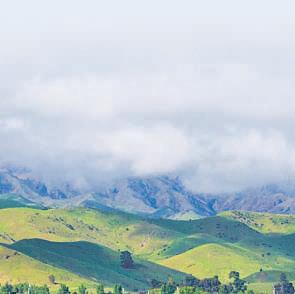

First Union New Zealand and New Zealand Council of Trade Unions Te Kauae Kaimahi (NZCTU) were “strongly opposed” to the changes made to the scheme, which they believed would see many RSE workers pay cut while forcing them to pay more accommodation.
NZCTU president Richard Wagstaff said it was unacceptable that there was no consultation with workers before the changes were made.
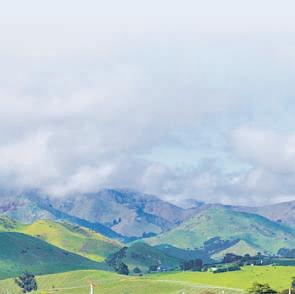

“The RSE scheme already took advantage of vulnerable workers through low-pay and poor conditions, and it was rife for abuse from unscrupulous employers The changes announced will mean that migrant workers will face even greater exploitation and abuse.”
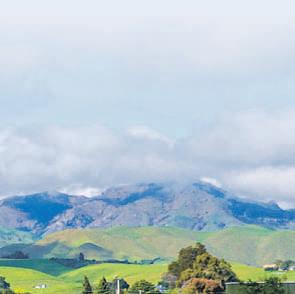

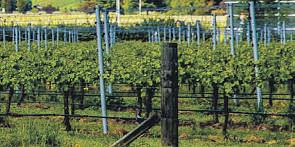
That means brand new types of apples, grass and kiwifruit could be growing in New Zealand by 2026.
By Glenn McConnell.
Science and Innovation Minister Judith Collins is promising that New Zealand’s genetic engineering “ban” will be over by the end of next year. Collins and Prime Minister Christopher Luxon campaigned on removing the “ban” on farming genetic engineered crops and organisms, which had been a hot button issue in the early 2000s through “corngate”. As a result, the restrictive legislation governing gene editing has been in place since 2003
Current regulation of gene editing (GE) and genetically modified organisms (GMO) make it very difficult for farms to produce anything from crops, livestock or grasses that have been gene edited. By restricting the growth of gene edited crops, New Zealand can market itself as “GMO free” even though some

local researchers do work on gene editing projects
Speaking with Prime Minister Christopher Luxon at Plant and Food Research in Auckland last month, Collins said she was ready to introduce a bill to overhaul New Zealand’s GE laws.
“Restrictive rules and time-consuming processes have made research outside the lab almost impossible, resulting in New Zealand falling behind. These changes will bring New Zealand up to global best practice and ensure we
Plant and Food Research operates quarantine facilities for its research.
Prime Minister Christopher Luxon and Science, Innovation and Technology Minister Judith Collins announced the change to GE laws last month. IAIN MCGREGOR/ STUFF
ACT Party supported it, and celebrated confirmation that change was on the way.
ACT Party science spokesperson Dr Parmjeet Parmar said it had been common for New Zealand scientists to make breakthroughs, but then have to move offshore to test and sell their products. “This news shows how we have a different type of government, willing to do what Clark, Key, and Ardern failed to do, bringing New Zealand into the century, even if 24 years late,” she said.
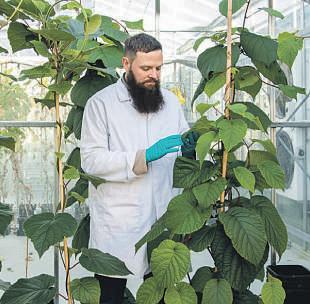
can capitalise on the benefits,” she said. She said her bill would be based on Australia’s legislation, and would see the establishment of a GE regulator. During the campaign, the Labour and Green parties were cautious about opening up the GE laws. While the
Parmar used the example of “a red-fleshed apple”; its developers weren’t allowed to taste-test the apple in New Zealand, she said – so they flew to the US to sample it. Collins used the example of modified grasses, which should reduce methane emissions cows. She said there had been breakthroughs at New Zealand biotech labs, but they had to relocate that study to the US to do field testing. She expected the new GE law to be in place by the end of 2025


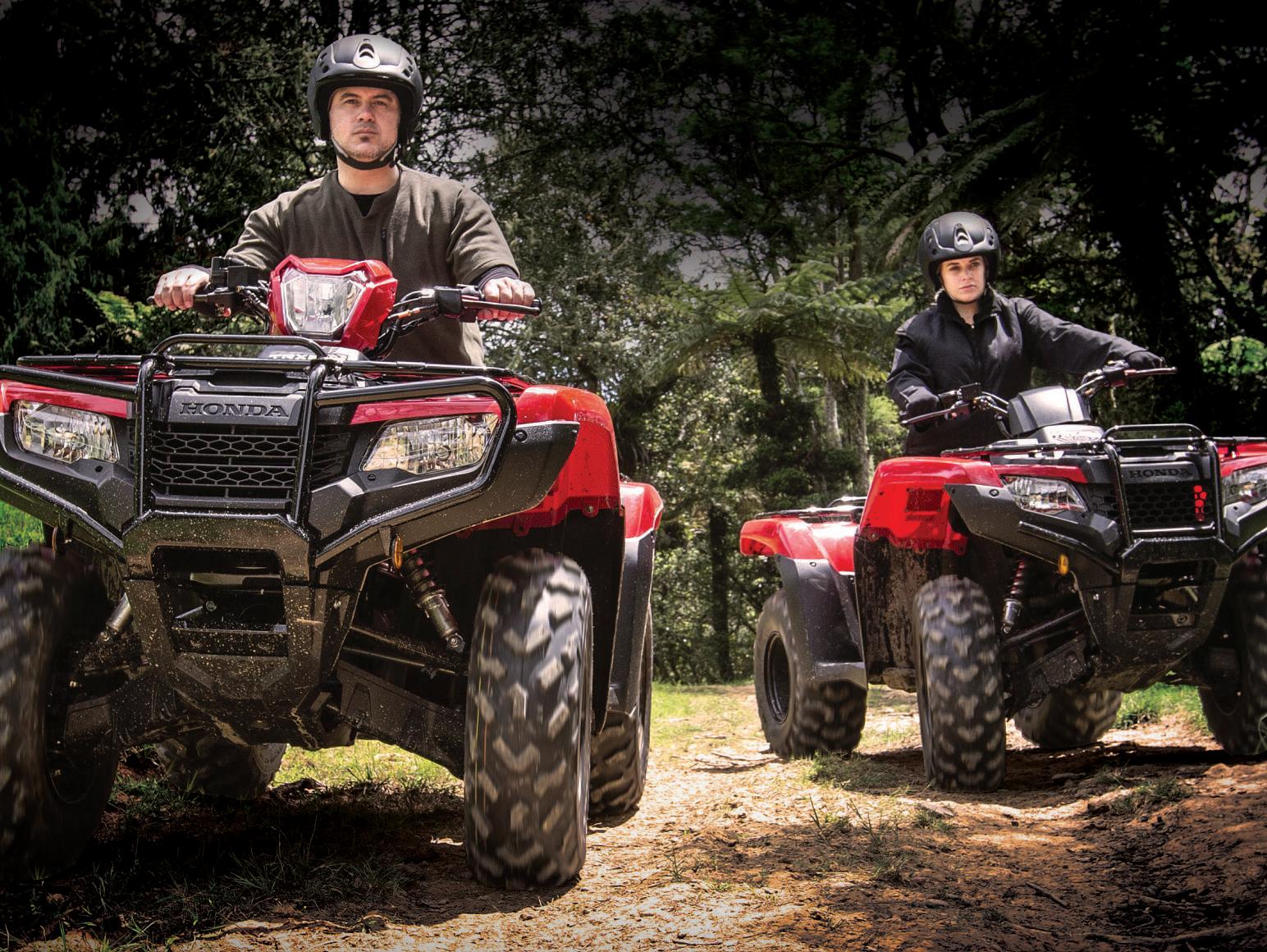
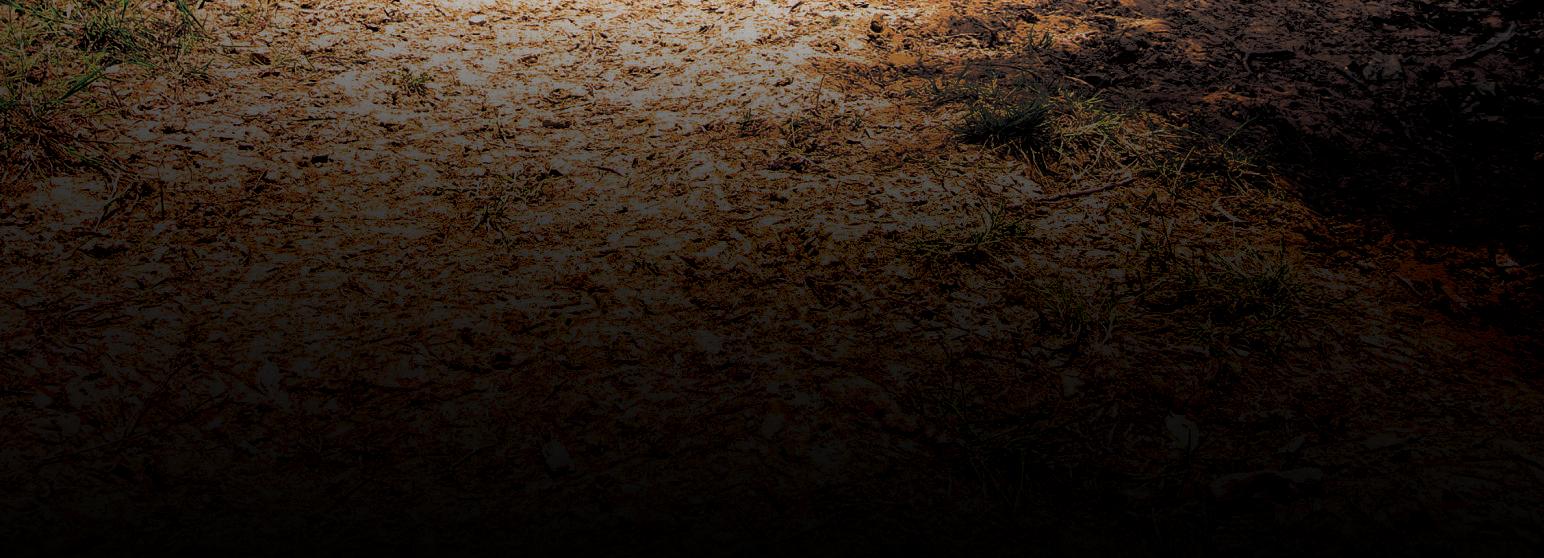

Andrew Stewart is a fourth-generation sheep and beef farmer in the Rangitikei region. He and wife Kylie also run Rangitikei Farmstay and The Mudder as successful diversifications on the family farm. He writes regular columns for Stuff and NZFarmer
With tough financial times on farms this year, there has been a lot of talk about ways to diversify. There are numerous ways of doing this but many options, such as tourism, can involve large amounts of capital to fund the necessary infrastructure And with financial hardship impacting many parts of the economy, there are no guarantees of capturing any further income.
One area that can be focused on is capturing value from what is already available on the farm. This could be something as simple as selling some machinery and then borrowing or hiring when needed.
But what about capturing value from existing products that already grow on the farm? Many hill country farms, ours included, have an abundance of trees growing at a wide variety of ages The generations before me planted thousands of poplars and willows to help stabilise the land. Those trees have now reached an age and size where they need to be managed before they start to naturally disintegrate, which can cause enormous problems from the sheer size of the trees.
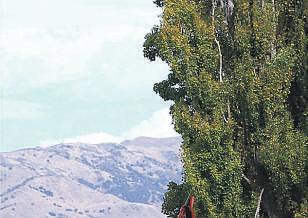
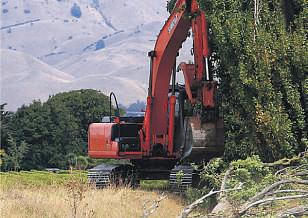

Many Hawkes Bay farms have poplar trees and trials looking at the costs invoved in milling these trees have found there is money to be made.


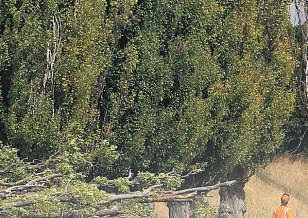
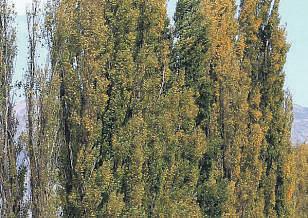


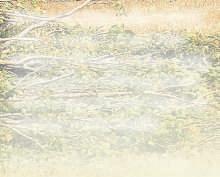
SCOTT HAMMOND/ MARLBOROUGH EXPRESS
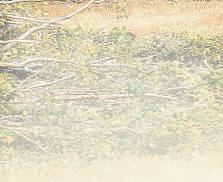

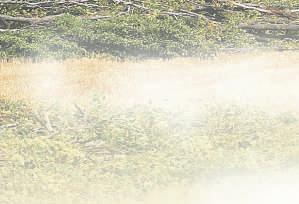


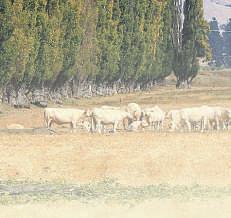
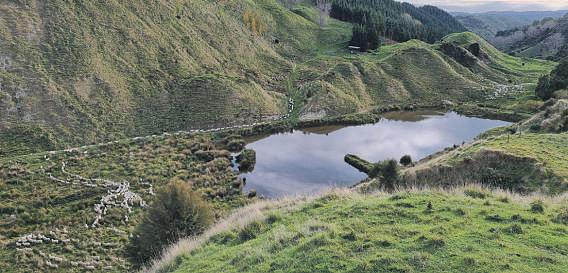

In Hawke’s Bay, where there are many farms with “old man” poplars, they have investigated the financial implications of milling these trees. The Tukituki Landcare Group has run a number of trials to measure the costs involved and also to see what the quality of the milled
timber is like. And the results would probably surprise many farmers. Elsthorpe farmer, Tim Forbes, has been cutting down and milling 10 trees a year using an on-site miller to reduce wastage and transport costs. He estimates a return after all costs of $3000 per tree, which has added an extra $30,000 a year to his bottom line.
In another trial, Central Hawke’s Bay
The search is on to find the top Māori sheep and beef farm with entries now open for the 2025 Ahuwhenua Trophy competition.
Inaugurated in 1933 by the then Governor-General Lord Bledisloe and one of te ao Māori’s greatest leaders Sir Apirana Ngata, the competition was set up to foster the growth and development of Māori in livestock farming and horticulture. It alternates between dairy, sheep and beef and horticulture, and 2025 it is the turn of sheep and beef farmers to compete.
The start of the 2025 competition was announced at the annual conference of the New Zealand Institute of Primary Industry Management (NZIPIM) in Hamilton.
Nukuhia Hadfield, chairperson of the Ahuwhenua Trophy Management Committee, told the gathering it was very appropriate that the 2025 competition was launched at the NZIPIM conference.
She says rural professionals have and continue to play a significant role in the development of Māori farming in Aotearoa, adding it’s great to see NZIPIM taking the initiative to boost the capability of qualified Māori agri professionals.
Hadfield urged rural professionals to promote the competition and to encourage Māori sheep and beef farmers to enter saying they also stand to gain in having an innovative and successful Māori agribusiness sector.
Hadfield and her husband Bart are previous winners of the Ahuwhenua competition for sheep and beef and she says as farmers being just entrants, let alone winners was hugely beneficial to them.
“As part of the judging process, each farm is carefully evaluated by an experienced team of rural professionals and as part of the process they offer insightful comments that will benefit the owners. We certainly found this to be the case and others who have entered the competition have said the same thing,” she says.
Hadfield says the competition is an opportunity for Māori to showcase the excellence of their sheep and beef farming operations. Māori farming makes a significant contribution to the country’s economy, with Māori contributing to more than 15% of the total earnings of the sheep and beef sector.
NZIPIM chief executive Jo Finer says the
Andrew Stewart has pines and poplars planted on his hill-country farm primarily for erosion control, but others are milling poplars for timber that can be up to five times stronger than pine.
farmer Evan Potter milled poplars from his farm to use for sheep and cattle yard timber and fence battens. Three large 60-year-old trees were felled along with a tree that was blown over, and the logs were milled on farm over an eight-day period.
About 3m3 of timber from each tree was milled, which in turn produced 852 battens and 2716 lineal metres of rails suitable for building yards. The on-site milling cost an estimated $1000 per day, plus an extra
With the trophy, from left: chairperson, Nukuhia Hadfield, Jo Finer and Rob Macnab, from NZIPIM, and Leigh Bason.
$3500 for hiring a tractor and some extra labour. The resulting timber was also going to be treated at a later date at about $150 to $195 per cubed metre. This meant Potter was able to use timber grown on his own farm to carry out some significant building projects
But what is the timber like? Milled poplar is actually a surprisingly good wood. One Hawke’s Bay farmer has fence battens that are 65 years old and still going strong. It is estimated poplar can be up to five times stronger than pine, and is more durable and significantly lighter as well. Couple this with the fact that poplars are fantastic for combating erosion and stabilising hill country, and you have a sustainable resource that provides a valuable commodity. And if planted at the correct spacing, they can also provide an income from carbon whilst still allowing grazing underneath the trees. These trials are proving that even the biggest and ugliest trees can be turned into a valuable commodity.
Maybe many of us can make some money from our monsters.

goals of the competition align well with the aspirations of the NZIPIM, where in the Māori Agribusiness conference session they seek to share the insights and initiatives from the industry experts they collaborate with.
“NZIPIM members wish to work and grow with people who will engage effectively with Māori landowners and whenua Māori entities involved the primary sector in Aotearoa.”
The competition is open to individual
Beef + Lamb
New Zealand chairperson, and mid-Canterbury sheep, beef and dairy farmer, Kate Acland says despite the challenges facing the sector, it is important to focus on the opportunities.
Farmers are facin perf storm with weake global prices for lamb, a 33% increase in costs in the last three years and drought in parts of the country.
B+LNZ’s latest report on stock numbers is another reminder of how tough it is out there for the red meat sector at the moment.
The report shows a reduction of 4.3% in sheep numbers in June 2024, off the back of a reduction the year before. Beef cattle numbers were down 2.1%, particularly in the South Island, but relatively stable in the North Island.
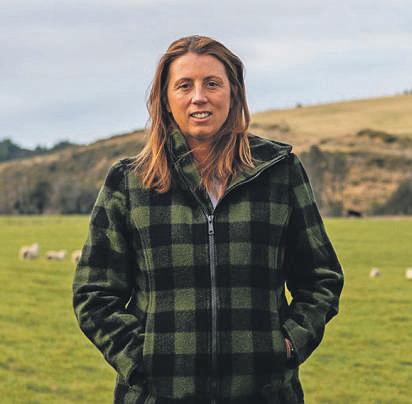
It’s important to understand the context behind these numbers. In the last few years, the main driver of reducing stock numbers has been the conversion of sheep and beef farms into carbon forestry. This year, the main driver was the drought that has hit many sheep and beef producing areas.
Livestock were processed earlier, particularly in the South Island, as farmers responded to forecast drier conditions as a
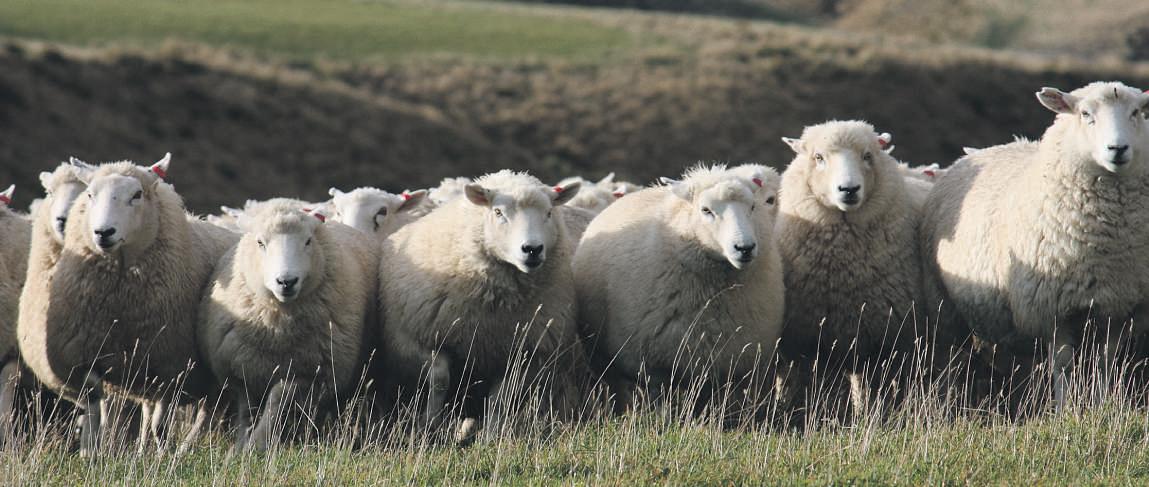
result of El Nino. In my region, CanterburyMarlborough, both sheep and beef cattle total numbers are down by around 11-12%.
Farmers destocked hoggets in greater numbers to try to protect their breeding ewes during mating and through pregnancy to support good lambing. Despite this, the lamb crop is expected to be down by nearly a million on last year due to the reduction in breeding ewes and lower lambing percentage because of the dry conditions.
Although there has been a slowdown in land use change to forestry due to policy uncertainty, the Ministry for Primary Industries (MPI) still expects to see a further 50,000 hectares of sheep and beef country to be planted this year.
In the three years from 2019 to 2022, there were 180,000ha of sheep and beef


farmland sold to forestry, this translates to around 1.4 million stock units in these three years alone.
I have just returned from the LambEx conference in Australia where the mood was optimistic about the future. While the Australians don’t expect China to recover in the next six months at least, they are upbeat about opportunities in the UK, EU and US and that China will eventually rebound.
There was very little talk of environmental regulation at the two-day conference. What conversations there were focused on rewarding farmers for reducing their emissions or increasing their sequestration.
With around 35% of Australia’s lamb consumed domestically (compared to 5% in New Zealand), there was a large focus on consumer drivers. Eating quality, the importance of consistency in customer eating experience and the ability to create a premium for farmers who meet these quality marks were all topics of discussion.
Animal welfare, again driven by consumer sentiment, was topical. The Australians have embraced transparency in all they do, but most notably in animal welfare with an annual publication where they report the good, the bad and the progress they are making to build trust with
consumers. Ultimately, they are proud of what they do and what they produce, and want consumers to be part of that.
I believe the difference in mood of farmers between our two countries stems from the immense challenges our farmers have been facing after six years of relentless stress due to domestic regulations, which have worn many of us down. While we are making progress on landing more sensible approaches, the job is not done yet and the uncertainty keeps me up at night.
The Australians were also bullish about their sustainability story and this reinforced to me that we really need to continue to promote why we farm the way we do, and the many wider nature positive benefits.
Our extensive sheep and beef farmers, above any other agricultural sector in New Zealand, and arguably in Australia, are playing a critical role in protecting New Zealand’s biodiversity. Our sector has reduced its absolute greenhouse gas emissions by nearly 40% since 1990 and is offsetting most of the remainder through the woodyvegetation on our farms.
When we are all re-doing our budgets, we need to take a leaf out of the Australians. Like us, they are facing really difficult times, but they remain focused on the opportunities.
Dose alldogswho reside near sheep with Praziquantel monthlyoratleast 48 hoursbefore visiting sheep, to preventsheep measles.
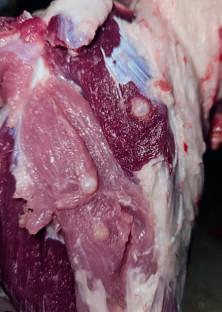
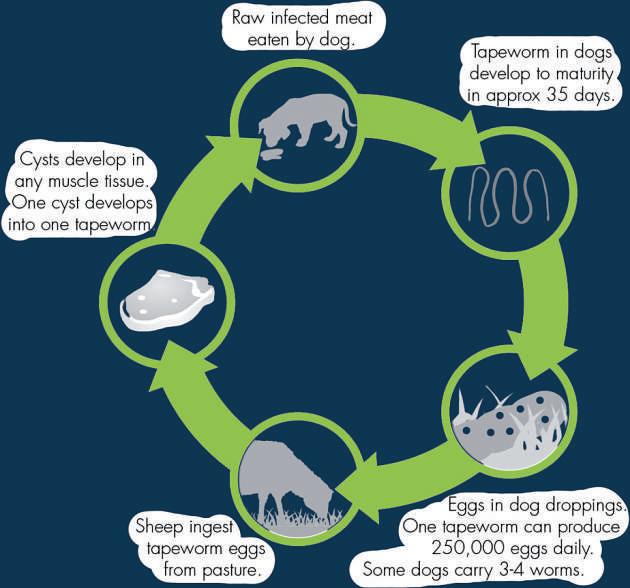

● September 5; B+LNZ
Forages ForThe Future field day, Te Anau
Wanting to learn key points about how to boost your forage and pasture production this season? Or how you can identify best practice fertiliser application that will support pasture production? Join the discussion with Allister Moorhead and Jim Risk.
Info at beeflambnz.com/events
● September 6; B+LNZ
Farming ForProfit field day, Forage ForProfit Nelson/West Coast
Attend an informative and enjoyable day at Lenticular Lake Station.
Info at beeflambnz.com/events
● September 7; Department of Conservation Rangitāiki Wetland Day, Bayof Plenty
An event dedicated to conservation and practical support for landowners interested in wetland restoration. Info at dairynz.co.nz/events
● September 10; B+LNZ
Wormwise Advanced Farm Systems workshop
Ngāhinapōuri
Widespread triple drench resistance in sheep and cattle combined with poor sheep returns, environmental regulations and high farm costs are threatening the profitability and land use of traditional drystock farms. Info at beeflambnz.com/events
● September 11; Dairy Women’s Network Trusts 101 – What Are Theyand Why Might You Need One? webinar
Are you curious about trusts, but unsure where to start? Whether you’re new to the concept or looking to deepen your knowledge, you’ll be taken through each of the what, why and how steps with the opportunity to ask your questions at the end.
Info at dwn.co.nz/events
● September 12; Owl Farm Farm Focus Day– Responding To Data,Cambridge
A range of seasonally relevant topics including:
■ Owl Farm Wagonwheel KPIs 23/24
■ Update from spring – what are we learning from collar data
■ Preparing for the season ahead Everyone welcome – lunch provided. Info at owlfarm.nz
● September 13; B+LNZ
Farming ForProfit field day,Marton Maximising profitability out of beef systems with and without technology. Attend an engaging afternoon to talk beef on Hamish and Glen Stewart’s property and compare beef systems and how to maximise profitability.
Info at beeflambnz.com/events
● September 19; B+LNZ Lean Farming workshops,Culverden and Darfield
Make your farm better, smarter, and more productive with Lean consultant
Jana Hocken This workshop’s learnings are being used throughout the country, focusing on reducing waste and improving productivity. The goal is to help reduce problems and stresses faced by farmers every day.
Info at beeflambnz.com/events
● September 23; B+LNZ Farming ForProfit field day,Drench Resistance – Welcome To The Club, Masterton and Eketahuna
If you have read the Art of War, you’ll know that any decent battle plan first starts with knowing yourself, and a close second is knowing your enemy.
If you know neither, the battle is already lost.
Info at beeflambnz.com/events
● September 25; DairyNZ DairyTraining Limited,Emerging Leadership,Matamata
This free course is suitable for emerging leaders including 2IC, herd managers, and new managers. Participants will require support and guidance from on-farm seniors. The timetable includes a pre-course online introductory session, four in-person workshops and between class contact.
Info at dairynz.co.nz/events
● B+LNZ
Growing Great Lambs workshops various dates and locations
A free interactive workshop to help farmers understand the complexities of lamb production It covers the pre-lamb drivers, birth to weaning and post-
weaning management.
Info at beeflambnz.com/events
● B+LNZ
BetterRam Buying Decisions workshops, various dates and locations
Want to make better ram-buying decisions? Ram-buying season is almost upon us again and this workshop aims to provide farmers with the basic principles of genetics to consider when selecting rams and showcase some of the tools available to help with their selection.
Info at beeflambnz.com/events
● October 10; B+LNZ
Beef + Lamb NewZealand Awards 2024,Hamilton
Attend the Beef + Lamb New Zealand Awards at Claudelands Event Centre, Hamilton, for the announcement of this year’s award winners. Tickets on sale now.
● DairyNZ Brunch On Us, various dates and locations
Join DairyNZ for its “Brunch On Us” events, designed to bring the rural community together. Whether you’re knee-deep in dairy, beef, sheep horticulture or honey, this event is for you and your family!
Info at dairynz.co.nz/events
Registration is essential for many events. Check out the websites for more details.



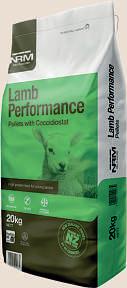


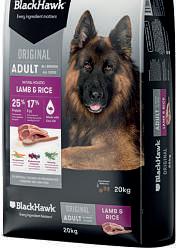
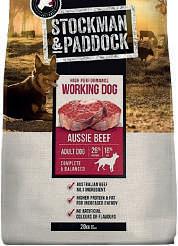
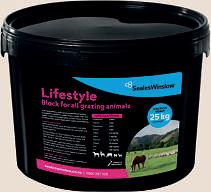



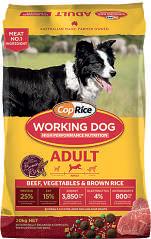
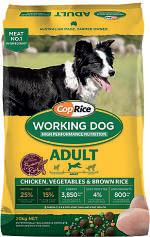

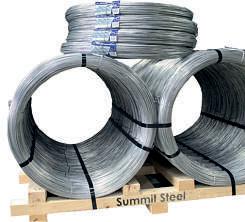
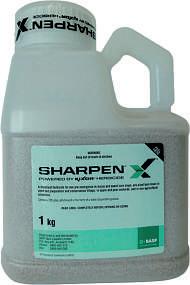






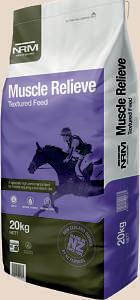
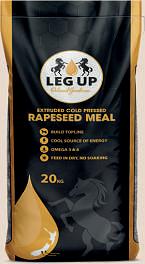
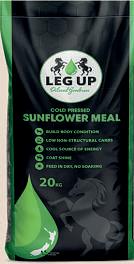






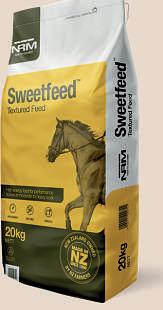

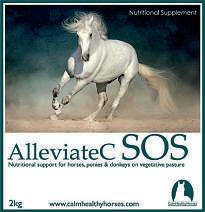
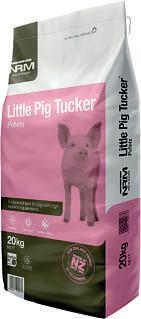
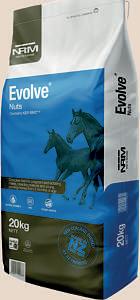
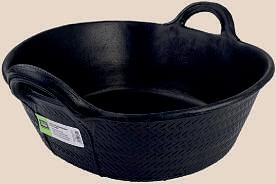
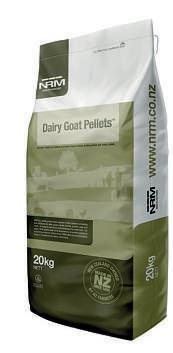
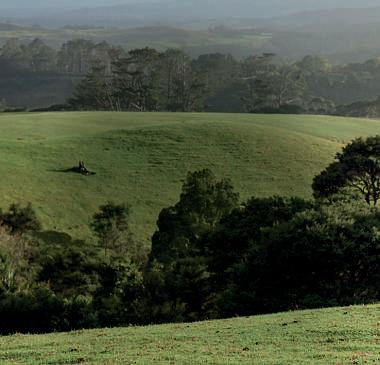








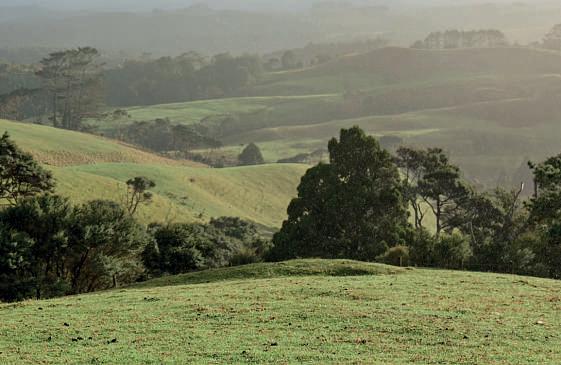
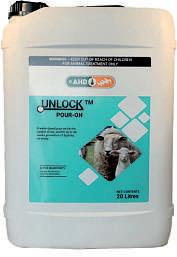













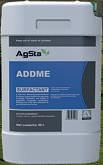




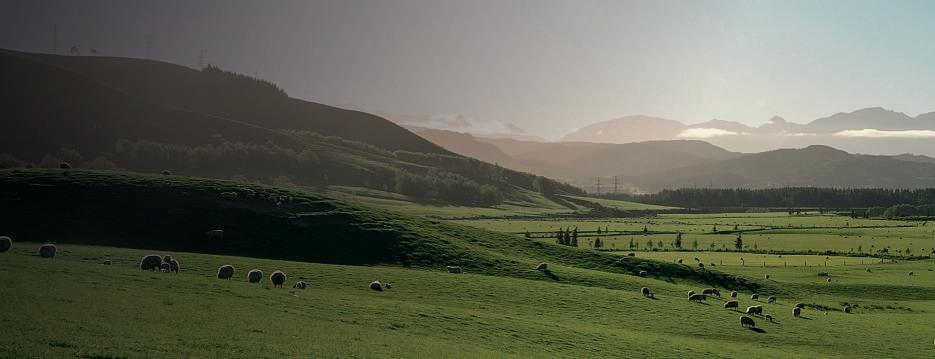



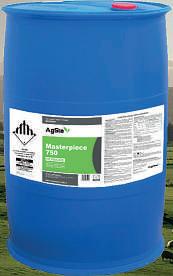






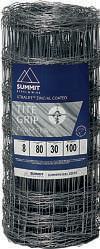
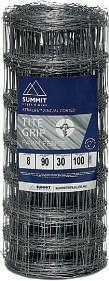





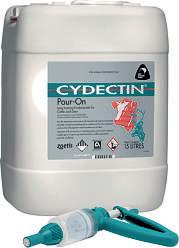










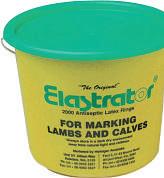
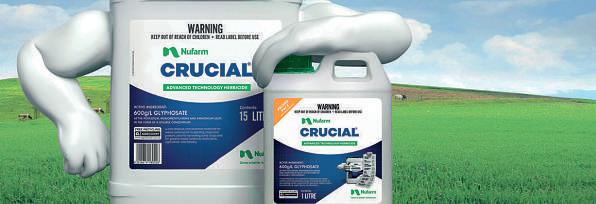

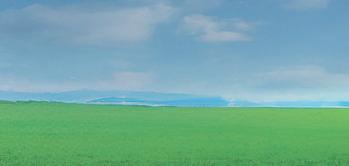




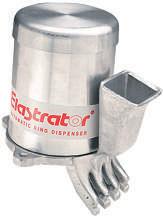
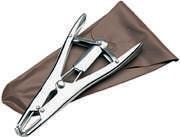
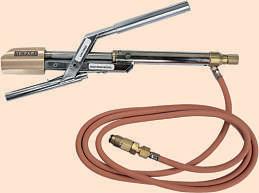
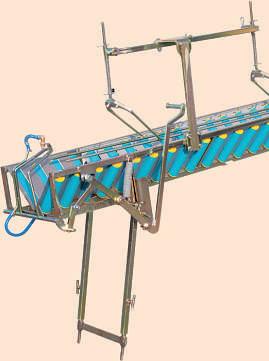















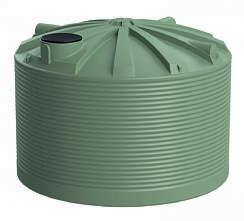



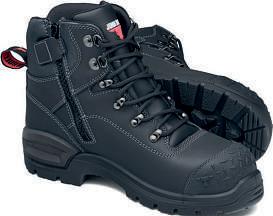
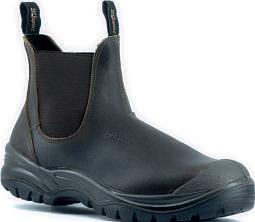







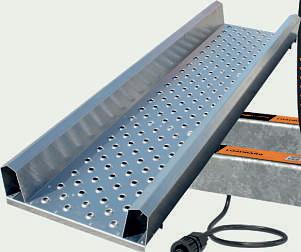


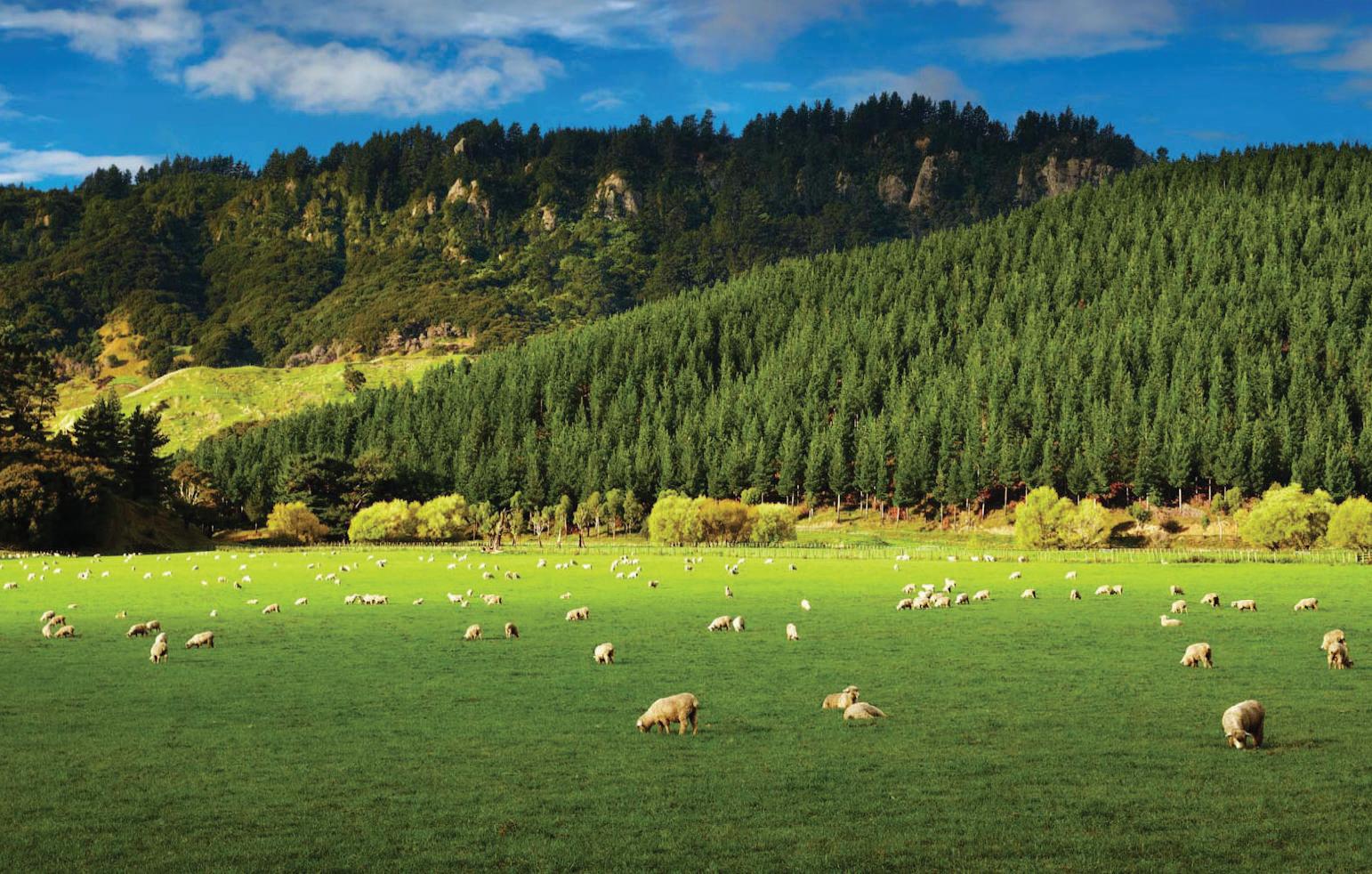
Like it or not, pasture ages and becomes less productive. By regrassing10% of pasture each year,you areensuring that yield and quality areconsistently high enough to drive profitable livestock production.
When to take action
Identify older paddocks and comparethem with your best performers. Do you see anyof these issues?
•DMyield dropping
•MEquality decreasing
• Ground is badly pugged
•Weeds arenow 10%ofground cover
•Less grazing of paddock
• Less silage produced
Spring is ideal forpasture renewal
Regrassing in springor early summer is ideal in colder areas due to improving soil andair temperaturesand ground conditions comparedto autumn.
Rising temperaturesand longer days willhelp achieve good germination and establishment ofthe new seed. Improving ground conditions will enable morefrequent grazing of renewed paddocks. Thisiscrucial for the tillering process.
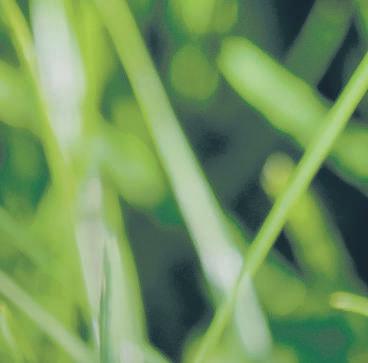
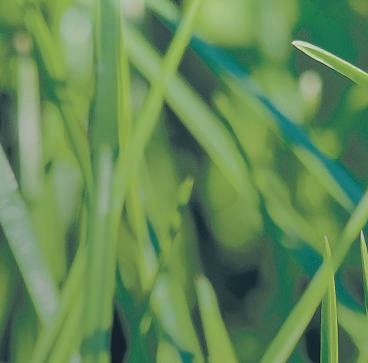
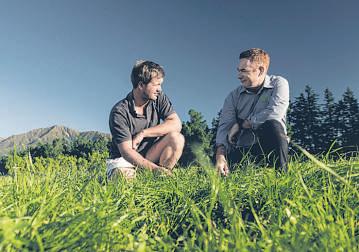
Yield is fundamental to productive pasture,but thereare additional factorsthat can take your livestock system to thenextlevel.
Aber High Sugar Grasses (HSG) from Germinal aretrue perennial ryegrasses (PRG) with 17% higher water-soluble carbohydrates (WSC) versus standardryegrasses1
The additional WSCs improve the naturaldigestive energy imbalance that causes ruminant animals to waste much of the protein they consume.
With Aber HSG pasture, livestock can capturemoreofthe protein from grass to improve production and reduce methane emissions1
“We’ve been using Germinal since 2006.Practically the whole farm has nowgot Aber HSG. It’svery good
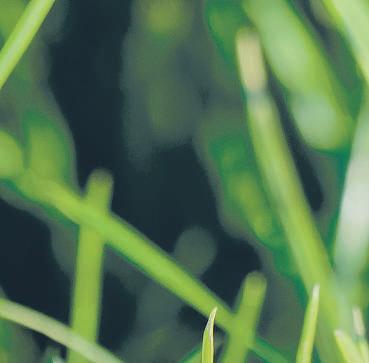
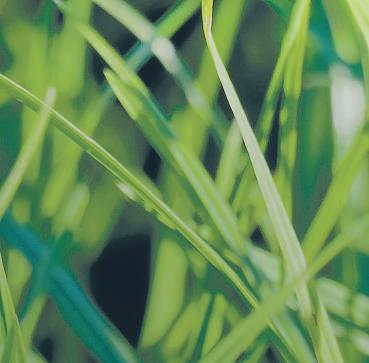
persistent grass, itestablishes well. So that just flows through to good milk production. Iwould recommend growing Germinal grasses.” –
Katy Button, adairy farmer situated in Balclutha
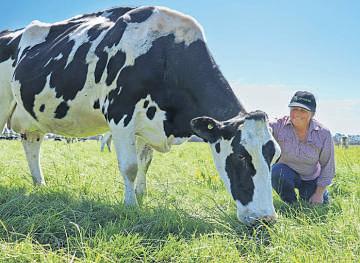
Alate-heading (plus 24)tetraploid PRG, AberGaincan yield 12,000kgDM/ha in ayear Withstronggrowth in late spring, it provides quality grazing and cutting.
As atetraploid, AberGain is highly palatabletolivestock, helping increase animal production, especiallyindairy platforms.
AberGainisalso densely tillered, helping it better withstandwet weather and competewith new weed growth.Available with theAR1 endophyte, AberGain produces throughout the lower NorthIslandand South Island.
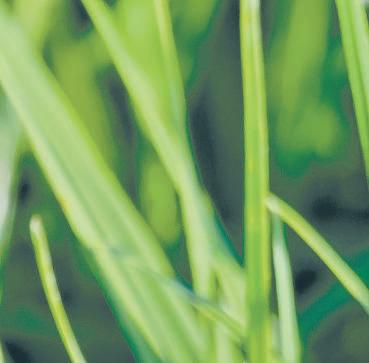
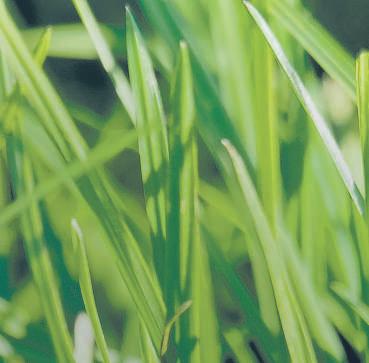
WithAberGreen, youhave a diploid option yielding around 13,000kgDM/ha each year Producing vigorousground cover duetoits tillerdensity, AberGreen offersenduring persistence and outstanding late-springyields
Compared to standard ryegrass, AberGreen is 5.5% higher in digestibility2,resulting in increased meat and milk production.
AberGreen is also available with AR1 and is effective in the lower North Island and the South Island.
Renew your pasturewith AberGreen and AberGain. Contact us by emailat enquiries@germinal.co.nz or scan theQRcode.
1 Jonker et al (2014).Methane emissions by sheep offered highsugar or conventional perennial ryegrass at two allowances. Proceedingsofthe New Zealand Society of Animal Production 74: 145 -147.
2 Plant Research (NZ) Ltd(2014) Unpublished. Mean digestibility values weremeasured across fiveharvestsatAshburton from Oct 2013 to Mar 2014.
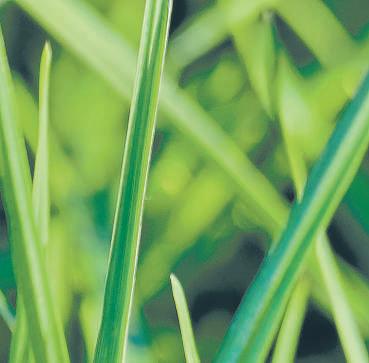


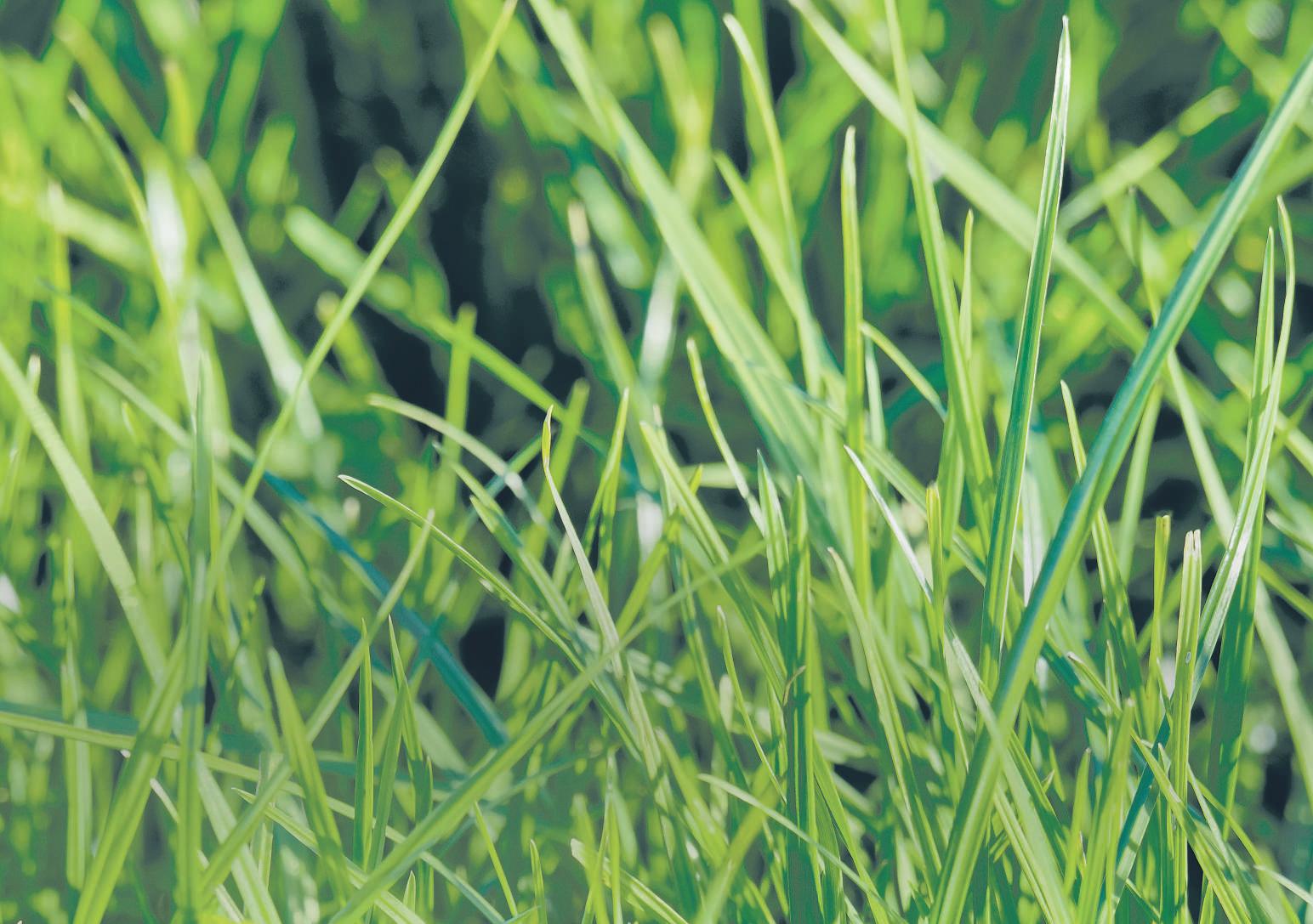
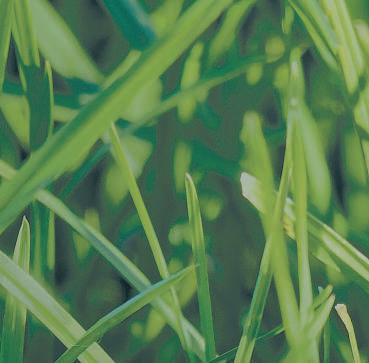

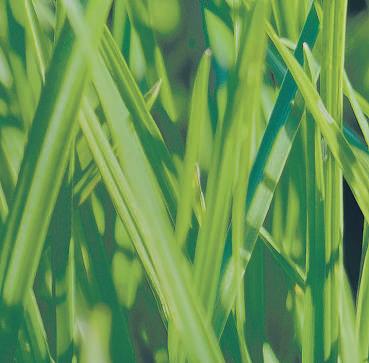
The arrival of spring heralds warmer weather, lambs frolicking in the paddocks and longer days and with the busiest times on farm nearly behind us, farmers are looking ahead to what crops to grow.
By Eve Hyslop.
Winter has come to a close, but gates to winter feed paddocks are slowly but surely swinging open as farmers start planning their winter feed crops for the year ahead
It’s common knowledge that every region in the country has a different climate, which means every farm has different soil types, a different farming system and different outcomes to achieve. A mixture of winter crops spread across these different regions and for many farmers, yield is king.
All signs point to brassicas for a high yielding crop, particularly swede, kale or fodder beet, Wayne Nichol, national technical manager and agronomist at PGG Wrightson Seeds says.
Brassicas are high in protein and packed with nutrients, providing high quality feed to increase growth rates and the number of stock finished per hectare. The crop also provides a break from pasture and helps to eliminate pests and weeds.
With the right fertiliser, brassicas can help correct soil fertility issues and support a cleaner, higher producing pasture.
To get the right nutritional balance, Nichol says a crop cannot stand alone. A pasture or silage should supplement both leafy and non-leafy bulb brassicas.
“All brassica options will require careful feed management during the transition phase and at all times will need a fibre source of supplement feed to them.”
Prolonged drought has affected some farmers across the country, which has left pasture in scarce amounts. Nichol says that crops such as fodder beet and forage cereals can be substituted in, but the key factor to consider is choosing the appropriate crop and cultivar to meet animal demand and specific stock class.
At the end of winter, Te Waipounamu especially felt the cold as frost and snow swept across the lower half of the country. While most of these areas were too high in


altitude to be growing winter feed, other farms had the comfort of their more resilient crops.
“Kale would be the most common one, followed by swedes, fodder beet and probably turnips to a lesser extent. The fodder beet doesn’t tend to go to altitude It tends to be lower country that the fodder beet would be on,” Nichol says.
What crop you plant, where you plant it and what you supplement it with has a lasting impact on the environment and soils surrounding your crop. Nichol stresses the importance of wintering rules and obligations required by your local regional council and catchment groups.
“You’ve got to give consideration to the soil type you’re on If you’re on heavy soils and you’re growing great big crops or ones that are waterlogged, you’re going to make a mess regardless Just because you can grow a high yielding crop, doesn’t mean it’s always the right thing to do.”
Critical source areas should be steered clear of, to avoid run off of nitrate, phosphorus, faecal matter and sediment. These areas consist of gullies in a paddock where overland flow meet to form small channels of running water which may flow into streams and rivers.
Funds are currently stretched for farmers, and Nichol is aware many will want to cut costs and watch their expenditure. He says that before doing so, it’s best to get advice and not to cut corners, as a reduction in inputs can impact expected outcomes.
For sheep and cropping farmer and South Canterbury Federated Farmers arable chairperson Graham Talbot, kale is his most trusted crop to finish his lambs on and feed his ewes during winter. Through crop rotation, he’s able to efficiently balance his soils to get the best nutrients into his crops.
Come early January, Talbot plans to harvest his barley paddocks, spray them off and plant kale for his winter lambs. While it doesn't have a high yield, it works well for



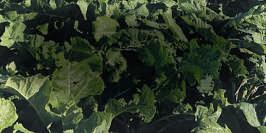


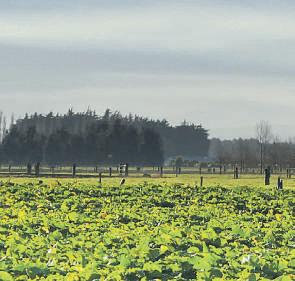
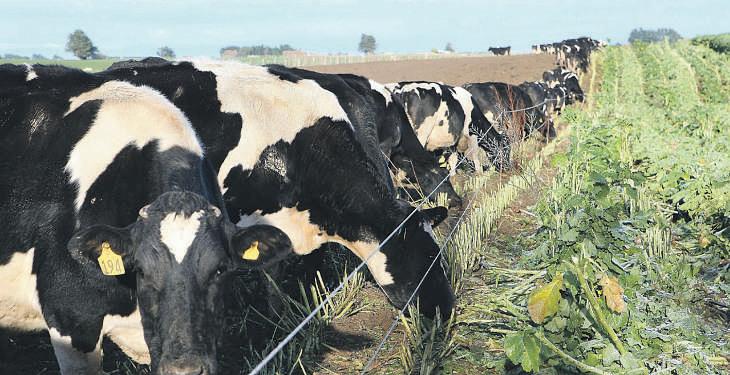
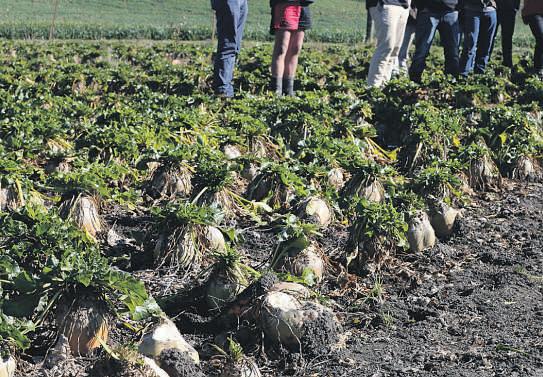
his rotation as it reduces weed resistance to herbicides and has a high nutritional value.
Resistance to the winter elements also puts kale in a favourable light for Talbot, especially in the wet. “It stands up tall. So if you get turnips and some of those bulb crops like swedes, if it gets really wet, all of the feed is in the mud. If you’re break feeding kale, it stands out and it’s out of the mud.”
Talbot has found more ways to utilise his winter feed crops outside of winter by finishing his lambs on the kale he planted in January. “Instead of saying ‘It’s a winter feed and only a winter feed’, we’re fattening our lambs and sprinkling them around those paddocks It helps finish those lambs and generally it doesn’t do too much damage to the actual winter crop.
“It works because it’s worm-free feed

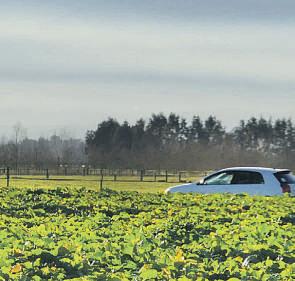
Above:Deciding wheretoplant dependsoneach crop’s nutritional profile andyour stockintake.
JOHN HAWKINS/ SOUTHLAND TIMES
Left:Fodderbeet storewellduring thewinter,acting asagreatsourceof energyforstock
SCOTT HAMMOND/ STUFF
and high protein and there’s only 25 lambs to the hectare so it’s stocked really low. If they can nibble a bit of grass, nibble a few weeds around the edge and nibble a bit of sweet kale, they fatten really good on it.”
As for the cropping side of things, planting a brassica like kale prepares his soils for wheat, while also enhancing the balance of his soil nutrients and biology.
“For that old grass paddock that’s had a couple of crops out of it, it’s got rid of the old brown toppy turf and all of those horrible grass weeds so I’ve got good feed for the spring. It helps with weed control and establishing a good paddock again.”
While kale works well for Talbot on his South Canterbury, clay-based rolling downs, he says that farming systems come in many shapes and sizes, so what works for him, may not work for any other Tom, Dick or Harry down the road.
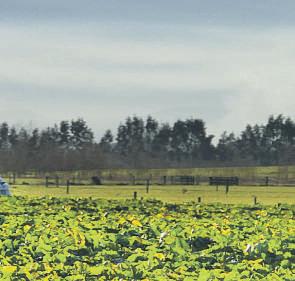
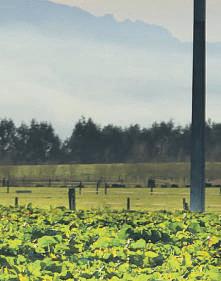


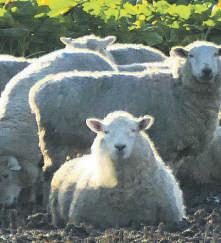
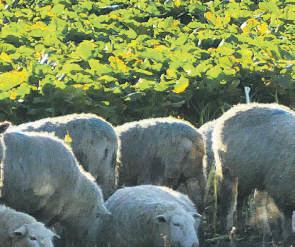
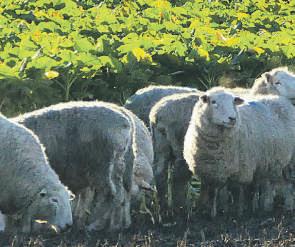

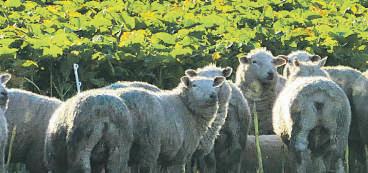
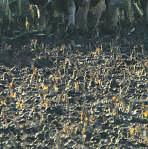
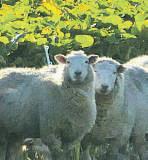



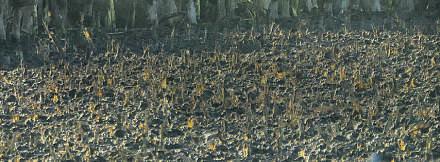

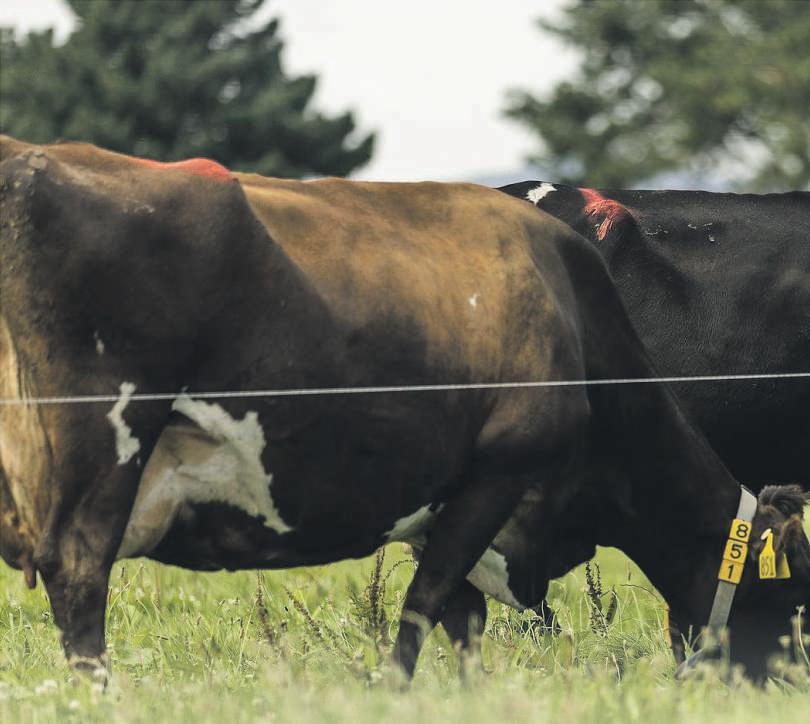

Plantain is highly palatable to animals, establishes rapidly, is pest-tolerant and has a high mineral content.
DAVID UNWIN/THE POST
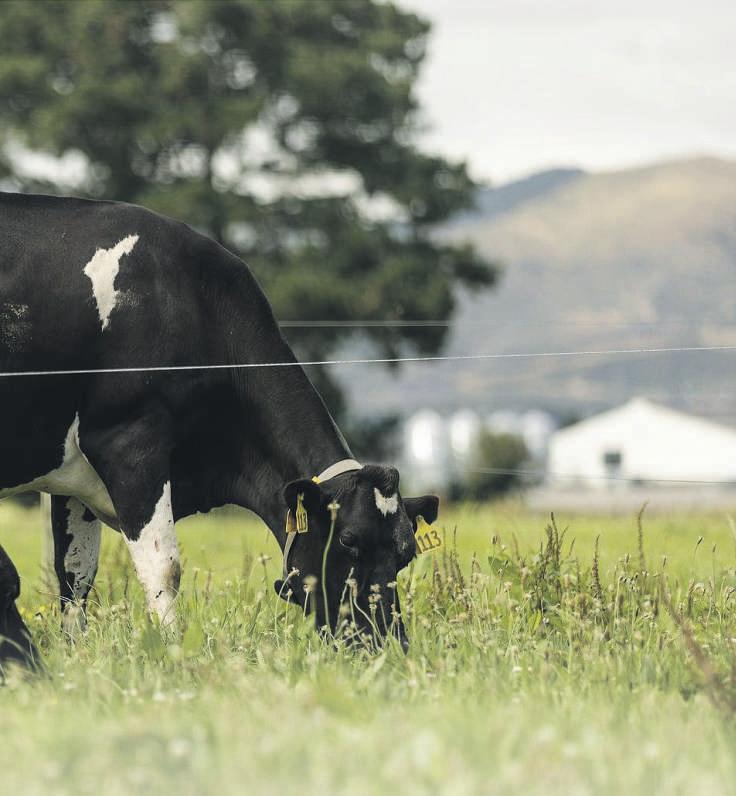
Spring is upon us and with the days getting warmer and longer, we take a look at the various supplementary feed options. By Madeleine Powers
armers have a range of supplementary feed options to choose from for feeding their cows this season.
Summer forage crops can provide a good source of energy and protein during the warmer and drier summer months, especially in regions where pasture growth rates decline in the warmer conditions.
We take a look at some of the most common supplement types.
Summer turnips
Turnips are a brassica root crop commonly used as a fast-maturing single-graze crop to bridge a summer feed gap and maintain milk production.
There are two varieties of bulb turnips: the soft white-fleshed bulbs referred to as soft turnips or summer turnips; and the hard, yellow-fleshed bulbs referred to as hard turnips or sometimes described as winter turnips.
For summer turnips, sowing in October gives better yields than November, with the different varieties usually taking between 60 and 100 days to mature.
Turnips can be sown year-round depending on the cultivar They are grown on farm to:
■ help bridge a feed shortage and provide a high-quality feed to maintain or increase milk production;
■ to help establish new pasture by contouring and cleaning the soil of pests, weeds, and diseases;
■ reduce the amount of surplus pasture needing conservation in the spring, thereby improving pasture quality and production.
Chicory
Chicory establishes best when sown into warm soils (12 degrees Celsius) at less than 10mm depth Sowing too late runs the risk of dry conditions reducing plant establishment and survival.
A short-lived, leafy herb with high feed value, chicory can be incorporated into a rotational grazing system through its active growing months.
Chicory has a good summer yield, but limited cool season growth. A summer active herb, chicory provides high yields


Fodder beet is also used as a feed for lactating cows to fill feed gaps in late lactation and for grazing young stock. It is also a good feed for transitioning cows.
Fodder beet is a flexible crop option. Grazed or lifted, fodder beet has a long shelf life – in ground or harvested. It is a consistent and high quality feed, with a high yield potential when grown well. However, feeding fodder beet has potential animal health challenges therefore requires attention to detail throughout the feeding period.
Pasture and maize
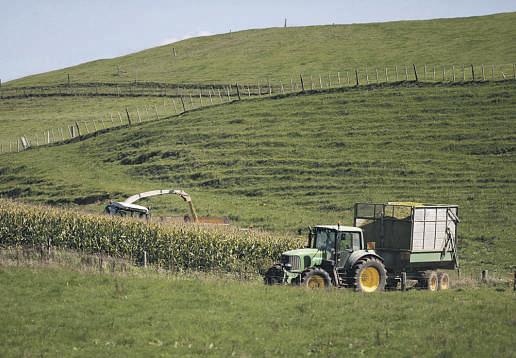
of palatable feed from spring through to autumn and has a deep tap root which supports growth through dry conditions.
This is a popular summer feed option in the Upper North Island, but is rarely used as an 18-month option because of poor winter and early spring growth. There are two ways to grow chicory: in a pasture mix, or as a special purpose crop. Chicory will last one to two years under dairy grazing.
Plantain
Plantain grows well in warm, well drained soils when temperatures are above 20C.
Plantain is highly palatable to animals, establishes rapidly, is pest-tolerant, and has a high mineral content.
This is a herb with a fibrous and coarse root system that grows throughout New Zealand. It has high tolerance to summer
Above:Turnipsare abrassicarootcrop commonlyusedasa fast-maturingsinglegrazecroptobridgea summerfeedgapand maintainmilkproduction.
DAIRYNZ
Left:Maizeisavitalcrop formanyKiwidairy farmersandrepresentsa significantinvestmentin timeandresources.
ANDY JACKSON/STUFF
heat and in warmer regions can provide valuable summer growth.
Plantain is best suited to dairy farm situations where the amount and quality of summer feed limits milk production. There are two ways to grow plantain: as a pasture mix or as a special purpose crop. Plantain will last two to three years under dairy grazing.
Fodder beet
Fodder beet is a root crop with a high yield potential.
A late lactation crop option, yield will be sacrificed when fed as a summer crop.
Fodder beet is commonly used for Body Score Condition (BCS) gain and to grow replacements through the winter in farming systems with negligible winter pasture growth.
The most important sources of supplementary feed on dairy farms are pasture and maize silage. The higher the quality of silage, the greater impact on milksolids production and body condition score gains when fed to cows.
Maize is a vital crop for many New Zealand dairy farmers and represents a significant investment in time and resources. Grown on the dairy farm, it can add value to farms’ feed supply, help mitigate climatic risk, extract soil nutrients from high fertility effluent paddocks, and be used as a ‘break crop’ in the pasture renewal process.
Maize should be fed to fill genuine feed deficits for economic responses and be well managed to reduce feed costs and wastage.
Things to consider
Getting crops in the ground in September and October should allow greater potential yield, before the warm and dry months from December.
Summer cropping is a tactic to increase feed supply but comes at a financial cost. It is important farmers also consider how the establishment of a crop will impact on your pasture supply in the period between sowing and feeding.
The reduced grazing area and pasture growth from the area being cropped could potentially limit milk solids production, so consider how the amount of crop and its timing and yield will impact on profitability of all options, using the expected pasture production and crop yield.
Find out more at dairynz.co.nz/summer or dairynz.co.nz/feed.
The best results come from selecting the right species and cultivar for your needs. By DairyNZ.
Choosing the right plant species and cultivar is essential for optimising pasture life, feed availability, and your profit.
Match these to your farm's specific conditions like climate, soil and pests. Even though perennial ryegrass and white clover dominate dairy pastures, other species can be vital in unique situations
If your pastures have sparse ryegrass and clover due to damage, a proven approach suggests assessing each paddock’s damage level.
Plant species and cultivar play a major role in maximising the life of pasture, the amount of feed available and, ultimately, profit from every hectare of pasture sown
The best results come from matching species and cultivar to the farm system, climate, soils and pests
Consider animal performance, persistency requirements and the environment when selecting.
While perennial ryegrass and white clover are the cornerstone of dairy pastures, several other species play an important role in different circumstances.
Pasture damage management
Many New Zealand farmers are managing pastures that have less than the desired density of ryegrass and clover. This can be as a result of treading damage in winter, or insects and drought in summer.
For pasture damage during winter, research carried out in Taranaki during the 1980s found that oversowing and undersowing ryegrass seed into damaged
pastures increased dry matter production by 1-2t/ha in year one and year two following sowing.
A DairyNZ-led industry group comprising researchers, the seed industry and contractors has agreed on an approach for farmers faced with this situation This group recommends that farmers carry out a paddock by paddock assessment of the damage, ranking paddocks one to five based on the extent of damage. They should then use the tool’s suggested actions to establish a plan for each paddock.
Certified seed
To ensure good-quality seed, use certified and treated seed, and ensure the seed is sown within a month of it being purchased.
In all cases, certified seed should be purchased to ensure that the seed is of the specified cultivar, assured quality and purity.
All certified seed has a Seed Analysis Certificate, which is available from your seed supplier on request.
Key points to look for on this are:
■ Identification – the cultivar tested, and the merchant reference number, also known as a seed line number (on the side of the sack).
■ When tested – date of test, which should be within six months of sale.
■ Standard tests – purity (% pure seed, contaminants); germination (% live seed, hard seed in legumes, abnormals); bulk search (contaminants in very low levels, not enough to show in purity).
■ Other tests – endophyte % in perennial




Dealing with damaged pastures is tough, says DairyNZ, but farmers can follow an industry group’s guidelines to fix them.


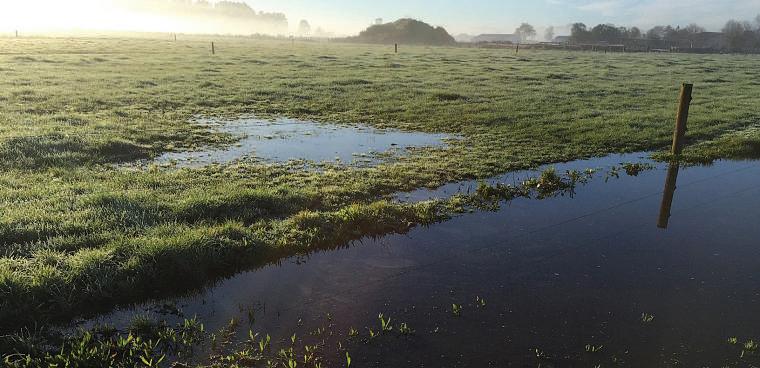




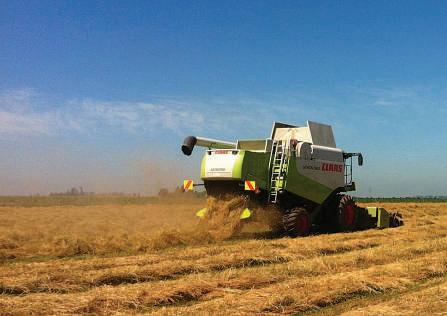
ryegrass (either seed or seedlings grow outs). Industry levels are set at a minimum of 70% endophyte in ryegrass seed.
Treated seed
■ Reduces the risk of losing a pasture or crop at establishment by protecting newly emerged seedlings from pests and disease.
■ Seed treatment lasts for approximately six weeks post-sowing, which is the period that young plants are most vulnerable to insect attack and disease.
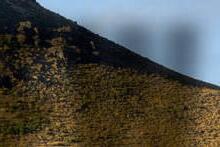



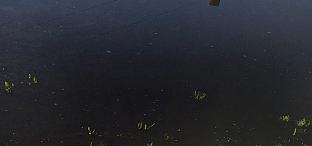

good healthy

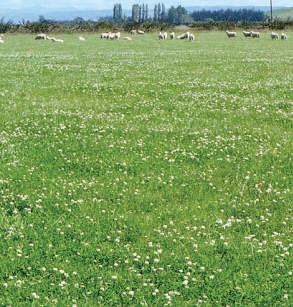
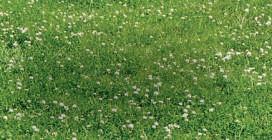

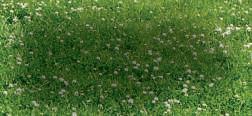
Treatment also provides control of
■ Treatment also provides good control of low to moderate insect pressure
Storing seed on farm Seeds are living entities that can deteriorate over time, and this particularly applies to endophyte levels in ryegrass seed. Store seeds in a cool, dry place, and sow within one month of uplifting. Do not keep seeds from one season to another. The Pasture Condition Score Tool and Pasture Damage Score Guide can be downloaded from the DairyNZ website.
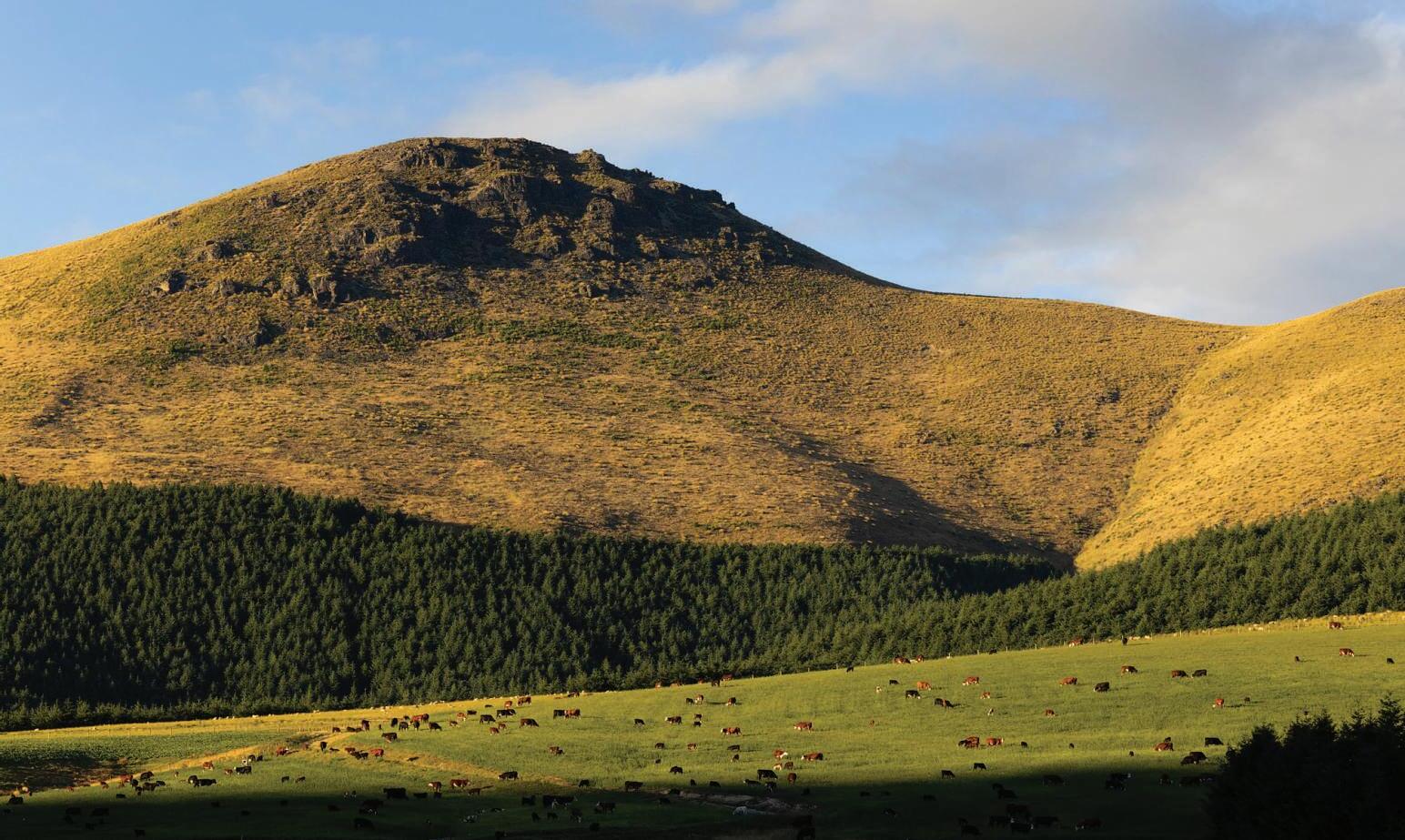









Simon Nitschke also collected the Maize Farmer of the Year Award at the Arable Industry Awards in Christchurch. By our Manawatū reporter.
ARangitīkei maize farmer has been named the arable farmer of the year. Simon Nitschke, of Marton, was also presented with the maize-farmer-of-theyear award at the Arable Industry Awards in Christchurch on August 15
Federated Farmers arable chairperson David Birkett said he was hugely impressed by the calibre of this year’s winners of awards in seven categories.
“Arable is a sector that tends to fly under the radar a bit in New Zealand, but it punches above its weight,” he said.
“Our growers are pivotal to domestic food staples, seed export markets and supplying the grass seed and animal grain that the bigger dairy, meat and wool sectors rely on.
“In what’s been a tough season, the resilience and innovation of our growers has shone through.”
Nitschke grows up to 200 hectares of maize grain and 100ha each of wheat and barley on his Marton farm
The judging panel said his yields were “extremely high by industry standards” thanks to careful cultivar selection, effective management of soil fertility and optimised use of resources.
His Arable Solutions business has invested
in state-of-the-art grain-drying facilities and also offered a package of contracting services. Nitschke’s industry credentials included his involvement in the Foundation for Arable Research’s Arable Research Group and the Growers Leading Change programme.
Also at the awards, Mid Canterbury farmer and 40-year industryveteran Syd Worsfold was inducted into the newly formed New Zealand Arable Hall of Fame.
Worsfold holds the record as the longestserving United Wheat Growers director
Waikato farmer Daniel Finlayson took the positive environmental impact award, while Dr Soonie Chng, of the New Zealand Institute for Plant and Food Research, received the innovation award for her work in understanding arable crop diseases.
The Liquid Injection Arable Growth Group, a group of 10 Canterbury farmers, won the working together award.
Agronomist of the year went to David Weith, a 30-year industryveteran from Timaru. Cereal grower of the year Peter Hewson, also of Timaru, impressed the judges with his management of water loss on low dryland cropping.
Scott Rome, who farms near Gore with his parents Steven and Helen, was named seed grower of the year.

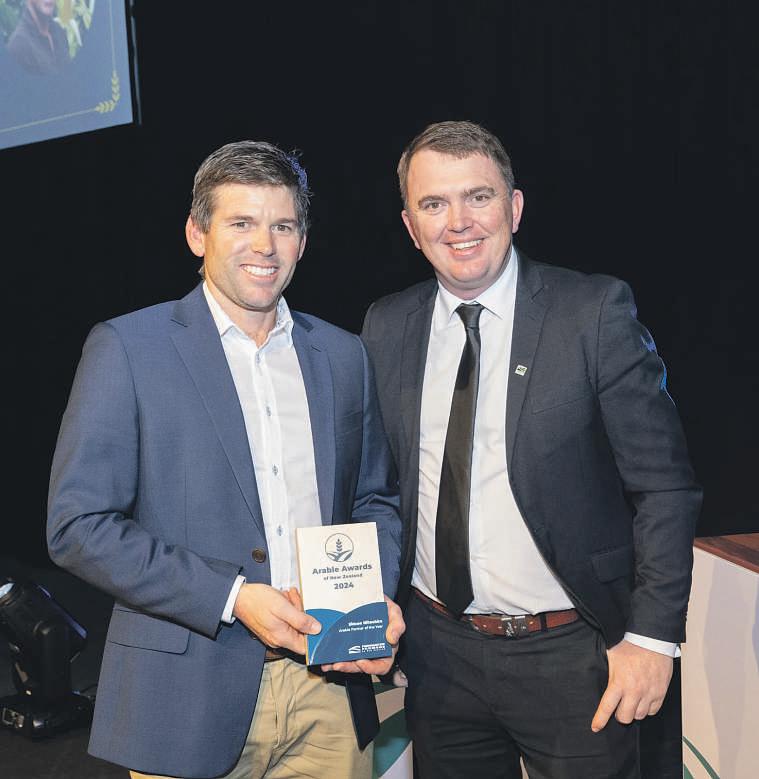






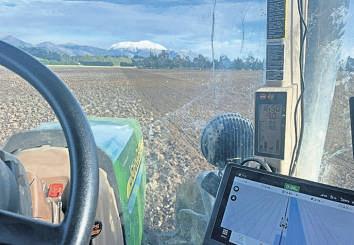
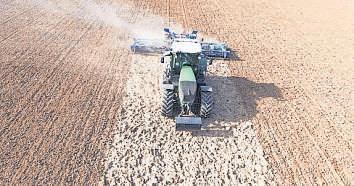

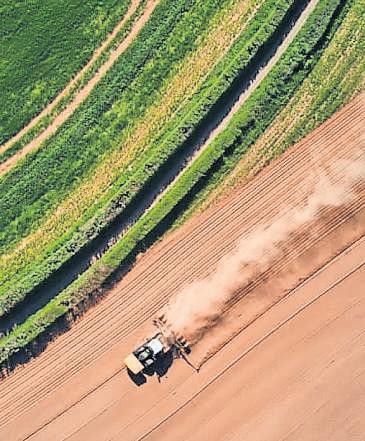
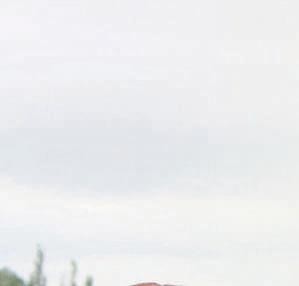
The Foundation for Arable Research’s Lighter Touch programme was established in 2020 to develop and promote arable and horticultural pest management options which reduce reliance on synthetic chemistry, says FAR chief executive Alison Stewart

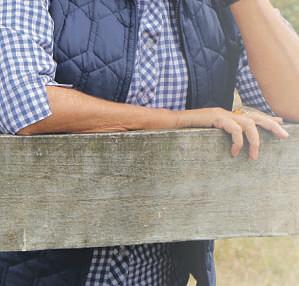


Alternative biological options are available to growers keen to reduce their reliance on agrichemicals, but delays in assessments and approvals are frustrating.
By Heather Chalmers.


Alternative tools are becoming increasingly available for growers looking to reduce their reliance on agrichemicals in response to market and resistance challenges, says Foundation for Arable Research (FAR), chief executive Alison Stewart.
Many of these, including biologicals and digital decision support tools, were outlined at a FAR-organised series of events titled: A Lighter Touch: a new approach to crop protection
The $27 million, seven-year A Lighter Touch (ALT) programme was established in 2020 to develop and promote arable and horticultural pest management options which reduce reliance on synthetic chemistry. It is jointly funded by government and industry

Stewart says FAR has had a crop protection research programme centred around the use of agrichemicals since its inception almost 30 years ago, “but we will not necessarily have that luxury into the

future” “The challenge is how do we take our intensive arable agrichemical system and transition that to something that has a ‘A Lighter Touch’.”
While agrichemicals are critical to management of pests and diseases in arable production systems, their use and availability is being challenged by increasing consumer pressure, the buildup of resistance to existing agrichemicals and a reduction in new chemistry being registered in New Zealand.
ALT industry stakeholder advisory group chairman Dr Stuart Davis told the Ashburton event that an impetus for the programme is the rapidly growing availability of biological products which will assist growers to transition into softer chemistry.
While new synthetic chemistry can cost US$300 million and 11 years to develop for market, biologicals can be available in less than five years at a development cost of around US$5m.
“In the United States, it is predicted that the biologicals market could be as big as agrichemicals in 20 years at current annual growth rates.”
Already in America, about 70% of biologicals are sold to conventional farmers.
In New Zealand, delays in getting approval for new products is causing frustration and the regulatory process is currently being reviewed by government.
“Biologicals need to be assessed and approved faster than they are now,” Davis says.
FAR senior cereals researcher Jo Drummond says that while attracting
premiums for using less and softer chemistry may be easier in sectors like horticulture or wine, for arable it may be more about market access.
Crop protection practices for present and future include biological control, plant breeding and use of resistant cultivars, mechanical practices, precision agriculture and digital support and monitoring, as well as plant protection products.
“We still need agrichemicals. Ultimately our goal is to maintain the effective life of these products,” Drummond says.
“There is no option now but to layer up these strategies that can help growers successfully reduce their input costs and maintain or potentially increase profitability and yield.”
As a first step, growers need to pick a resistant cultivar.
They also need to consider, understand and prioritise agrichemical application timings to reduce costs and protect existing chemistry.
Decision support tools such as FAR’s online Aphid Chat are also available to assist with treatment timings, she says.
Visiting United Kingdom plant pathologist Dr Aoife O’Driscoll told the ALT events that increasing fungicide resistance, combined with rapidly rising fungicide costs is driving United Kingdom cereal growers to change their crop management and grow more resistant cultivars.
“In the last four years, things have changed dramatically.
“The days are gone of growing susceptible varieties and then relying on a fungicide programme to obtain good yields,” O’Driscoll says.
New Zealand’sdairy point of difference stemsfromthe quality of ourpastures. Farm Source Technical Sales Specialist Russell Hamilton says it's from ournations green pastures thatwe're abletoproduce and export'whitegold' around theworld.
Springisagreattimefor farmers to takeacloser look at their pastures andmakesurethey’re getting thebest quality ahead of summer. Taking abit of time nowtoassess your paddocks andpasture couldhaveamajor impact on profits
FarmSource TechnicalSales Specialist Russell Hamiltonsaysfarmers canbring in an additional income by liftingthe utilisationoftheirpastures
“Thisdoesn’tcost thefarmeradditional funds.Take a200 hectarefarmthat is growing16tonnes of drymatterper year forexample. By liftingutilisation by 5%, all ofa sudden thecowsare going to eat an additional160 tonnesofgrass.
If you work on theequationthat 10kg of dry matter produces1kg of milk solid, then you’re looking at around 16,000kg additional milk solidsor$120,000-plus in additional income, depending onmilk solidsprice.”
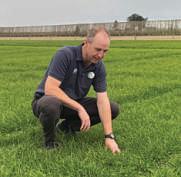
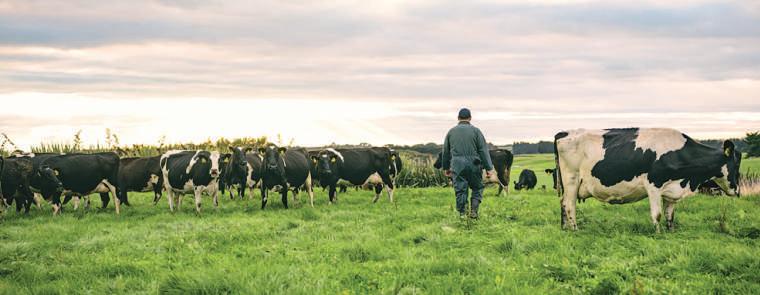
“It’s allabout gettinggood grasses into our system.New generation grasses are idealinthatthey have abetter aftermath heading –after they’re grazed, they don’tthrow up alot of seedheads, leaving more energy on the leaves. Thismeans that thecow eating thegrass canuse more of that energy andconvert it into milk.Ifa farmer can lift their utilisationbyasmuch as 5%, which is not out of therealmsofreality to achieve, then they canincrease the quality of the dry mattereaten,” Russell Hamiltonsays.
Post-grazing residuals
To achievetheseprofits, Russell advises monitoringpasture cover andgrazing residuals. Each farm will have different residual measurements based on their climate and system in place, but the generalruleofthumbisthat theresidual level shouldbeconsistent
Communicationamong theteam
Maximisingprofitson-farm requiresa team approach. Farm owners, managers, and workers allneed to be awareofthe
goal and howitcan be achieved.
“Work outwhat suits your farm the bestand make sure that the team on-farm understandswhat that looks like. Your second-in-charge needstoberightup on what it takes to get better utilisation of pastures,becauseultimately,theywill be making alot of decisionsonfarm,” Russell says This includes deciding on thepregrazeherbage mass, which can have abig impact on dairy cowperformance, dry matterproduction andgrass output.
At ascientificlevel,tetraploids are grasses that have twicethe number of chromosomes in each plant cell
“Discusswhere you want to get to, whereyou want to be grazing these paddocksout;and if they getabove that number, let’ssay it’s 3,000kgorsoof dry matter, take it out of thesystem and mowitsoit’sreadyfor thenextround. Discusswhen you wouldtake it out and when you wouldgraze it,and be ableto reactquickly.”
comparedtoastandard cultivar (diploid) Adiploid ryegrass has twosets of chromosomeswhile atetraploid ryegrass has four sets.
Tetraploids grasseshavelarger seeds (which means they must be sown at higherratesthan diploids)and produce largerplants and ahigher ratio of soluble carbohydratestofibre, providingmore energy than diploid cultivars and easier digestibility
Most farms tend to sowa blendof tetraploid and diploid grasscultivars.
“Products and practices will differ from farmtofarm. Some farms willbe able to handle tetraploids. Othersoils willprobablywant to have adiploid in there,but thereisabenefit in adding tetraploids to themix.Ithas ahigher metabolisableenergy (ME) per kilogram of dry matter.Again, if we can getmore ME into thecow,weget more milk,” Russell says.
If you’relooking to optimise homegrownfeed on your farm, book avisit witha Farm Source Technical Sales Rep (TSR).They work withyou to understand yourfarm and goals and help makeaplantoachieve them.Aspartofthisservice,you will receive comprehensive support with recommendations on thebestseeds, ag-chemicals and fertiliserstailoredto your farm and localconditions. It also includes apre-sow check,paddock selection, post-emergencevisits and expert advice on crop management. ■

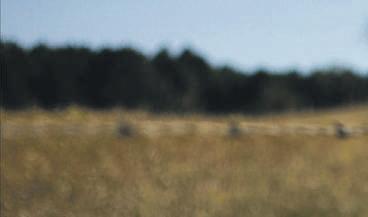
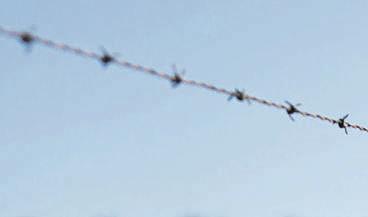
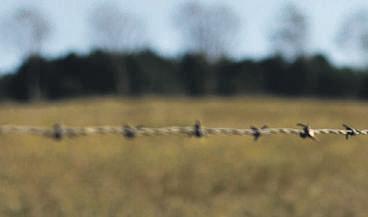
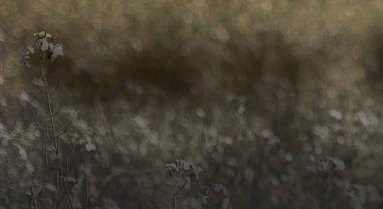
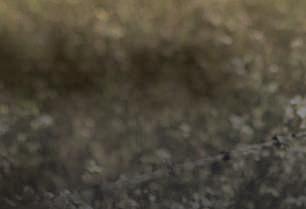

SaferFarms is a membership organisation which recognises the whole sector benefits from improved health and safety. It brings together farmers and senior leaders from agribusiness, agricultural industry groups and government.
Its Safety Alerts are real-life documented incidents and key lessons which have been provided by farmers, and condensed into handouts that managers can use in safety discussions with their teams. New alerts are added each month.

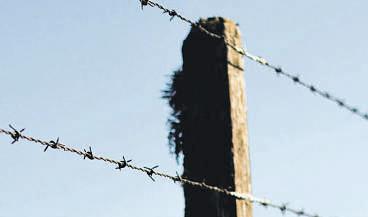
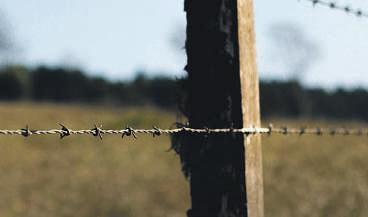
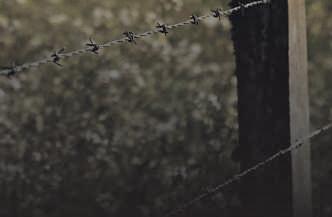

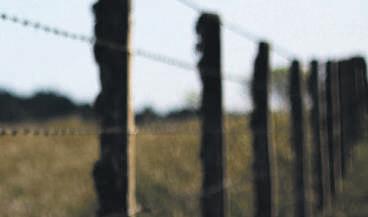
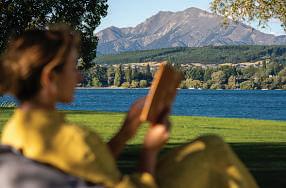
TSafety Alerts are a great way to learn from incidents that have happened on other farms. Ask yourself:
■ Could this happen on my property?
■ What do I have in place to prevent this from happening?
■ How can I implement these lessons?

New Safety Alerts are added regularly To see others, or subscribe to have alerts emailed to you, see: farmwithoutharm.org.nz/safety-alerts

wo cases of farm workers suffering significant hand injuries while using waratah drivers to place a post for anchoring or fencing has resulted in the latest Safety Alert by Safer Farms.
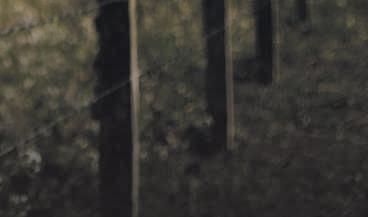
Both farms shared their accounts of the recent accidents – each of which resulted in the workers being admitted to hospital for surgery – to help raise awareness for other farm businesses.

In these incidents, the farm workers lost control of a waratah driver while using it for ramming waratahs. Neither of them were wearing gloves.

The Safety Alert highlights that this was not the right tool for the job and lists more suitable tools and systems that could be used for this task.
Safer Farms chairperson Lindy Nelson said businesses across the supply chain were involved in Safer Farms, recognising that the whole sector benefitted from improved health and safety.
“The farms have flagged this up to us to help raise awareness of this risk for other farm businesses Both of these injuries required surgical repair and WorkSafe was informed about the incidents
“Spring is often a time when farmers are looking to carry out fencing maintenance, so this is a very useful Safety Alert for upcoming toolbox
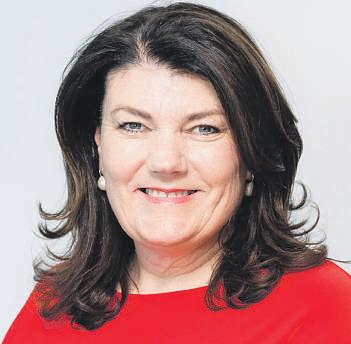
LindyNelsonisthechairpersonofSaferFarms andaFarmWithoutHarmambassador
meetings,” Nelson said.
The alert recommends:
1. Checking all team members using a waratah driver understand safe use of the tool.
2. Ensuring workers undertaking such tasks know to wear PPE leather gloves and safety glasses.
3. Determining if there is an alternative method of an anchor system which is not reliant on using your current waratah driver.
4. Having emergency items available and making sure your team is familiar with working alone procedure and notification for incidents.
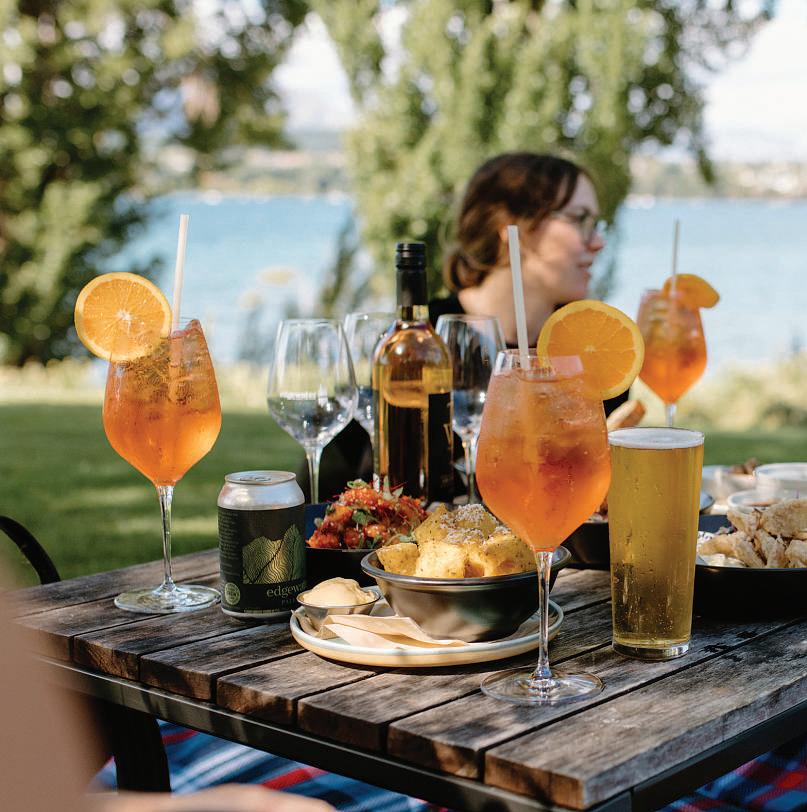





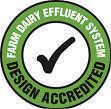







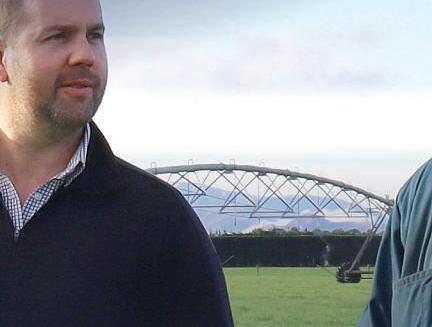
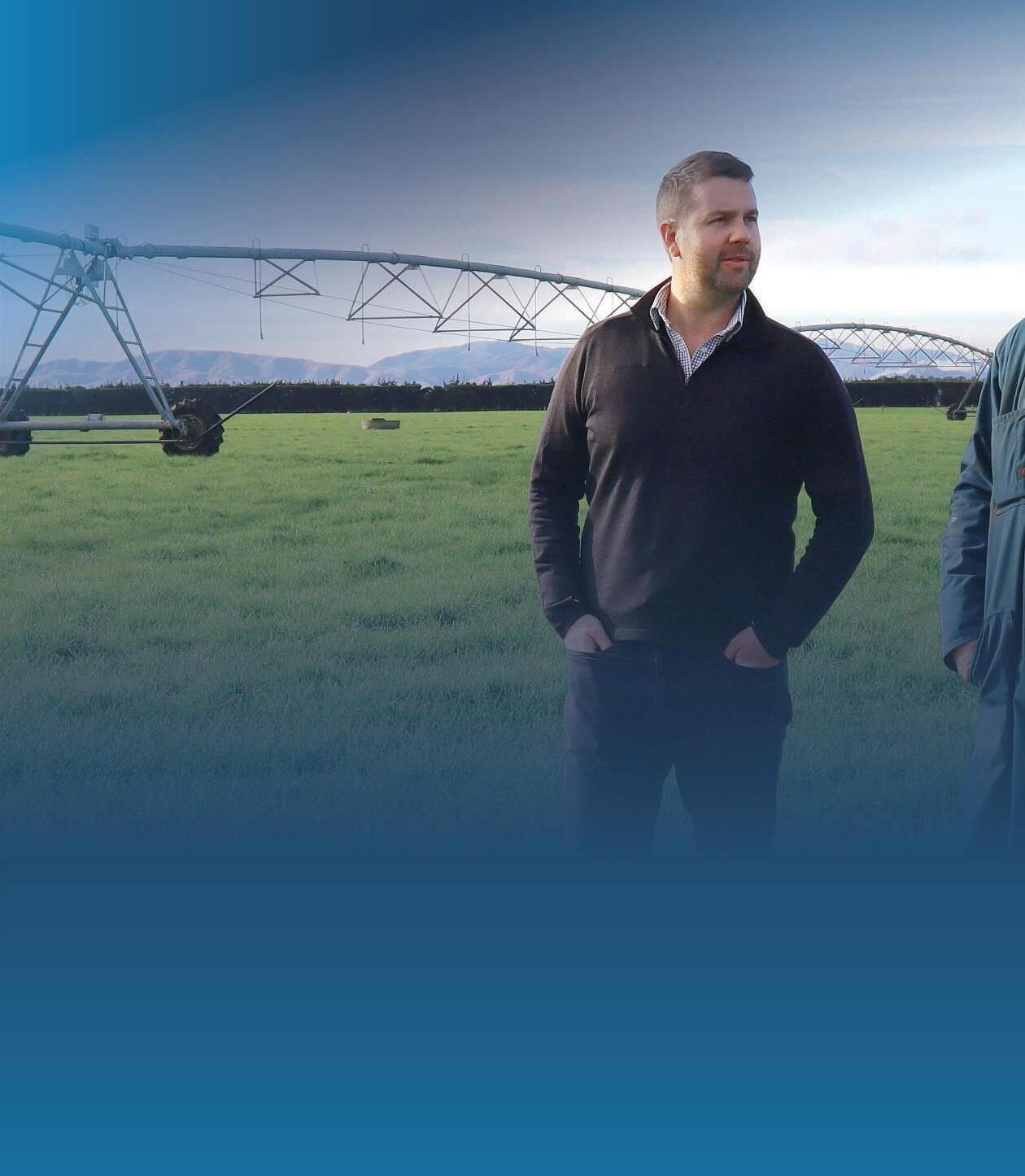

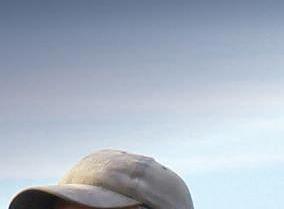
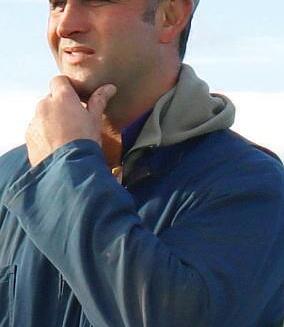

Ensureyourfarmmeetsregulatoryrequirementsseamlessly withRainer’sspecialisedirrigationandeffluentservices.
Ourexpertsunderstandthecriticalrolethesesystemsplayin yourfarm’senvironmentalplan.Trustustodesignandmaintain compliantandefficientsystems,soyoucanfocusonwhat mattersmost–production.


The advice team at Peninsula New Zealand takes a look at the newly introduced subcategory to the Specific Purpose Work Visa, and what farming businesses wanting to participate need to know.
The Government has recently introduced a new subcategory of the Specific Purpose Work Visa (SPWV), a welcome announcement for many farmers preparing for the fast-approaching summer season. But there’s a catch – only a handful of specific roles are included.
What is the new visa, and why has it been introduced?
The new temporaryvisa is only available for certain roles that are directly affected by weather conditions and seasonal activity
This is because it’s been created to help employers who are hiring employees specifically to support during peak periods, meaning they won’t be needed once the season ends and the work drops off.
However, one of the main points to note is that the horticulture and viticulture industries aren’t eligible, as these are already covered by other visas.
The Government has made it clear that this visa is a temporary solution while the existing Accredited Employer Work Visa (AEWV) is reviewed. Ultimately, the goal is to address both ongoing and seasonal skills shortages without encroaching on New
Zealanders’ employment opportunities.
In line with this aim, there are several criteria for both candidates and employers to meet in participating in this visa pathway.
The role must have already been advertised to New Zealanders for at least two weeks prior to an SPWV application lodgement. Additionally, the role must pay at least $29.66 per hour and offer a minimum of 30 hours a week
The deadline for applications for this new visa subcategory is March 31, 2025, but successful applicants can commence their role on or before May 31, 2024
Who is eligible for it?
The Government has released a specific list of roles covered by the new subcategory of SPWV, alongside justifications for their inclusion. Of the five specified, three are relevant for farming businesses.,
These are rural contractors required for harvest seasons because the timing of harvests is weather-dependent; winemakers who are required once grapes are ready for harvest; and tree planting, as there is a narrow time window
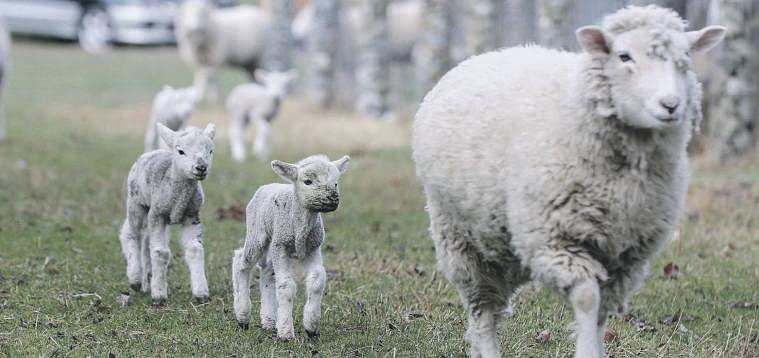
for successful planting that is weatherdependent
An accompanying list of roles not covered was also published to clear up confusion. For dairy farmers seeking work during calving season, their jobs are still functional outside busy periods
In reiterating that horticulture and viticulture aren’t covered by the new visa, planting, maintaining, harvesting and packing crops in these industries is specified in the non-inclusion list.
To be considered for a SPWV, applicants need to have at least four months’ experience in a role with the same tasks and responsibilities.
What do employers need to know?
Employers must be accredited by Immigration New Zealand to hire and support migrant workers. In hiring SPWV workers, the employer needs to hold current accreditation under the AEWV scheme.
The process of applying to become an accredited employer and employing migrant workers can be complex, confusing and time-consuming.
Therefore, it’s wise to seek expert advice to help protect your farming businesses from issues associated with non-compliance with employment legislation in New Zealand


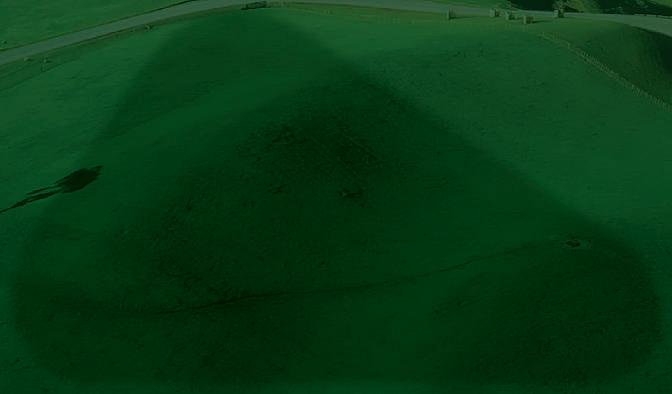

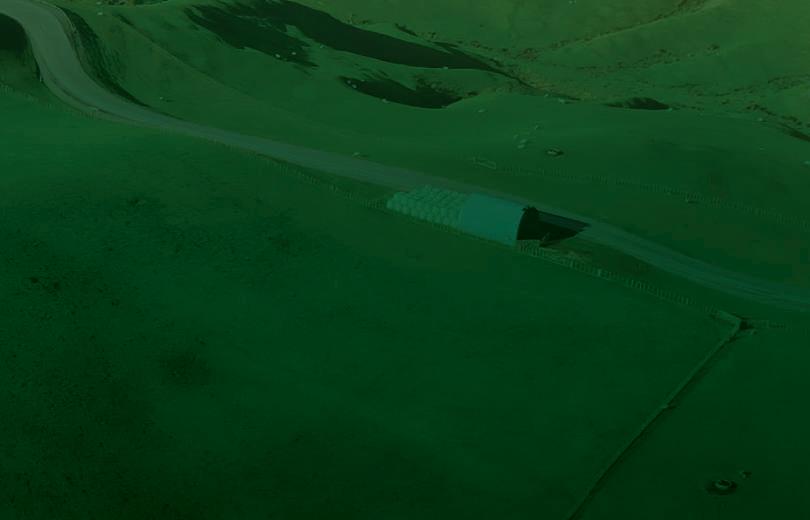
Apowerful new fungicidefrom Syngenta launches in NZ against twokey barleydiseases
MIRAVIS®Flexiisanew powerful,flexiblesolofungicide specificallydesignedforNZ barleygrowersandpowered bytheactiveingredient ADEPIDYN®technology. Itactivelyprotectsbarley forlongerfromRamularia andScald,whichcanbebig challengesforbarleygrowers “Itisanewactiveingredient forbarleygrowersoffering powerfulactivityandlonglastingcontrolofthesekey diseases,”saysPaulHassan, TechnicalServicesLeadfor SyngentaNewZealand “Barleygrowersunderstand thatRamularialeafspotand Scaldcanbothcausesignificant yieldlossesifnotproperly controlled,sothey’llbepleased toknowthatbasedonseven yearsofpre-releasetrialsby Syngentaandourindustry partners,MIRAVIS®Flexi providesmarket-leadingcontrol ofRamularia,”Hassansaid
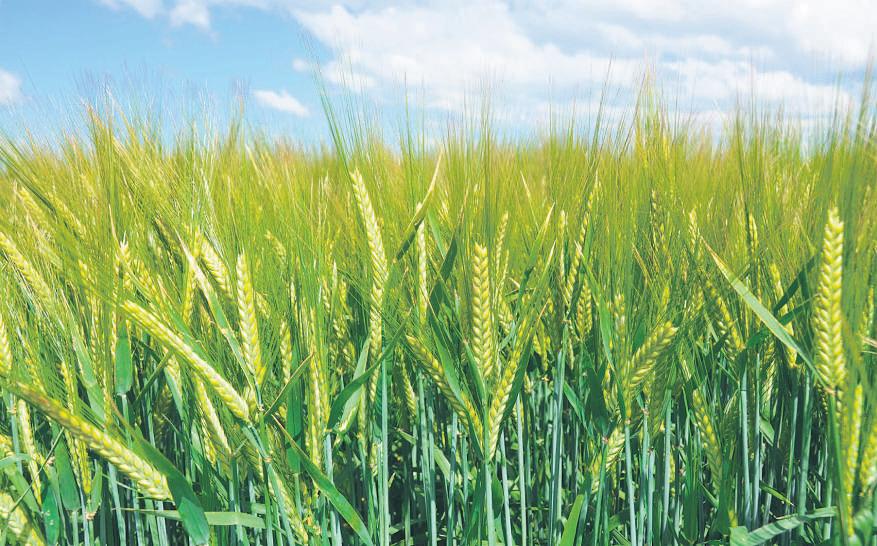
“Multipletrialshave demonstratedsignificantly higherlevelsofcontrolofthis diseasecomparedtoolder generationSDHIfungicides.”
ItisbestappliedatT2, typicallyGS39-49andbeinga soloformulation,growershave theflexibilitytoaddthemost suitabletank-mixpartnersto controlthespectrumofdiseases thatpresentathreatduringthe growingseason.
MIRAVIS®Flexicanbe appliedincombinationwith otherfungicides,insecticides, herbicidesandplantgrowth regulatorstodeliverrobust, long-lastingdiseasecontrolto maximiseyields.
WhenMIRAVIS®Flexiis appliedpreventatively,a reservoirofADEPIDYN® technologyisformedwithinthe waxylayersoftheleaf. Fromhere,theactive
ingredientmovesintotheleaf tissue,deliveringverylonglastingdiseasecontrol.
“Onceinsidetheleaf, MIRAVIS®Fleximovessteadily towardsthetipoftheleafvia thexylem,protectingthewhole leaf,”Hassansaid.
“Theyield-buildingleavesare protectedfromthedamaging effectsofdiseaseforlonger, keepingthecanopygreenand drivingyield.”
CynthiaChristie,Syngenta TechnicalManagerNZ, describesitasaonce-ina-careerfungicideactive ingredient,givenitspotencyon awiderangeofpathogens.
“MIRAVIS®Flexihasbeen ahighperformerinallour replicatedbarleyfieldtrials.I’ve seenaconsistentlyexcellent levelofRamularialeafspotand Scaldcontrolacrossdifferent yearsandregions.”
“Barleygrowerscanhave ahighlevelofconfidence thattheircropswillbewell protectedbyMIRAVIS®Flexi basedfungicideprogrammes.”
“Syngentahasalonghistoryof providinghigh-qualityfungicide solutionstothecerealmarket includingAMISTAR®and ELATUS®Plus.
Talktoyourlocalagronomist orSyngentaTerritorySales ManagersaboutMIRAVIS® Flexiandlearnmoreatwww syngenta.co.nz/miravis-flexi MIRAVIS®,ADEPIDYN®, AMISTAR® andELATUS® are registered Trademarks of the SyngentaGroup Company. Always read thelabel completely before use. ©Syngenta2024.








As a youngster growing up in Kawerau in the 1970s, Kura Paul-Burke struggled to connect with her roots – but she made a commitment to do so after her father died. By Arpege Taratoa.

Product:
Info :


Sveaverken F100 autosteer.
Low cost retrofitsystem
User friendly interface
PPP offeringaccuracy of 5-10cm)
Terraincompensation
Extensivecompatibility
Extras:


V1 RTKbase station ISOBUS
2.5cm accuracy (with optiontouse free correction
AB straightline, adaptivecurve, pivot andAB+





Kura Paul-Burke connected to her marae, whānau and father through kai – helping in the kitchen, emptying the pig bucket, collecting pipi, and driving her pāpā to maraehui.
Now a professor in marine science and aquaculture, Kura looks at innovative ways to restore Te Wahapū o Waihī – the Waihī Estuary – in Te Moana-a-Toi Bay of Plenty and ensure its kai moana can thrive for generations to come.
Before her father, Petera Matehaere Paul (Peter Paul), passed in 2015, Kura asked him what he would like to eat. His response was simply, “Pipi”. When she asked him where from, he looked at her as if she was silly – he wanted the pipi of his childhood, from the Waihī Estuary.
At any given time when the tide is low, the estuary comes to life. There are tamariki running around playing, and adults searching for kai in the shallow waters. Some people might visit for recreational reasons – to go kayaking or for a swim – but for mana whenua, it’s about kai The beds used to be full of pipi, tuatua, tuangi, pātiki, tio and tuna, too.
Kura, 58, a marine ecologist working on restoration projects in the area, sees it as a place of connection – where people, whakapapa, land and culture intersect.
“You’ll see our Pukehina Marae on the hill, and right next to it is this amazing character house. That’s my greatgrandmother’s house – it’s beautiful. Our kaumātua restored the whole whare with many of the original fixtures, and it’s now a free holiday home for anyone in our
extended family to go and stay with their kids,” Kura shares
When her children were young, she would load them into the car and take them to hui at the marae. Growing up in landlocked Kawerau in the 1970s, it wasn’t easy for Kura, of Ngāti Awa and Ngāti Whakahemo, to reconnect to her Māori heritage – but she made a commitment to do it, and to bring her children along for the journey.
“I was searching for connection, like others – finding ways to connect and ground ourselves – maybe not just as Māori, but as humans. Because we’re all one species, irrespective of our colour, our gender preferences, the way we dress, our religions or politics,” she says.
She recalls calling one of her cousins one day and asking if he’d take her to a marae hui. He was thrown by her asking.
“He was like, ‘Just go!’. But for me, I was tino whakamā I remember we showed up really early because I was so nervous –I don’t know why, but I was.”
She further recalls, laughing, that her aunties thought her cousin had a new girlfriend when she showed up that day, and they were rather disappointed that it was just another whānau member.
When Kura told them who she was, they asked her why she came with her cousin and not her father – but because Kura didn’t grow up with him, her journey back to her marae was another way to connect and be closer to her father. “There’s beauty in going home Not a physical beauty, but it’s the intangible beauty of connecting with your own – and with that comes healing. When we all go home, it’s like

Wifi camera
Autou-turn/ path planning
Quick change kit(easily swap between machines)
Easy control remote

+GST

the Waihī Estuary.
Field research training tools for taiohi data collection surveys
knowing our place, being part of a place.”
When she was studying marine science, she was the only Māori student in her class, and there were no Māori lecturers her entire career.
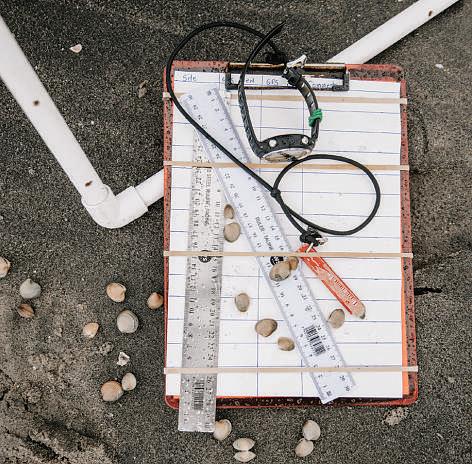
“For a good decade, ver talked about the methods that used when I did my work in the ocean, because I was always the only Māori person in the room, and I was also afraid.
“I was afraid that they would say to me, ‘Nope, that’s not science.
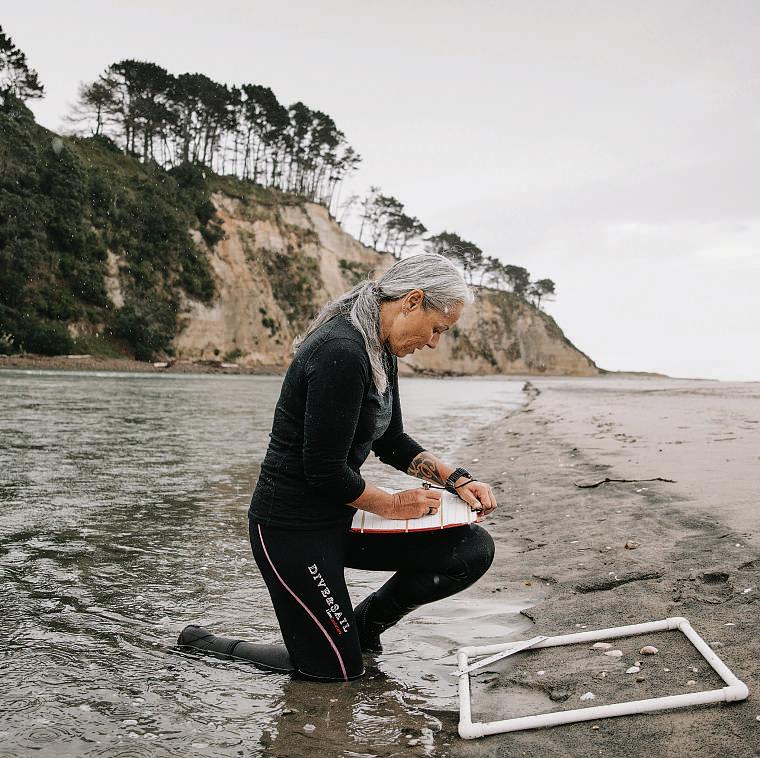
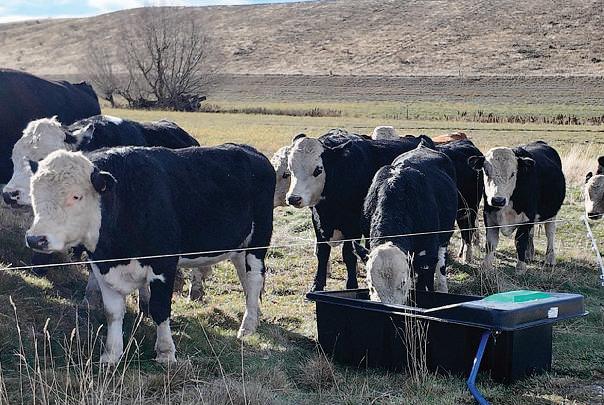
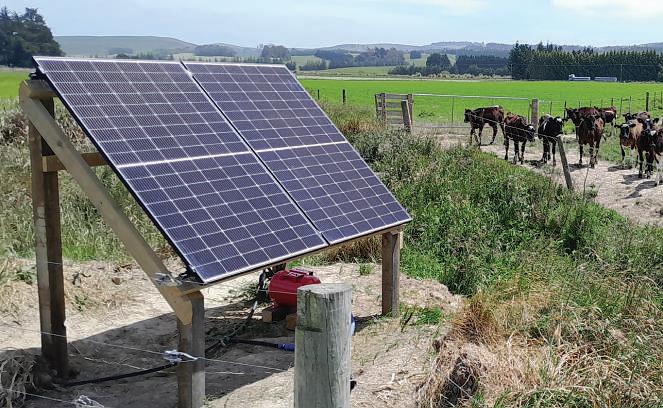
You don’t count’.”
But it’s with this understanding and expertise in both mātauranga Māori and Western science that she is spearheading the way forward in the restoration of the Waihī Estuary. Working with Te Rūnangao Ngāti Whakahemo and Pukehina Marae through the project Tāwharautiate Wahapū – Protect the Waihī Estuary, she recognises the value in weaving both knowledge systems together to generate change.
“Every time you go out and do science in the field, you consider other people’s work prior to yours, right? Just like mātauranga Māori – same-same. You go and get your watercress where the koro used to get it before, and then you adapt the methods depending on the context of what you’re working with Every culture on the planet evolves with the times,” Kura says Kura quotes a whakataukī that says, “Kawhati te tai, ka pao te tōrea – when the tide ebbs, the oystercatcher strikes”. Kura and her team explore intergenerational knowledge around kai harvesting, and have mapped where the traditional tuangi beds used to be, and where tōrea now go to hunt. Where mainstream science would only look at the tuangi in the estuary and do single species surveys, the project team also uses te ao Māori processes of whakapapa, pūrākau and generational knowledge transfer –asking the older people where they used to collect from, and using that as the baseline for their explorations.
Kura and her team are collaborating with the wider community to plant a further 40,000 native plants on a 30ha dairy farm that they plan to convert to wetland. This will act as a protective korowai to help prevent further pollution whilst they continue to research the estuary.
“Waihī Estuary is first and foremost a traditional mahinga kai, and that mahinga kai is what sustains us – not only kai-wise, but culturally. It’s ecologically important and it’s culturally important – and that cultural importance extends not only to Māori, intergenerationally, but it also benefits the wider community.”
Ensuring there is a prominent place for taiohi is crucial for Kura, as futureproofing both whenua and people are at the core of her kaupapa. She runs free taiao training programmes for the younger generation, teaching them how to do practical, hands-on field research in their estuary and whenua – that way, they feel a sense of belonging, and are able to continue the mahi of their ancestors.
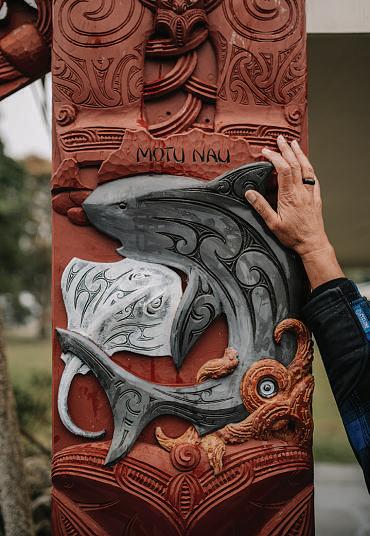
ApouonthewaharoaatPukehinaMarae It identifiesNgātiWhakahemoascoastalpeople andcaretakersoftheirmarinetaongaspeciesand spaces,includingtheirislandMotunauandthe kaitiakithatresidethere–whairepo,makoand wheke,amongothers.
“When I talk to people who want to heal – or aim to restore – the whenua, I also talk about it as the revitalisation and the restoration of the people.”
While returning home seemed a daunting task for her, it is the best thing she has ever done. Her tamariki are now adults with pēpi of their own, and have a strong connection to their marae. Kura’s motivation in life is to contribute to the betterment of our world, for future generations to not only survive but thrive in.
“If you’re connected, you feel a sense of responsibility, and that is our role and privilege as humans From a te ao Māori perspective, and for most indigenous people on the planet, that is our role – to care for the world.”
Kura’s story was originally published in Shepherdess magazine. For more stories of inspiring women in provincial Aotearoa New Zealand,visit www.shepherdess.co.nz. Shepherdess magazine is stocked in dairies, supermarkets and boutique design stores across the country.
Solar water pumping has always made environmental sense, nowitalso makes financial sense!
We specialiseinsolar waterpumping solutions for livestock on remoteareas of farms.
We stock surface pumps,borepumps, floating submersible pumps and mobile pumping solutions. We can pumpupto200,000litres per dayorupto300 metres in height
For more information,contact Steve...
Kaipara Moana Remediation (KMR) and The Forest Bridge Trust (TFBT) have teamed up once again to makeapositive difference to the environment and help restore themauri of the Kaipara Moana.
TeWhio farm is in the Whangaripo Valley (near Matakana)and hasbeen in the Petrie family since 1919
It is now run as afamily trust and managed day-to-day by farm manager Clive Gravatt with support from farm adviser AndrewDrysdale, who oversees 1000 breeding ewes (more than 1300 sheep in total)and around 320 cattle.
The 433-hectare farm isam of steep hill country complete with bluffs and iconic waterfalls cascading down to fertile flat land on the valley floor, which is interwoven with stunning wetlandsand waterways drainingfrom the hills down into the Kotekote Stream. Of this, it has 325 effectivehectares.
Marie Petrie took on the job of working with Clive after herhusband Donald passed away in 2016.Donald had worked tirelessly on the farm from the day he left school in 1956, carrying on the legacy of his father Lennox,who had purchasedthe land in 1919
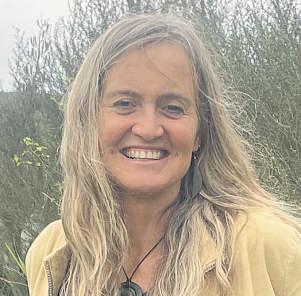
Marie says Te Whio hasbeen on the journey of restoring its waterways for some years now.
Thefamilyheard abouttheKaipara MoanaRemediation programmewhen daughterSusan attendedaworkshop SheworksonTeWhio mostweekends.
Walking over the land or driving past onthe main road, their efforts to fence and plant up wetlandsand waterways is inspiring foranyone to see.
It was back in 2022, when Te Whio first teamed up with TFBTand KMRtofence off the remainingwaterways and wetlandson the flats, while also outlining plans to plant







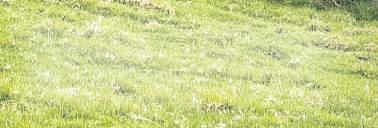

them with natives to reduce streambank erosion, reducewater flow and increase biodiversity
In total, 6.6km of fencing has been erected to protect4km of waterways andwetlands, in which 8610 natives will be planted between winter 2023 and 2024
Once this is achieved, they aspire to retire the steepest of the hill country and return it to forestcover as away of mitigating thefuture risk of land slipping and loss andtoensure a healthy, resilient farm for another ‘century’.
Marie says the family first came across KMRwhenher daughter Susan attended a Beef +Lamb NZ workshop on creating Farm EnvironmentPlans and heard of thework KMRwas doing to restore the health of the
waterways to the Kaipara Moan “Initially, awetland was fenced and planted in riparian plants and trees and some drains fenced only. KMRhas just acceptedanapplication from Te Whio to help finance more work on fencing waterways and planting awetland.”
Marie says it is satisfying working with KMRasthe organisationidentifies the work that needstobedonein consultationwith thetrustees, makes aquotefor fencing and trees and puts in an application for financialhelp on their behalf. In essence, KMRmakes the process

ANorthland family is working hardtomake adifference to the environment on their sheep and beef farm.
By SteveMacmillan.
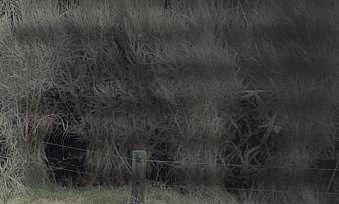


Farmmanager Clive Gravatt oversees the daily running of Te Whio farm.

asy for the landowner. “As longasthe work is done their requirement, they reimburseusfor half of the expenses. What contacts and dealing we have had with KMRhas been veryprofessional in the way they approach the trustees. In consultation, they have supplied good soundhelpful advice on what other wayswecould utilise them to protect the land.”
Marie encourages farmers with waterways/wetlands within the KaiparaMoanacatchment that need fencing and that they want to protect, along with steep hill country pronetoerosion

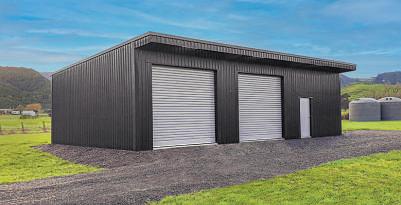


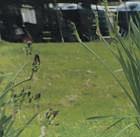
If you want a farm dog that is intelligent, loyal and learns fast, then a heeler might be just what you need.
At least that’s the suggestion from Bay of Islands beef farmer Kathryn Lowe.
She has been well acquainted with heelers for almost a decade and describes them as amazing dogs that are in demand throughout the country.
As hervibrant babies tear around the paddock with her son Heath, you can see just how passionate she is about them.
“Many of our pups have travelled to live all around New Zealand, from as far north as Kaitaia to the far south of South Island –Dunedin, Queenstown, Otago, Christchurch and Rangitata included,” says Lowe.
“While they can be used on cattle or sheep, depending on their training, we use them on cattle and bulls only. We find they work cattle best by pushing them from behind, nipping at their heals when required.


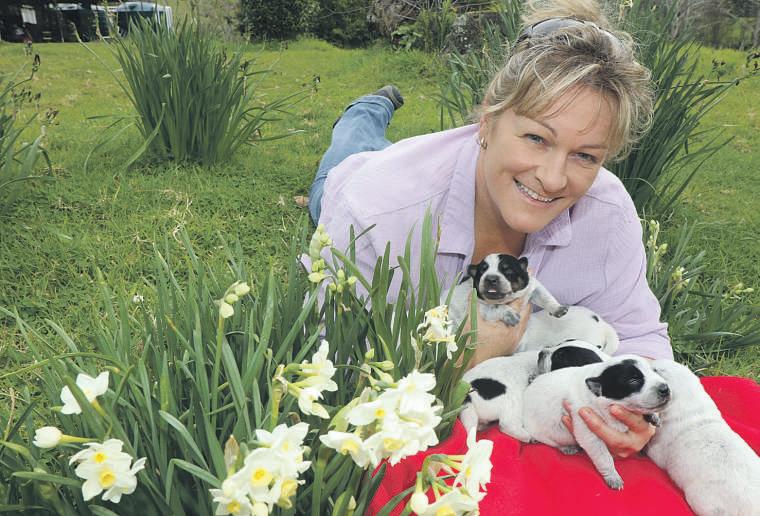

“I find heelers super farm dogs as they are hardy, not fazed by mud and water, work hard and listen exceptionally well instruction once trained
“They are just as happy to help you move cattle or hang out with you while you cut firewood grub thistles and do other general farm work.”
Lowe says that they are just as happy to run out beside her on horseback or alongside the
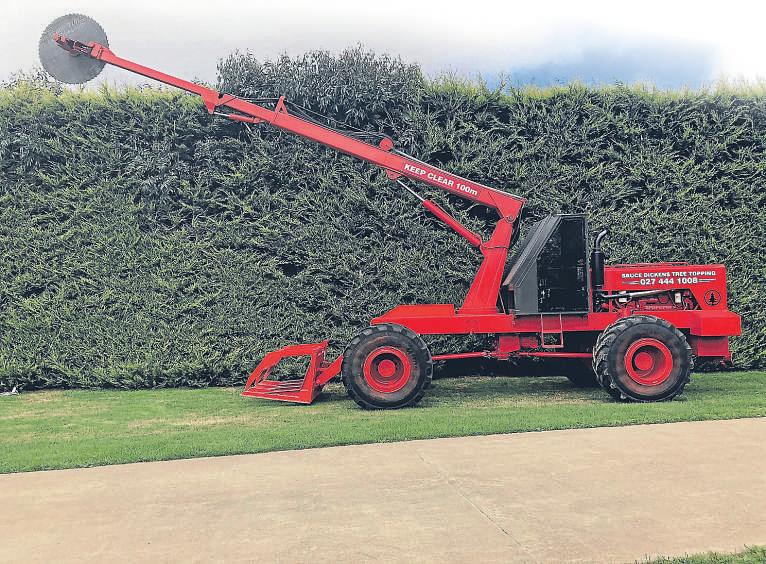

side-by-side. As long as they are with people, they’re content
“Some become farm working dogs, some become builders’ best site mates, some become kayaking and snow adventurers and some just be the best loyal company no matter what they do. Many heelers do exceptionally well in scent work and agility.
“They are highly intelligent, hardy, loyal, love people (kids especially) and adapt well to other farm animals. In fact, I would say they are particularly loyal when compared to some other breeds.”
Key to good breeding is to research your blood lines well, DNA test all through InfogeneNZ and do your best to better the
breed by achieving the best lines you can for your chosen purebred breed lines in New Zealand.
“Always do the right thing and research your bloodlines and DNA test so you’re producing great purebred litters Spend lots of time with your dogs and puppies. Socialising them with other people, dogs and other animals (if possible) is key to a great natured and well-behaved heeler.”
Lowe says her ethos behind Stonehaven Heelers is being an attentive breeder willing to talk people through all the steps involved in rearing, nurturing and creating a wellrounded, well-behaved heeler.
“You will find well-bred purebred, DNA tested, fantastically natured working heelers, along with family pets because we provide working and pet lines to cater for all heeler owner needs.”
She works hard to consistently breed heelers that are well put together physically and have gentle and loving natures, so they are a seamless fit for the families that take them on as either pets, adventure buddies or farm workers
However, the biggest lesson she has learnt working with heelers is to be firm from the outset and be a leader to them.
“If you put your utmost into a heeler and its training, you will end up with an amazing dog every time.
“What I have learnt is all self-taught and commonsense and that’s why I always advise people to only buy heelers from genuine, reputable breeders who breed the right stud to bitch, know what they are doing, are happy to answer all your questions and are happy for you to meet their heelers in person or on a video call,” says Lowe.









The work isn’t as simple as it once used to be, but that hasn’t deterred many of today’s young farmers from choosing the same career path as their parents. By
Madeleine Powers.
Despite the challenges of increasing regulations, high input costs, and debt, many young farmers are choosing to follow in their family’s footsteps.
Waiuku dairy farming couple Nick and Nikki Ruygrok own a 50-hectare farm milking 140 cows. They also lease a 50ha run-off block. The couple says while there have been challenges along the way, it has been worthwhile, especially now with two of their three sons deciding to go into dairying.
Son Daniel learnt to drive a tractor at a young age. In fact, he learnt before his feet could touch the pedals
He would steer while the tractor moved slowly along in first gear so his dad could offload hay.
Not only did the farming life offer endless stimulation and open space to explore as a child, but he learnt to be practical and to solve problems from a young age.
There’s not many jobs where you can have your children with you while you work, but farming is one of them
It’s one of the main reasons Daniel Ruygrok has decided to continue dairy farming.
Despite spending some time away from farming in his 20s when he trained and worked as a builder, he has returned to it later in life and says he wants his own children to have the same upbringing that he had.
He too is able to bring his young son to work with him on the farm and if he chooses to go dairy farming in the future, he will be the fourth generation of dairy farmer in the family.
He and his father Nick prefer the early starts on the farm to the bright lights and confined spaces of the city.
At 5.30am, Nick starts to see the headlights of traffic heading along the road to Auckland.
“At least when I’m up that early I walk out the door I’m already at work, but for them, it’s another hour at least in the traffic until they even get to work.”
Nick says there’s a lot more people living in Waiuku and commuting to Auckland than there used to be.
He believes more people want to live rurally, and are willing to do the long commute to work to have it
Nick is well used to early starts by now, it being part and parcel of dairying which he has done all his life.
Nick grew up on his parents’ dairy farm in Waiuku, which is not far from where he now lives with his wife Nikki.
The couple met when Nikki came to New Zealand on a working holiday from Holland and ended up helping him with the milking when Nick’s brother injured his hand.
Nick’s dad introduced them – he was Dutch too, and still spoke the language, so would have a Dutch rollie and coffee with Nikki, who was staying nearby.
While the couple have lived and worked in the South Island, where they own a sharemilking farm in Southland, they returned to have children and continue farming in Waiuku.
Despite the changing land use affecting other rural communities, Waiuku is still a mostly dairy farming area – the majority being family-owned farms.
Nick and Nikki are not fans of seeing family-owned farms go to corporate
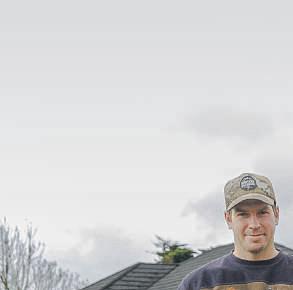
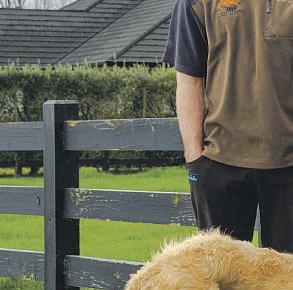
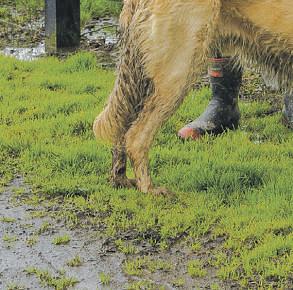
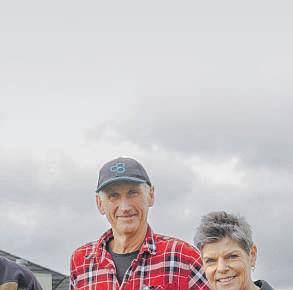


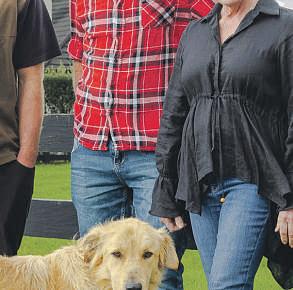
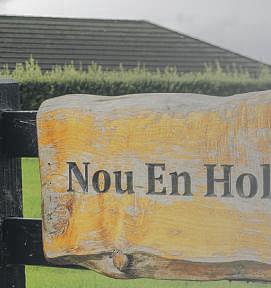
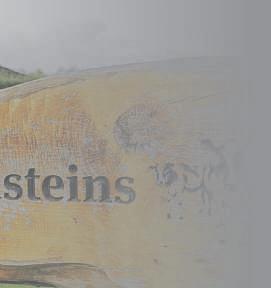
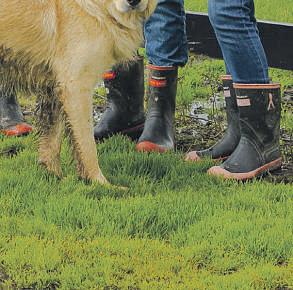
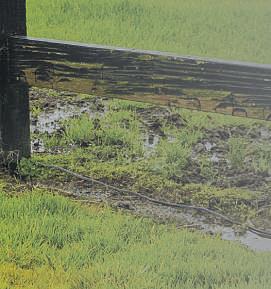
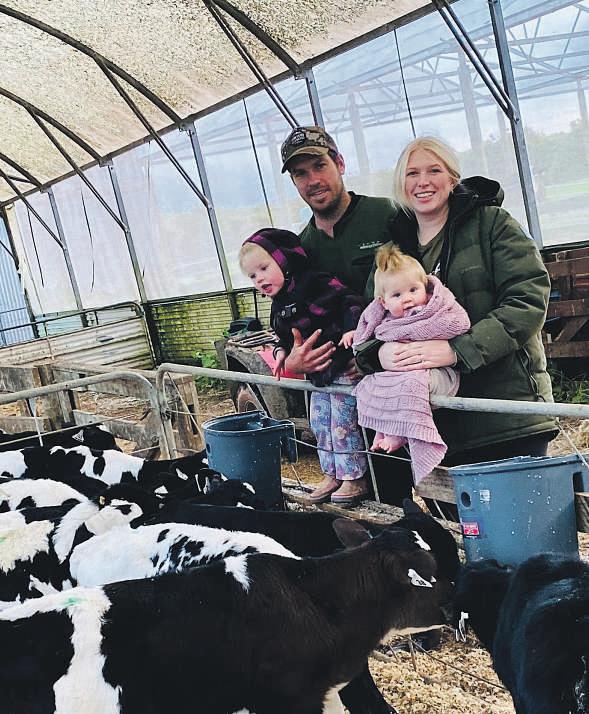
ownership. They’ve seen farms around them get steadily larger with some families buying up other family’s farms who have decided to sell, but there’s no corporate farms in their area.
Nikki says there’s quite a few young dairy farmers in Waiuku too, enough for there to be a group of young farmers who meet regularly for social events, which their youngest son Justin helped set up. It’s not quite the social scene it was when the couple were young, when there were dances held in the local hall once a month, but it’s enough for them to say the farming community spirit is still alive and well in Waiuku. Some things remain the same, while
others have changed, in the decades that the Ruygroks have been farming.
Nick says he always used to be positive about the farming lifestyle, but lately, he’s had doubts about it
He says farming isn’t as simple as it used to be. You can’t just be an ordinary hard-working person anymore, you also have to be able to follow all the rules and regulations that are now in place.
Nick and Nikki recall their early farming days when there was minimal regulations for veterinary medicines.
If you had a sick cow, you would just go to the vet and the vet would tell you what medicine to use.
You could buy penicillin over the counter at the farm store, and there was

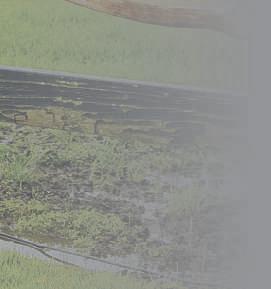
NickandNikkiRuygrok’syoungestson,Justin, attendedTaratahiAgriculturalTrainingCentre andnowworksonasharemilkingfarmdown theroadinWaiuku
RUYGROK FAMILY
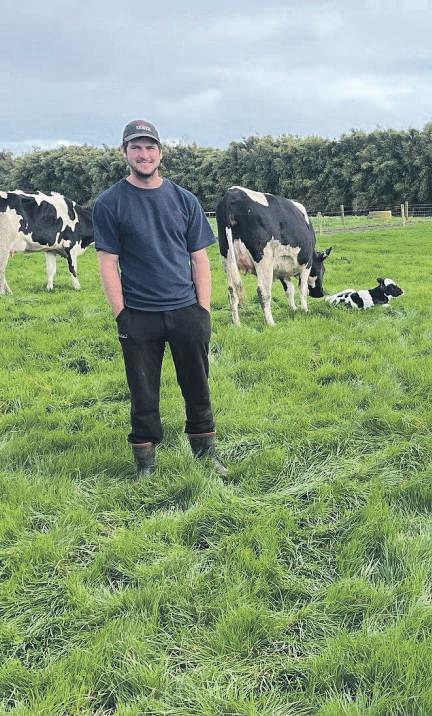
no withholding period for milking, Nick says.
That’s all changed now, and he says most of it is for the better, but it is a lot of extra work which adds on hours to already long working days.
Then there’s the increasing cost of farm inputs which includes higher interest rates, while commodity prices remain the same, or have declined.
These factors have driven them to run the most efficient and productive farming business they can, with no waste.
Part of the drive was also to downsize and reduce their workload as they entered their 50s.
Nikki had had enough of milking, and wanted to finally live in their own home,
after living in share milking houses all their life.
They sold the farm they had at the time and the animals, keeping only
Nick
it
lot
the replacement heifers, empty cows and older cows. They then built their own home, and purchased a smaller 30 hectare farm in Waiuku.
When son Daniel decided he wanted to take up dairy farming, they purchased a 20 hectare block across the road and built up their herd.
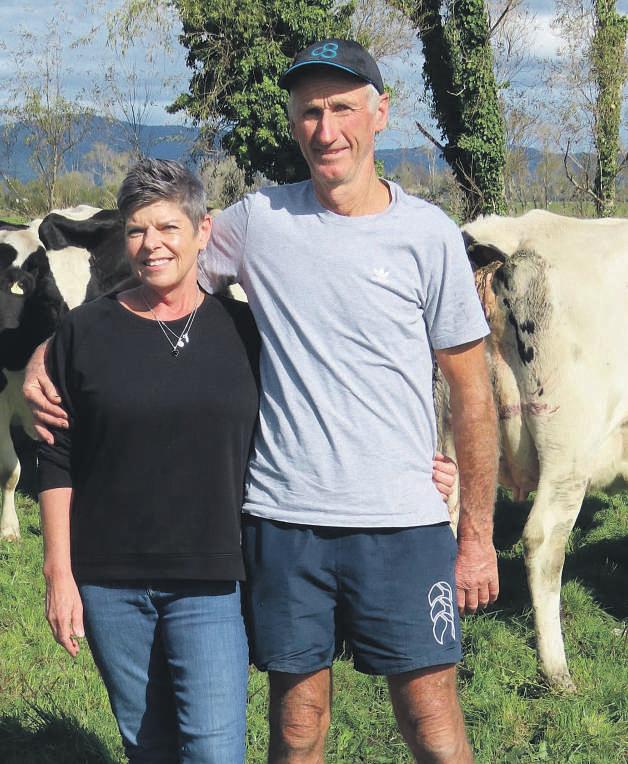

“
We used buckets, washing and sterilising them by hand, and walked everywhere. There were no front-loaders. You wouldn’t last without them now.
the dairy farm while run-off blocks, a family pair agree would not either one of them was alone.
the years, Nick and have refined the art of ciency and productivity dairying.
Through careful breeding, and use of fertiliser and feeding, they are able to produce high quantities of milks solids year-round.
With the addition of a 50 hectare lease block, Daniel has increased milk production to 92,000kgMS with 140 cows, says Nick.
Unlike most dairy farms, they calve three times a year, which labour intensive, means each cow is ven ample opportunity contribute if not one season, then the next.

‘role’
say the rural community spirit is alive and well in Waiuku, with most of the farms owned by local families.
NICK AND NIKKI RUYGROK
With a winter milk contract, Daniel and Nick ve 45% of the herd autumn (AB for three weeks, followed by the bull for three weeks), 45% of the herd in spring (AB for six weeks, followed by the bull for three weeks), and the remaining 10% in January.
There’s no bobby calves, or cull cows, as they get a good price for their Holstein Fresian calves, and beef, and keep the heifers for replacement cows.
“There’s no waste.”
On a recent visit to their 327ha sharemilking farm in Lumsden, they said the farm looked idyllic, and from the outside, it looks like a great lifestyle.
But they say people don’t realise how much more work is involved with a larger farm.
“Everything is multiplied; lameness, disease, calves, and then you need staff, who can be unreliable.”
It is for these reasons that they say the smaller, highly efficient and productive family-run farming model is for them.
The Waiuku farm is 50ha plus a 50ha run-off, with a herd of 140 cows.
It has taken them years to get to where they are, and Nick says it has been hard work.
Nikki recalled how things were when they started out farming, before the technology used on farms today.
“We used buckets, washing and sterilising them by hand, and walked everywhere. There were no front-loaders. You wouldn’t last without them now.”
Nick says he wants his sons to be able to have time off, a luxury he didn’t have Daniel is able to go hunting occasionally, a form of leisure that his parents couldn’t do in their day.
Nick says while he’s glad he can give his children a foot in the door farming, having debt was a great motivator for him.
“Debt can be positive.”
But with calving three times a year, and a young family, and his dad still involved for now, there’s no fear of Daniel resting on his laurels.
While the couple say they got into farming for themselves, Nick says it means a lot that two of their sons are keen to carry on.
“It which makes it worthwhile.”
Wondering how to increase grass seed yield on your land? She can tell you, reports Louisa Steyl.
She might not be the next Alexa or Siri, but Caitlyn is helping farmers sift through and understand complicated science.
The Foundation of Arable Research have quietly deployed the AI tool as Ask FAR on its website.
Wondering how to increase grass seed yield? Ask FAR. What about increasing yields particularly in South Canterbury? You could ask that, too.
The generative AI technology will go through the foundation’s research papers to present an answer along with citations, in case users want to take a deeper dive.
“Having the citations was something we were really adamant we needed to have, because we’re a research organisation,” FAR’s communications manager Anna Heslop said.
company Custom D suggested the tool, it was completely on board.
“It’s happened really quickly,” Heslop said. “It’s pretty exciting for us to be the first to try it out.”
Ask FAR had a soft launch on August 5. In its first week, it answered 334 questions for users, covering topics such as yield improvement, wheat cultivation, weed control and nutrient management.
Custom D business development consultant Josh Smith said the business had been experimenting with AI on the back of ChatGPT launching.

It was also important that growers were confident they were receiving verifiable information.
FAR’s library includes research on crop establishment, nutrition and agrichemical use, soil quality and greenhouse gas emissions on 40 different crops. While the organisation doesn’t give suggestions, it can list practices that have been most successful, based on the research.
Custom D consultant Josh Smith says the more the new AI tool is used, the more it will improve.
Users can either go and read the research Ask FAR finds, or continue asking questions in a conversation.
“Different growers like different kinds of questions,” Heslop said.
It’s not usual for growers to ring up and ask questions and FAR would often direct them to the website, but many said they struggled to navigate the online portal or sift through the large volume of data available, she said. So when the foundation’s website
“We built Caitlyn because we saw potential for organisations like FAR with a huge database of knowledge.”
The product is built on Amazon Bedrock – a generative AI-managed vice from AWS – that uses large language models to extract insights and data, while maintaining data and privacy. Ask FAR was a good use case for the AI tool, Smith said, and because Caitlyn would learn when people asked questions and gave feedback, it was only going to get better.
Wondering where Caitlyn’s name comes from? It was just a personable name that had “AI” in it, Smith said.
AWS New Zealand enterprise, industry and greenfield head Dr Haren Samarasekera said it was exciting to see FAR among the “tens of thousands organisations” testing, learning, and building on generative AI tools.
“We see great opportunity in providing generative AI tools like Amazon Bedrock to help organisations like FAR quickly summarise and produce information quickly and efficiently, enabling their users to unlock information and insights quickly, accurately, and securely from decades of data,” he said.
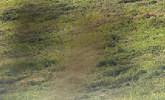
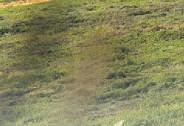

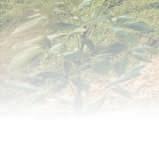
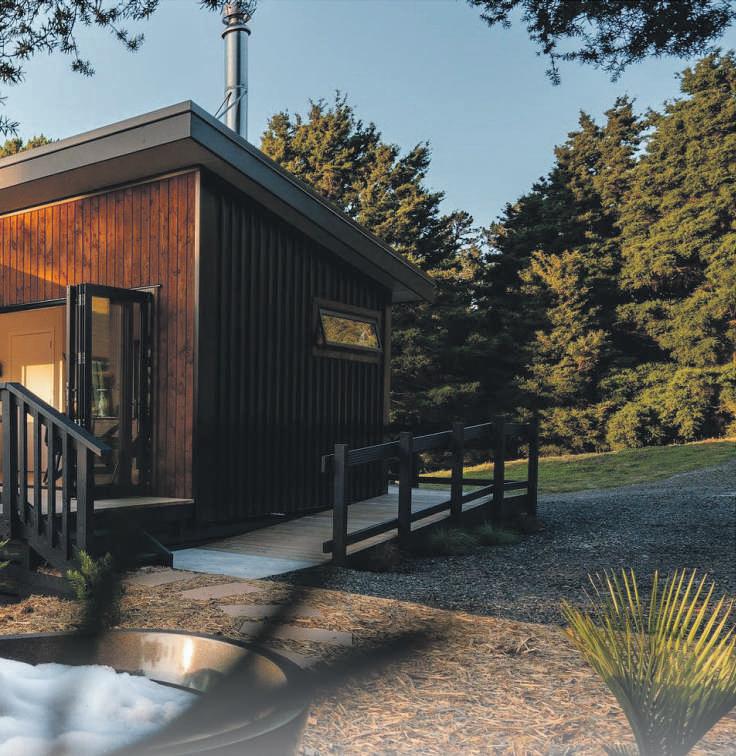


Despite being isolated and private, you won’t sacrifice any comfort. By Brook Sabin
here’s a little slice of New Zealand that deserves a lot more attention than it gets. But I think they like it that way.
I’m talking about the tiny settlement of Waikino, wedged between Waihī and the Karangahake Gorge.
This is a land characterised by steep, forested cliffs, dense native forest and is steeped in mining history.
It’s also where you’ll find one of the country’s newest glamping escapes, which has been designed to be accessible to everyone – it’s got full wheelchair access.
The place Hidden Springs is found on a 90-hectare organic farm that’s just a few minutes from Waikino.
The off-grid cabin, complete with an advanced solar system, is the passion project of Tania and Malcom Davies, who moved to the property from an avocado farm in Auckland.
When they arrived, the farm was in bad shape and they attempted to clear overgrown gorse – sometimes higher than their head – by hand. In the end, they enlisted the help of some machinery, which led to a remarkable transformation of the property.
Their progress so far has included planting 7000 native trees, although they’re the first to admit their journey has only just started. For every stay, they’re planning to also plant an extra tree on the farm.
The cabin is reached by a snaking road through the bush, before coming to a clearing that reveals a hidden sanctuary designed for relaxation. It sits next to a little river, with two hidden springs
The space
The cabin is designed for couples –although it’s also an excellent escape for a solo adventurer.

Essentials:
Staying there: Hidden Springs, from $350 per night
See: canopycamping. co.nz/hidden-springs
Getting there: Waikino is an hour’s drive from Hamilton, one hour 15 minutes from Tauranga and one hour 45 minutes from Auckland.
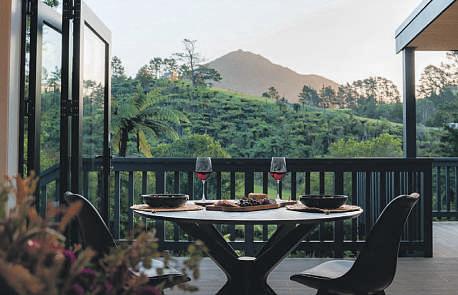
One of the main features is the stunning outdoor bath, alongside magnificent views of Mt Karangahake from a large deck. It’s the perfect place to unwind with a drink, listen to the birds and enjoy the vistas.
Inside is a bedroom with a king bed, a well-appointed kitchen complete with a fridge and gas hob, and there’s also a barbecue outside. A spacious lounge

rare to find this with off-grid cabins and should be celebrated.
The food
Self-catering is the main option here, although if you feel like going out for a nice meal, Falls Retreat has excellent food and ambience and is only a few minutes’ drive away.
If you’re a pie fan, don’t miss a visit to Providence Pantry – a 15-minute which makes delicious memade pies.

cabin has been thoughtfully designed.
Worth stepping out for The Karangahake Gorge is a must-visit while staying here. This lush canyon is full of spectacular walks, complete with suspension bridges, tunnels, historical relics and pristine native bush. Waihī Beach is just 20 minutes away, and a perfect place to cool off if the weather is warm. Paeroa is a 15-minute drive away, and after travelling to every region in New Zealand during the Covid-19 border closures, I think it has to be the North Island’s most under-rated town – so it’s well worth checking out.
The verdict
with a fireplace provides a great place to unwind with a book if the weather doesn’t allow you to enjoy the outdoors. The cabin has hot water and a full bathroom – just because you’re off-grid, doesn’t mean any comfort is sacrificed.
Accessibility
The cabin is fully accessible, with a ramp, accessible kitchen and bathroom. It’s
A well-executed off-grid cabin that provides a perfect base for exploring a beautiful slice of New Zealand. And best of all, it’s accessible to all.
trip
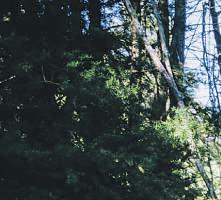
Fact file: Rustic ReTreet starts from $275 per night. The Canopy Camping Escape has room for four people, including children aged 6 years and above.
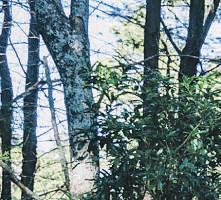
See: canopycamping.co.nz/ rustic-retreet


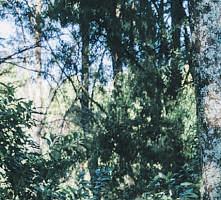
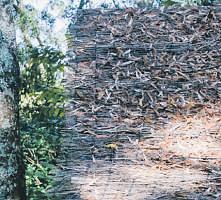
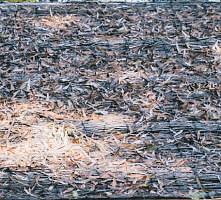
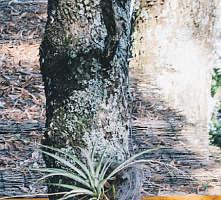
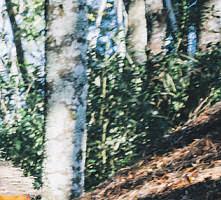





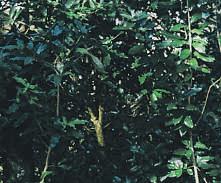
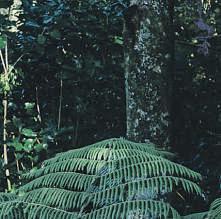



Liz
an utterly delightful treehouse perfect for couples and families.
It’s not often that you rock up to accommodation while travelling and immediately feel like you’ve stepped into a fairytale.
With so many tourists visiting New Zealand, accommodation can often feel really similar to everywhere else. Cookiecutter Airbnbs and hotels are everywhere now; sometimes even the furnishings are the same – I’m looking at you, Kmart.
So when you end up somewhere utterly unique, it’s very noticeable. And when you end up somewhere that is essentially an adult treehouse? Well, that’s downright unforgettable.
The brainchild of locals Simon and Janine, the Rustic ReTreet exudes charm and appeal. Nestled a few minutes’ drive outside Tākaka, it’s the perfect place to base yourself on a holiday in Golden Bay.
While it’s on the same property as their house, you are far enough away to embrace the seclusion; you don’t see or hear any noise except for the birdsong in the forest.
Inspired by the mature oaks and forest around their property, they lovingly crafted a cosy place to stay for those looking to relax and recharge. It does
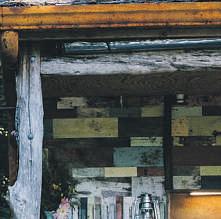

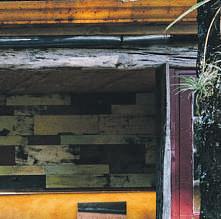


really feel as if you’ve stepped into another world, a great feeling when you’re on holiday.
Built entirely by Simon using timber milled on their property along with repurposed materials, you can quickly tell that everything here was selected with care.
Everything you might need is available, except guests need to bring their own food, so you can just hide away for your entire stay if you like. Dotted with art from around the world, the Rustic ReTreet quickly makes you feel at home; I certainly didn’t want to leave.
Curled up with a book and coffee in the cute window nook, I was able to disconnect from the stress of real life and just relax.
To be fair, disconnecting and relaxing might be the motto for Golden Bay In many ways it feels like you’re stepping back 20 years around Tākaka.
The little arty town punches above its weight with plenty of studios, delicious cafes and bakeries. With cheap fruit available everywhere and consistently warm weather, it didn’t take long for me to begin to question why I live in Central Otago. You just know they don’t get hoar frosts up here or have to worry about their old pipes freezing
Just down the road within walking distance of the Rustic ReTreet is the amazing Rawhiti Cave, perfect for those looking to stretch their legs. A 10-minute drive from Tākaka, the location couldn’t
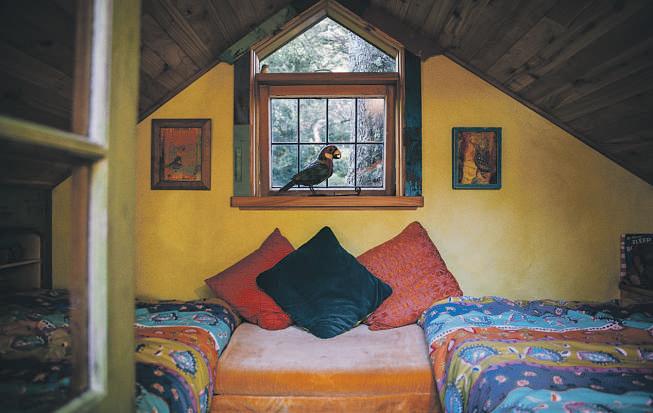





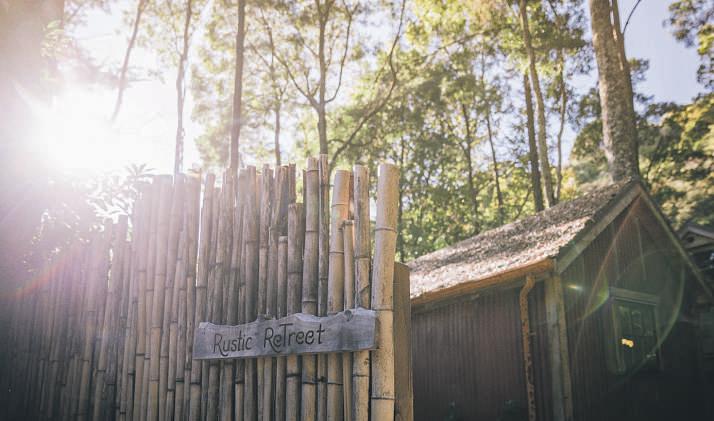
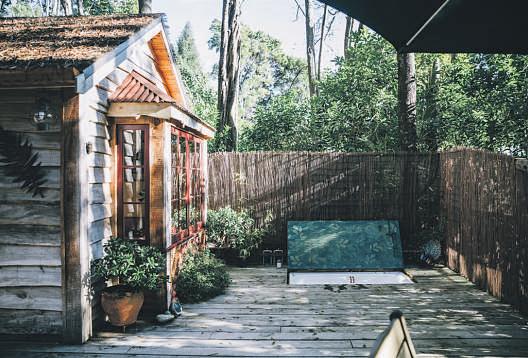

be more perfect. The Rustic ReTreet sits on an elevated deck surrounded by bush. It manages to cater to just about anyone. I stayed there as a solo traveller, and felt right at home, but it would definitely make the perfect getaway for a couple, too. There is a second little building on the site above the kitchen and outdoor bathroom, a little cosy nook with two single beds.
Perfect for families, it’s stocked with children’s books for little visitors to enjoy. Though you can definitely chuck some adults up there with ease, too. An utterly delightful getaway, you get all of the feel of being out in nature but all of the modern luxuries you can’t help but enjoy.


Embark on adreamyDouro River cruisewithAvalon Waterways

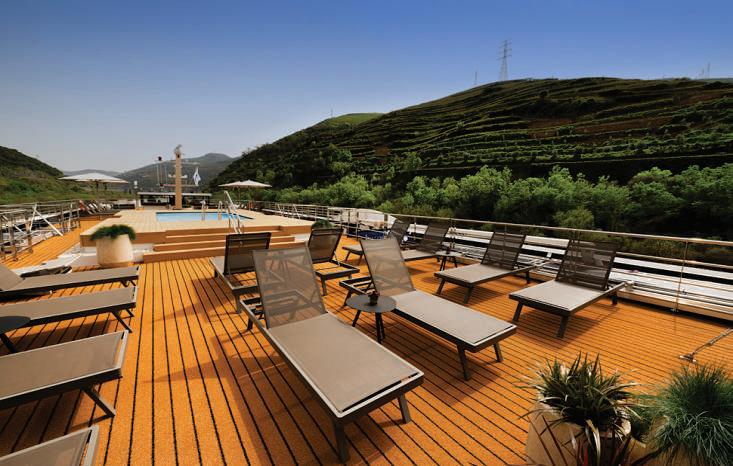

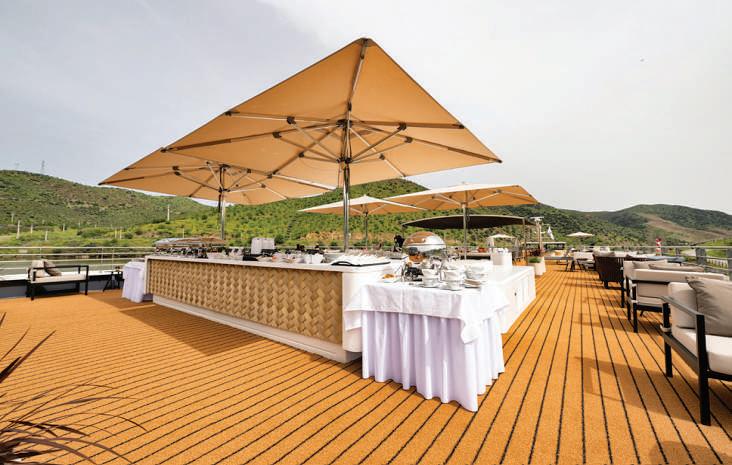
There are plentyofways to see Europe, but perhaps one of themost relaxing is by river cruise. Exploring picturesque towns andfascinating attractionsduring theday, then heading backtoyour luxury accommodation on thewater at night—only to wake up somewhere entirely new the next morning—is atruly magical experience. It’s relaxed andeasybut alsooffers vibrant optionsfor culture, fun, and scenery that will make your jaw drop. And now you can add theDouro Rivertoyourdestination options, as Avalon Waterways has just launched a brand-new ship that will be cruising its dreamy vistas. The Avalon AlegriaSM, only launched earlier this year,has 14 deluxe staterooms and37Panorama SuitesSM and only takes amaximum of 102passengers, so it never feels crowded. Cruising thegentlewaters of theDouro on this beautiful new ship is an adventure through terracedvineyards andremote, rustic villages with medieval castles, cinematic scenery, andall the wine, bread,olives, andcheese your heart desires. This is thestuffdreamsare made of.
Picture waking up to panoramicDouro Valleyviews through expansive floorto-ceiling windows. Sittingupinbed andopening the curtains brings anew view everyday,and Avalonships have the widest opening windows in river cruising, so you canbreathe in the freshair andenjoy theviews without spending all yourtime behind glass. The spacious Panorama Suitesoffer over 30% more room than the standard,meaning there’s space for you to really unpack andmake yourself at home. Youcan enjoy amenities like free Wi-Fi, amodern Fitness Centre, andanAdventure Centre with active gear on board, or stretch out on the SkyDeckwith aswimming pool, premium lounge chairs, andshade system to relaxunder.
When you’re eating many of your meals in thesameplace,you want to know the food is good, andAvalon's exceptional onboard cuisine alwaysdelivers. From the nutritious AvalonFresh®menu to happy hours to indulgent premium dining in the glass-walled Dining Room,
or al fresco at the Sky Grill, you’re always covered. Avalon understands that some days it’s all abouthearty, creamypasta, red wine, and desserts with all the indulgent extras, and some days all you wantisalight salad. Whereveryou’re at, there will be something that fits.
The Douro cruise is acultural delight, with curated excursions to immerse you in local heritage. Meander through cobblestoned historic towns, taste renowned wines, visit ancient vineyards, join aprofessional paintertolearn the art of azulejos (Portuguese tile), and so much more. Excursionscan be leisurely or active, or you can skip them entirely if youwant to explore independently.
Avalon knows—andloves—that everyoneislooking for ways to tread more lightly on our precious planet, and Avalon Alegriastands out as the most sustainable cruise ship on the Douro. With acommitment to eco-friendly practices, this cruise not only offers luxurious comfort but also ensures that yourtravel has apositive impact on the environment
So whether you’re interested in Portuguese art, want to explore the countryside, or are keen to discover sleepy villages where rugged landscapes have been tamed for centuries to produce abountyofwines andcuisine, this cruise is for you.Travelling on the newestaddition to Avalon’s awardwinning fleet of Suite ShipsSM, you’ll be swept away by the Douro’s timeless treasures andtraditions, ancient architecture, multi-generational family farms, fevered Fado music, UNESCO World Heritage sites, andmouthwatering culinary creations.

Visit
or contact your travel agent and book acruise.
The Real Estate Institute of New Zealand (REINZ) has released its latest data on farm sales, revealing trends and shifts in the agricultural property market across New Zealand
There were 215 farm sales in the three months ended June 2024, a small decrease compared to the same period in 2023, where 229 sales were recorded.
Commenting on the regional dynamics, Shane O’Brien, REINZ’s rural spokesperson, said: “The results for June 2024 have continued the trend of much of 2024 with sales back on preceding years, although it is encouraging to note a lift in sales in the traditionally active Waikato and Southland markets when compared to last year and similar sales volume in Canterbury when compared to other areas.”
In the year to June 2024, 928 farms were sold, which was a decrease of 219 sales compared to the previous year Notably, there were 25.8% fewer Dairy farms, 21.8% fewer Dairy Support farms, 31.2% fewer Grazing farms, 18.3% fewer Finishing farms, and 8.9% more Arable farms sold over the same period.
The median price per hectare for all farms sold in the three months to June 2024 was $25,880, representing a 3.9% decrease from $26,930 recorded for the same period in 2023. Additionally, the median price per hectare decreased by 3.8% compared to May 2024
O’Brien commented on the current state of the farm real estate market, noting that interest from potential buyers was lower than expected.
“Buyer enquiry on most farm listings is lower than desired as farmers across all sectors grapple with the change in weather, lower-than-needed farm product

Looking up: The number of farm sales in the Waikato increased by 13 for the three months ending June 2024 STUFF
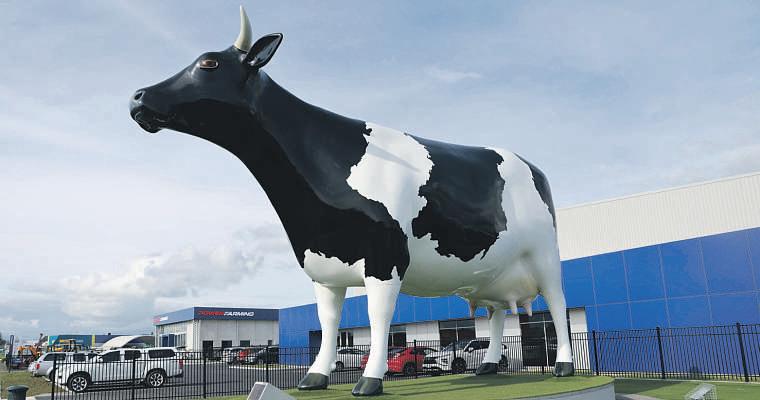
prices and higher farm working expenses. Rural interest rates at circa 8% are also causing buyers to hold off as they wait for the expected drop in interest rates being mooted by the central government and the Reserve Bank,” added O’Brien.
The REINZ All Farm Price Index, which adjusts for differences in farm size, location, and farming type, decreased by 3.2% in the three months to June 2024 compared to the preceding quarter and by 12.4% compared to the same period last year. Regional sales performance varied, with five regions experiencing increased farm sales for the three months ending June 2024 compared to the same period in 2023. Waikato (+13 sales) and Southland (+7 sales) saw the most notable increases, while ManawatūWanganui (-13 sales) and West Coast (-10 sales) reported the largest decreases. Compared to the three months to May 2024, Otago (+4 sales) and Bay of Plenty (+1 sale) were the only regions to record

for June 2024 was 133 hectares. On a price per kilo of milk solids basis, the median sales price was $30.00 for the three months ended June 2024, compared to $30.45 in May 2024 (-1.5%) and $36.67 in June 2023 (-18.2%).
The REINZ Dairy Farm Price Index, which adjusts for farm size and location, increased by 5.3% in the three months to June 2024, compared to the preceding quarter. However, compared to June 2023, the index decreased by 11.6%.
Finishing Farms
increases in farm sales.
“Amidst this cautious sentiment, it is encouraging to note that those recorded sales are still at good levels when analysed on a per hectare or per stock unit rate, suggesting sound underlying market fundamentals,” said O’Brien.
During the three months to June 2024, Grazing farms accounted for 30% of all farm sales, while Finishing farms comprised 22% Dairy farms represented 14% of all sales, and Other farms comprised 9% of the total, collectively accounting for 76% of all farm sales.
For the three months ended June 2024, the median sales price per hectare for dairy farms was $35,530 across 31 properties. This compares to $35,135 recorded in May 2024 (34 properties) and $37,470 in June 2023 (30 properties), reflecting a 5.2% decrease over the past year. The median dairy farm size
In the same period, the median sale price per hectare for finishing farms was $35,225 across 48 properties. This compares to $33,350 in May 2024 (64 properties) and $36,410 in June 2023 (66 properties), indicating a 3.3% decrease over the past 12 months. The median size of finishing farms for June 2024 was 34ha.
Grazing Farms
For grazing farms, the median sales price per hectare was $14,705 across 65 properties for the three months ended June 2024 This compares to $13,880 in May 2024 (69 properties) and $14,070 in June 2023 (64 properties), marking a 4.5% increase over the past year. The median size of grazing farms sold in June 2024 was 81 hectares.
Horticulture Farms
Horticulture farms recorded a median sales price per hectare of $363,300 across 12 properties in June 2024 This compares to $300,000 in May 2024 (21 properties) and $331,970 in June 2023 (17 properties), demonstrating a 9.4% increase over the past 12 months. The median size of horticulture farms sold in June 2024 was 7ha.


Country& Co Realty -MediumRural Office of theYear 2024
Weare proudtoannouncethatwehavewon theNationalMediumRural Office of theYearAward for2024. We arealwaysblown away by the amount of support andrepeatbusinesswereceive from thecommunity Thank youtoall of ourclients over theyears.Ittruelywouldn’tbe possiblewithout youall.




Country &CoisSouthland’s premierrural real estate company, giving you theedge when it comestoyournextmoveinthe farmingsector, whether it be buying or selling.
Contact03218 8959 or visitcountryandco.co.nztosee howwecan help














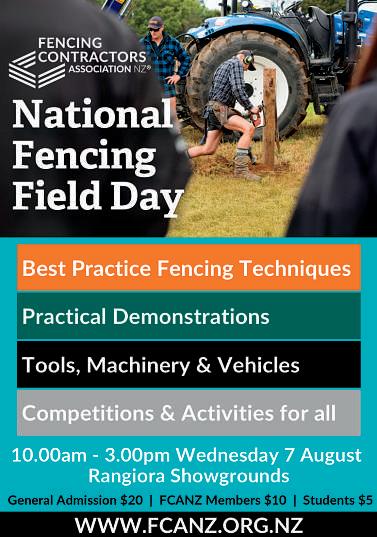

ToiletBuildingatyour cost.Thesetoilets arethe good looking,sensible answer to human organicwastemanagement.Environmentally friendly, they areeconomical easy to installand require littlemaintenance.
Toilets arevented so thereare no unpleasant odours,noneedfor toilet cleanersorroom deodoriser.They meet allrequired NZ Standards and buildingcodes and areinuse by DOCand regional councils.Cheaperto purchase and installcompared to other systems,right from thestart
Youcan leavethe systemtoworkfor youand in theend will have
composted material that can be used in your

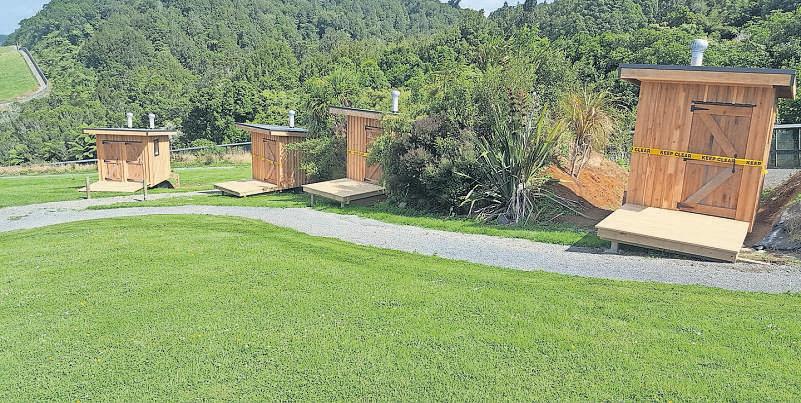


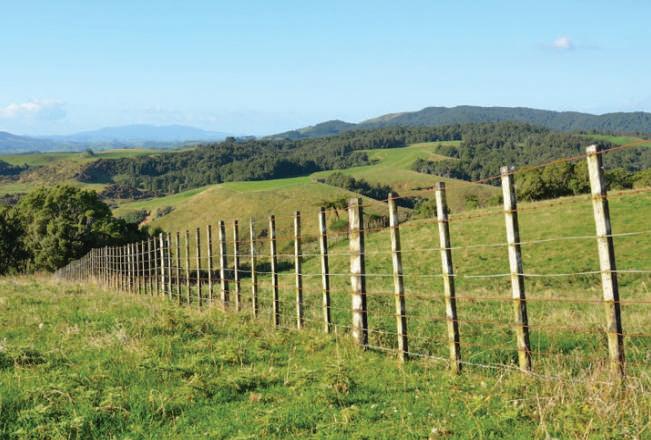
It
is steady as she goes in dairy markets, while demand in the United States is driving up secondary markets for beef reports, Rabobank
Dairy July was a mostly quiet month for Oceania dairy commodity markets and spot prices closed the month marginally lower
The start of the New Zealand milk production season has been mixed. June, typically a low-output month, saw a 2.2% decrease on a milk solids basis, and -1.1% on a litres basis.
New Zealand’s export volumes for the first six months of this calendar year are tracking slightly ahead year-on-year From January to June 2024, on a tonnage basis, exports increased by 1.3% YOY, compared to the same period last year.
Greater shipments to the United States, Philippines and Malaysia have offset smallervolumes to Vietnam, Korea and Australia year-on-year over the same timeframe. Trade value for New Zealand dairy exports for the period totalled NZ$11.6b, representing a 3.6% decline compared to the same period last year What to watch:
Dairy demand in many economies show signs of improving although recovery could be patchy and, still sluggish, but there is a general expectation that demand conditions will continue to improve Core to the farmgate milk price here locally is the demand dynamics from China – especially as New Zealand’s milk production begins to ramp up over the coming weeks.
Beef There has been positive demand in many of New Zealand’s secondary beef export markets in recent months.
Total beef export volumes for June 2024 were on par with June 2023. With China volumes down by just over 6000 tonnes YOY, the US continues to be New Zealand’s leading beef market for the 2023/24 season.
Season-to-date export volumes to the US are up 17% YOY, with China 15% behind on the same period. The average export value for June 2024 to the US was NZ$10.14/kg versus NZ$9.23/kg FOB June 2023.
In New Zealand, saleyards are offering good money for store cattle. A lack of animals is helping to drive higher bids. There appears to be confidence in the beef upswing, with expectations of good pricing over the next eight to 12 months.
Good demand from secondary export markets with Canada, Japan, South Korea and Taiwan responsible for an upswing in volume for June 2024
What to watch:

Store cattle prices in saleyards in New Zealand at the end of July saw some very high prices for bull and prime cattle. With the new season just around the corner and eyes on the number of calves reared, there will soon be further insight into the strength and trust in the NewZealand cattle market as we near 2025.
The South Island lamb price hit NZ$7.00/kg cwt for the first time since October 2023. This is warmly welcomed – with hopes for further upside. Procurement pressure is driving some of the increase, with lamb slaughter numbers having slowed down by 11% YOY nationally for the five weeks to
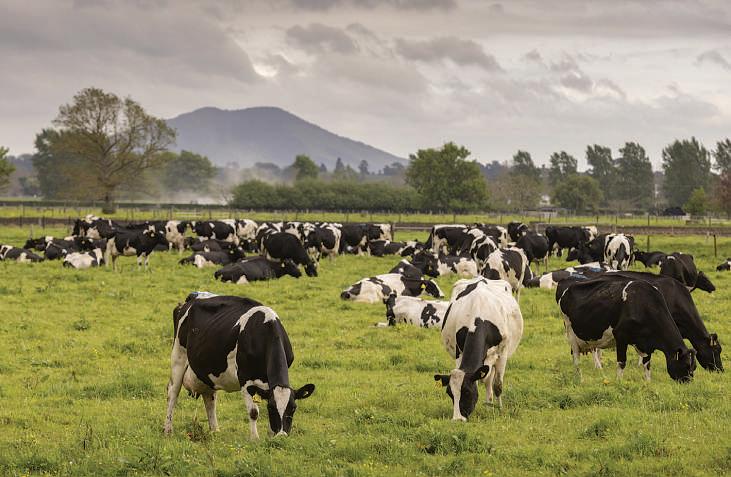
July 6, 2024 The EU-27 and US were our most valuable sheepmeat export markets for June 2024, at NZ$75.5m and NZ$61.8m, respectively. China shipment value was down 39% on last year, at NZ$52m.
Weak mutton prices due to soft demand from China remain a concern for farmer returns. Other markets are being sought out, with mutton shipments to Taiwan making up almost 18% of the FOB exported value, compared to China’s 47%. Additionally, markets including Malaysia, Singapore, and Oman have seen YOY volume increases from April to June 2024

The US and EU-27 show the most valuable volume uptick to NZ export returns and positive signs for both demand and value for New Zealand lamb for the new season ahead. This is good news for farmers, as these markets hold the highest export value for our lamb product. What to watch: China’s export restrictions, and their duration, will also be an important part of global markets, especially if there is a change in policy direction.
Oil and freight Brent crude paid back most of the June gains in July, closing the month at US$80.84/bbl. Lower than expected economic growth for China in the second
quarter, and a slew of soft economic data for the US weighed on the outlook for demand during the month.
We expect that the near-term supply/ demand dynamics will keep downward pressure on crude oil and refined product prices as OPEC looks to gradually restore production but the prospect of lower production out of the United States towards year end keeps us bullish on a more medium-term basis
Signs of escalation in the conflict between Israel and Hamas/Hezbollah/ Iran is a key risk for oil prices following the assassination of Hamas’ top political leader in Tehran and Hezbollah’s #2 in Beirut. Port congestions in Asia continue to impact container availability and pricing, though the worst may be soon behind us.
The industry expects impacts from the Red Sea conflict to last until 2024, and port congestion to start easing suggesting continued tight, but slowly relieving market conditions for the remainder of the year
Global volume is recovering driven by household consumption and inventory rebuild. However, carrier profitability suffered due to the volatile cost.
What to watch:
The heightened tensions in the Middle East present a key near-term risk to prices in the energy complex.


